Off-camera flash tips for wedding photographers
January 10, 2025
PS. If you’re looking for our photography page, click here!
Off-Camera Flash Tips for Wedding Photographers
As a wedding photographer, there’s one thing you can’t always count on: perfect lighting. From dimly lit receptions to overcast ceremonies, there are countless scenarios where natural light just doesn’t cut it. That’s where off-camera flash (OCF) comes to the rescue, giving you the control to craft stunning, well-lit images in any setting. Whether you’re new to OCF or looking to refine your skills, these tips will help you confidently incorporate off-camera flash into your wedding workflow.
1. Understand the Basics of Off-Camera Flash
Before diving into advanced techniques, make sure you’ve mastered the foundational concepts of flash photography. Understand how shutter speed, aperture, and ISO work together with flash power to achieve the perfect exposure. Remember: your shutter speed controls the ambient light, while your aperture and flash power determine how much of your subject is illuminated.
Ready to dive deeper? Download our free Flash Photography Basics guide to get started on the right foot! Click here to grab it now.
If you’re new to off-camera flash, start with one light source and practice in controlled environments before taking it to a wedding day.
2. Invest in Reliable Equipment
Wedding days are fast-paced, and there’s no time for equipment failure. Invest in a high-quality flash or strobe, wireless triggers, and durable light stands. Popular options like the Godox V860 are versatile and portable—perfect for wedding photographers on the move. Pair these with light modifiers such as softboxes or umbrellas to create soft, flattering light for your subjects.
Need help choosing the right gear? Check out our best-selling Flash Photography Course here for expert recommendations and tutorials to get you wedding-ready. You can also shop our flash gear here. While we do earn a commission off sales, these choices were not sponsored. We found and use this gear organically!
Don’t forget extra batteries and backup equipment to ensure you’re prepared for long wedding days.
3. Scout the Venue for Lighting Challenges
Before the big day, take time to scout the venue and assess potential lighting challenges. Look for areas where natural light is limited or harsh, such as dark ceremony spaces or reception halls with colored uplighting. This preparation allows you to plan your off-camera flash placement and settings in advance.
Pro tip: Test your flash setup during the venue walk-through or during cocktail hour to save time later.
4. Use Off-Camera Flash for Creative Portraits
Off-camera flash isn’t just for receptions; it’s a game-changer for creative portraits, too. Use it to add drama and dimension to your couple’s photos. For example:
- Backlighting: Place your flash behind the couple to create a romantic halo effect or highlight details like flowing veils.
- Side Lighting: Position your light source at a 45-degree angle to enhance textures and create depth in your images.
Want to master creative portrait lighting? Our freebie on Flash Photography Tips includes everything you need to elevate your wedding portraits. Download it here!
5. Master Bounce Flash Techniques
If direct flash feels too harsh, bounce the light off nearby walls or ceilings to create a softer, more natural look. This technique is especially useful during indoor ceremonies or receptions where you want to preserve the ambiance without overpowering it.
Keep in mind the color of the surface you’re bouncing off, as it can affect the temperature of your light. For example, bouncing off a green wall may introduce an unwanted color cast.
6. Control Ambient and Flash Light Separately
To create balanced images, learn to control ambient and flash light independently. Lower your shutter speed to let in more ambient light while using your flash to properly expose your subject. This technique helps you maintain the ambiance of twinkling reception lights or a dramatic sunset backdrop while keeping your couple well-lit.
7. Practice, Practice, Practice
The key to mastering off-camera flash is practice. Set up styled shoots or test your gear in low-light situations to build confidence before wedding day. Familiarize yourself with adjusting flash power, modifying light, and troubleshooting issues on the fly.
Feeling stuck? Our Flash Photography Course has step-by-step modules to help you practice and perfect your technique. Enroll now here and take your skills to the next level!
When you’re comfortable with your OCF setup, you’ll spend less time fiddling with your gear and more time focusing on capturing unforgettable moments for your clients.
8. Stay Flexible and Adaptable
Every wedding is different, and unexpected challenges are part of the job. Be prepared to adapt your off-camera flash techniques based on the environment, timeline, and couple’s needs. The more versatile you are, the more seamlessly you can handle any lighting scenario.
Mastering off-camera flash is an essential skill for wedding photographers who want to elevate their craft. By understanding your gear, planning ahead, and practicing consistently, you’ll be ready to handle even the trickiest lighting situations with ease.
Don’t forget to grab our free Flash Photography guide here to keep these tips handy and start implementing them right away!
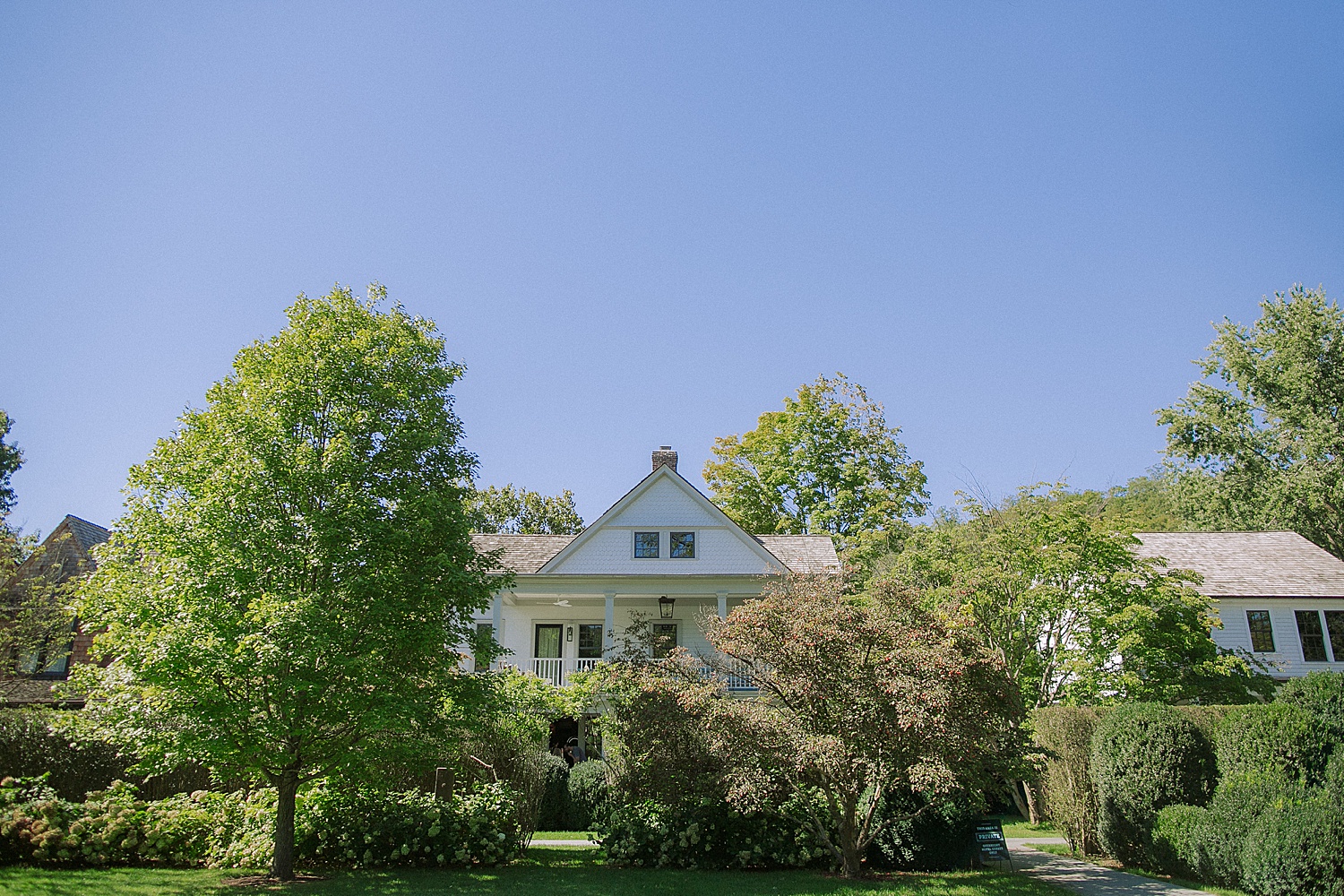
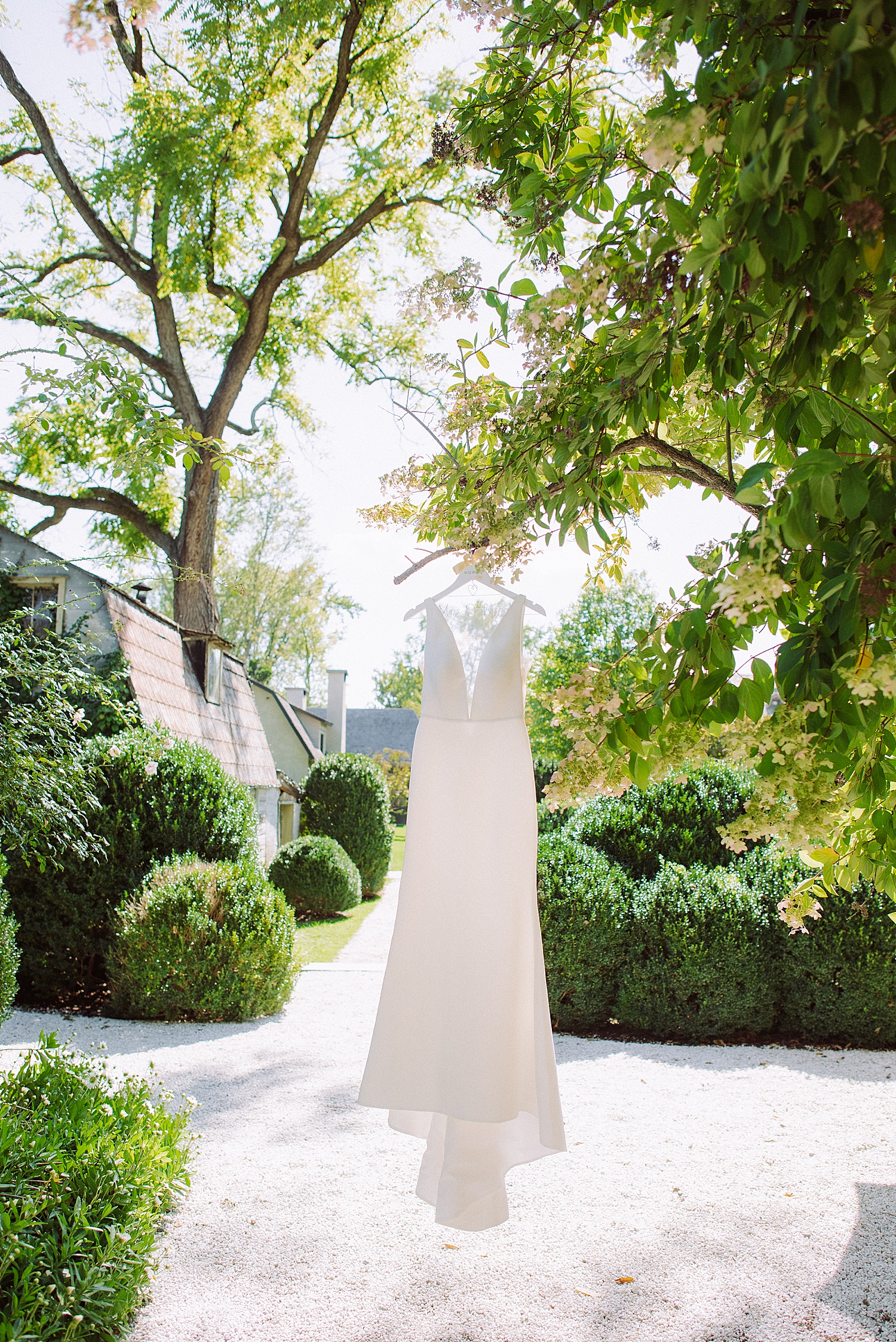
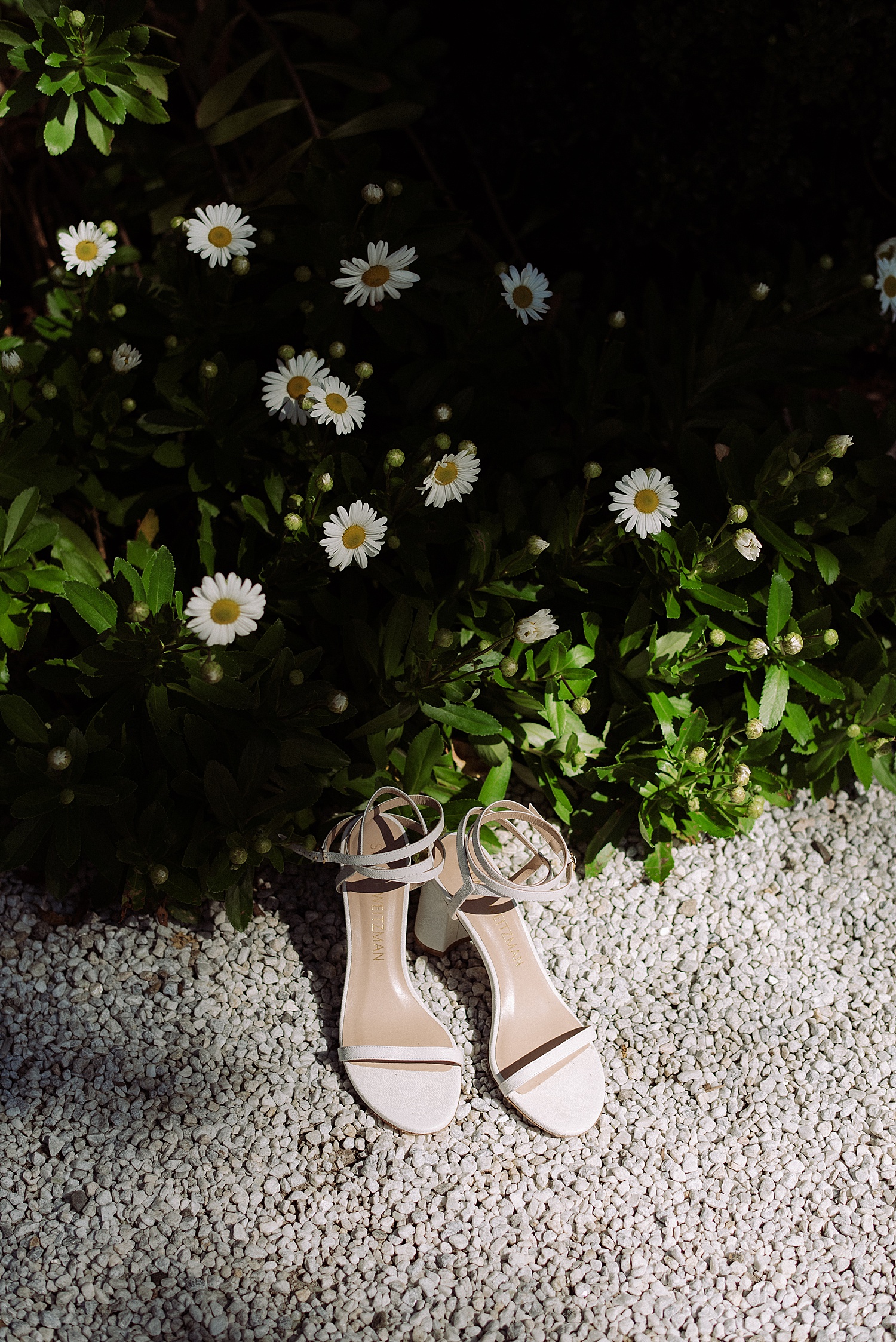
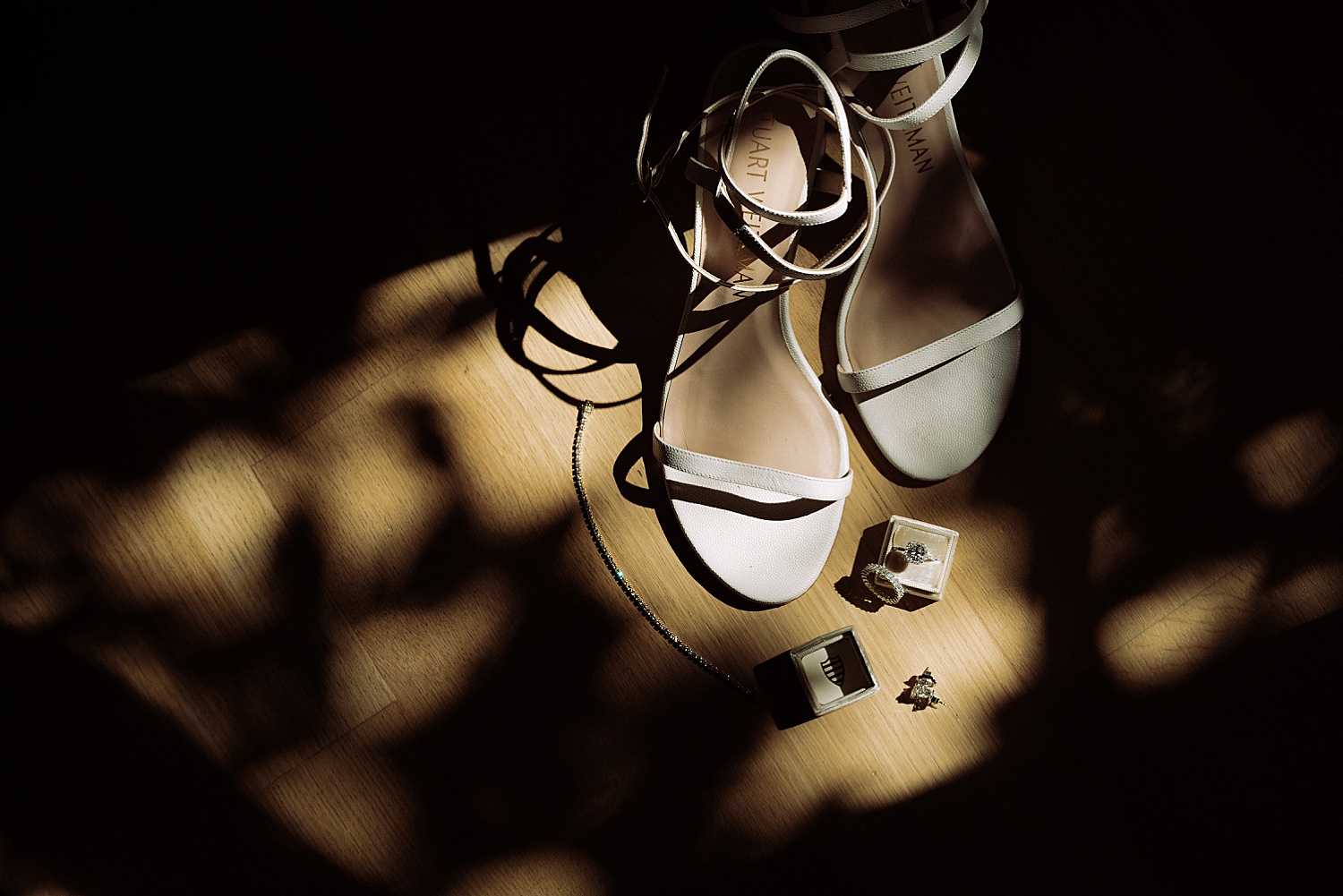
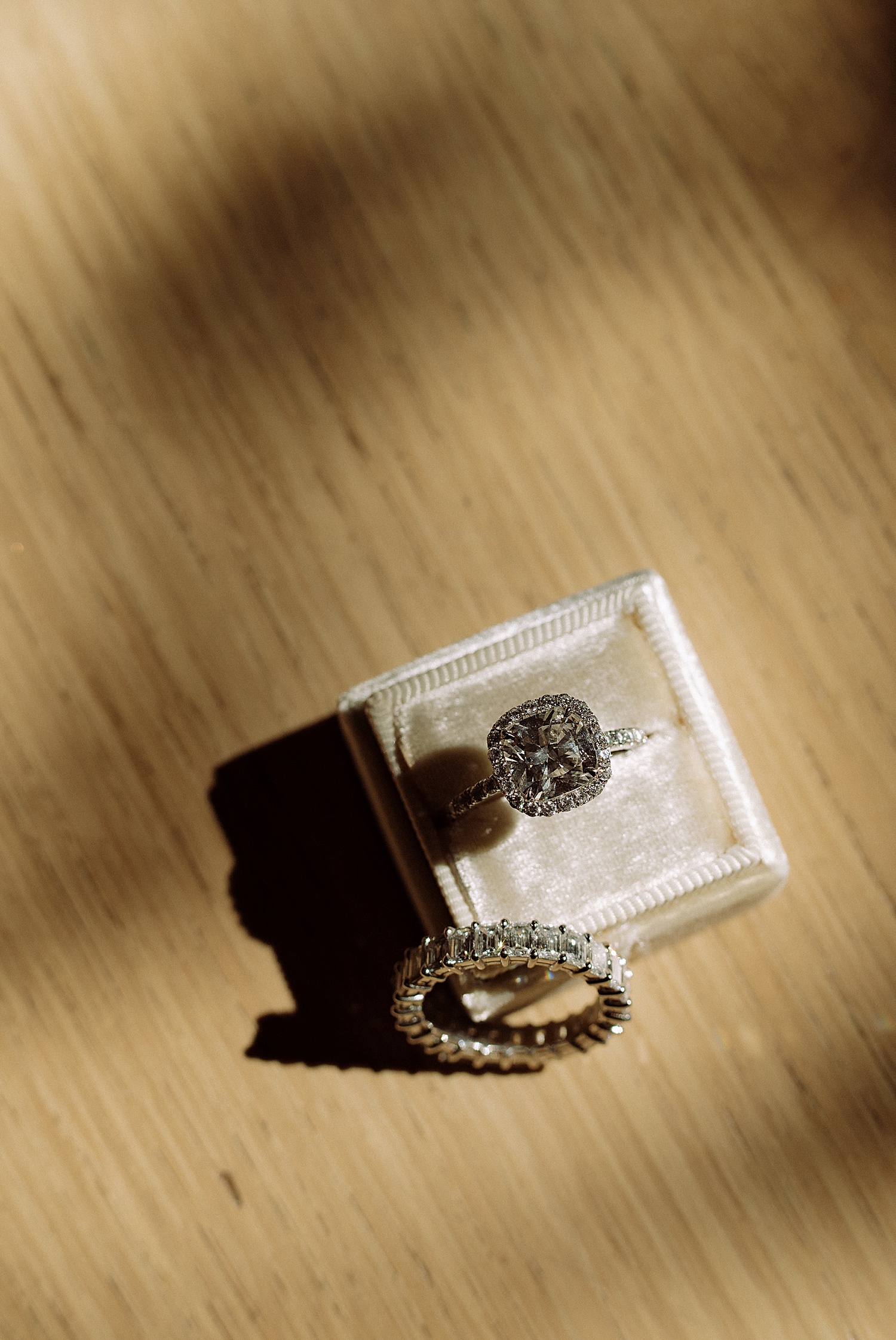

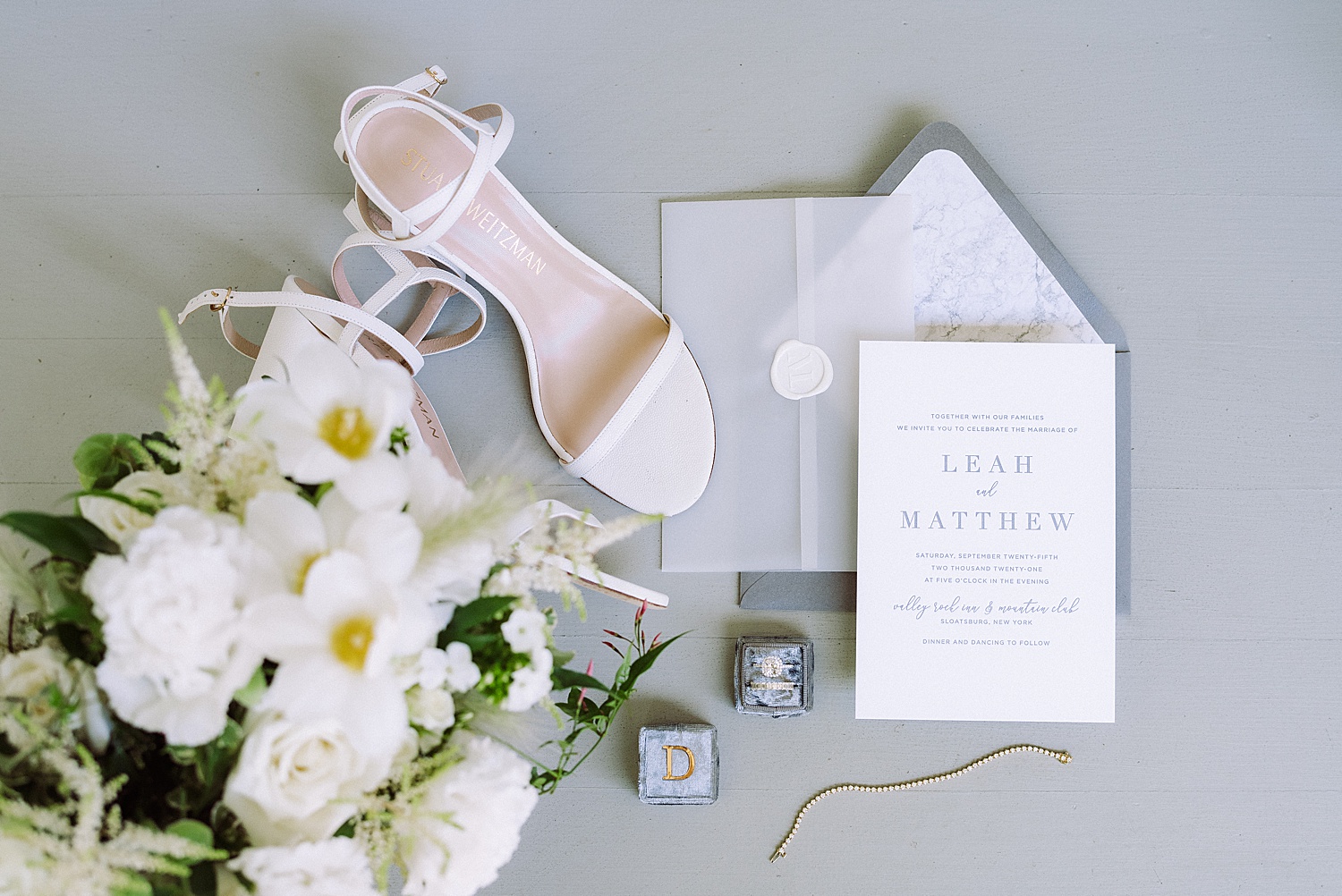
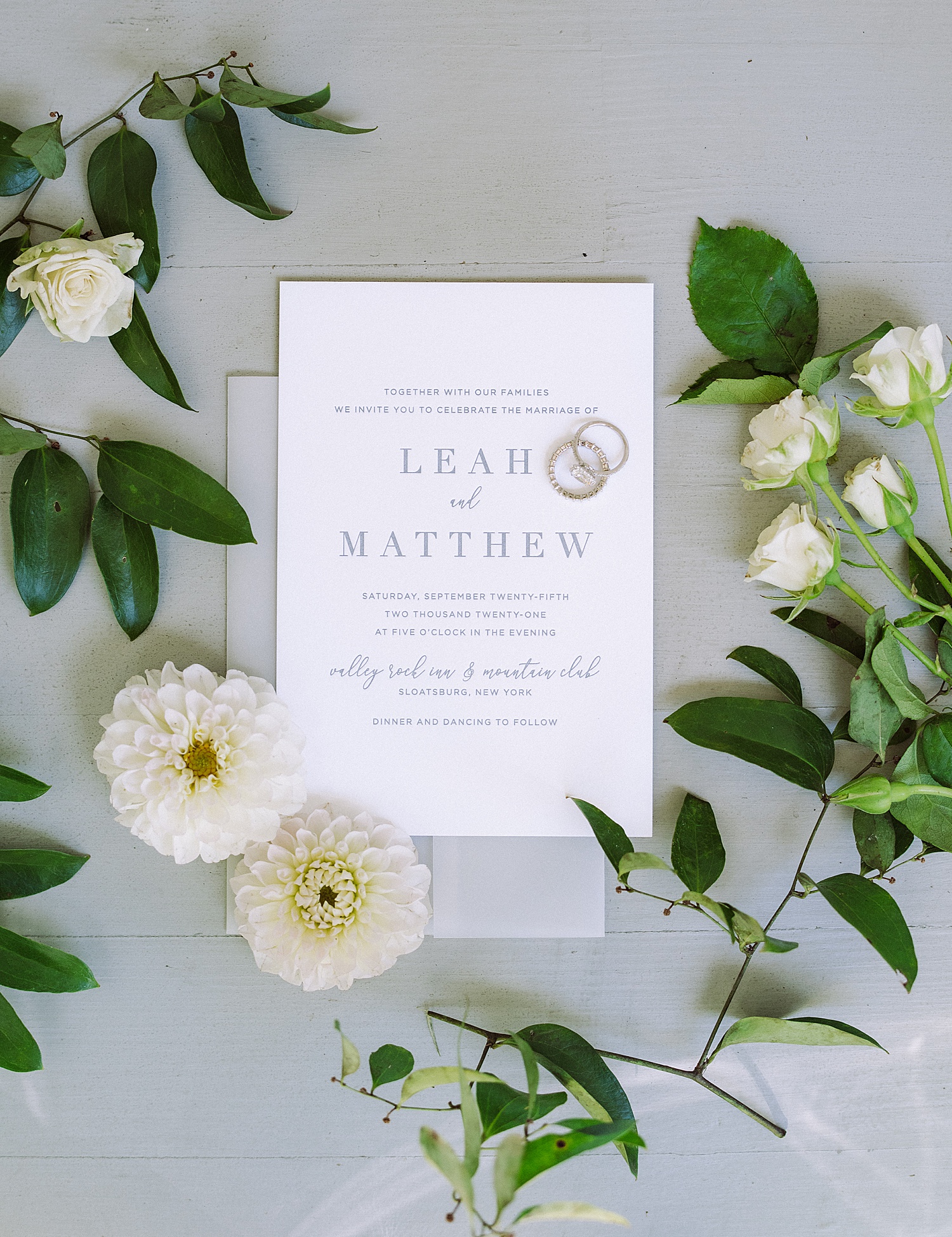
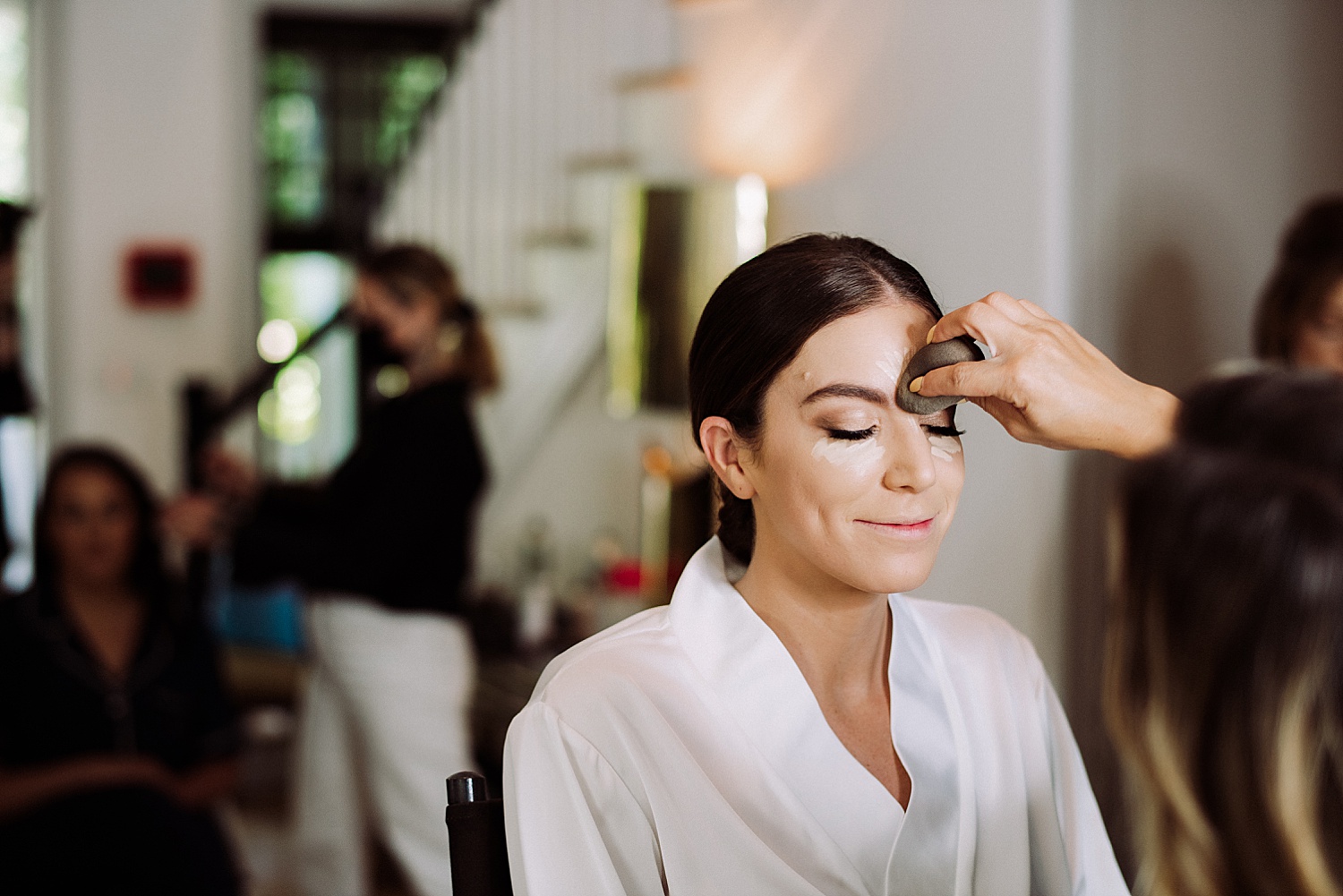
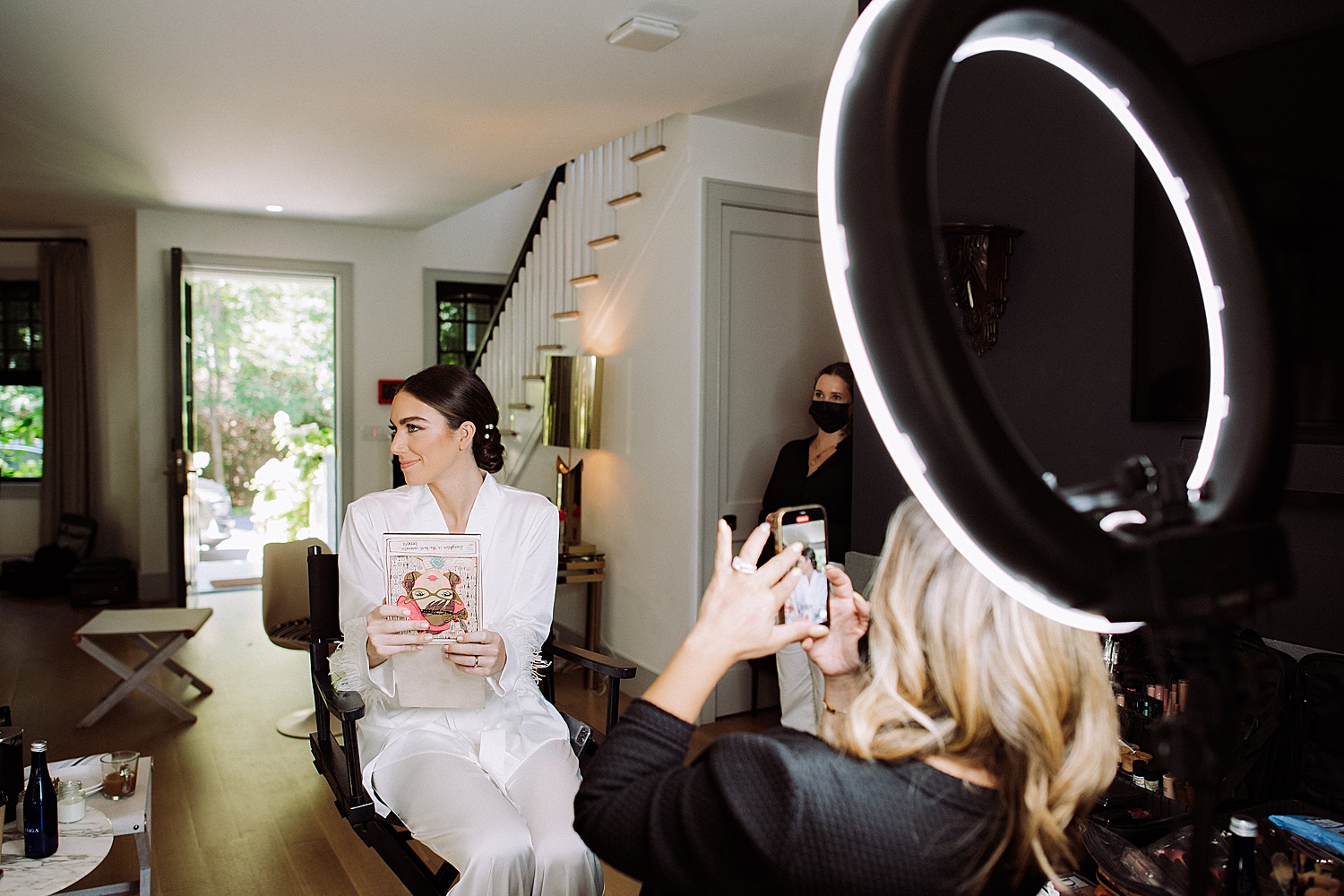
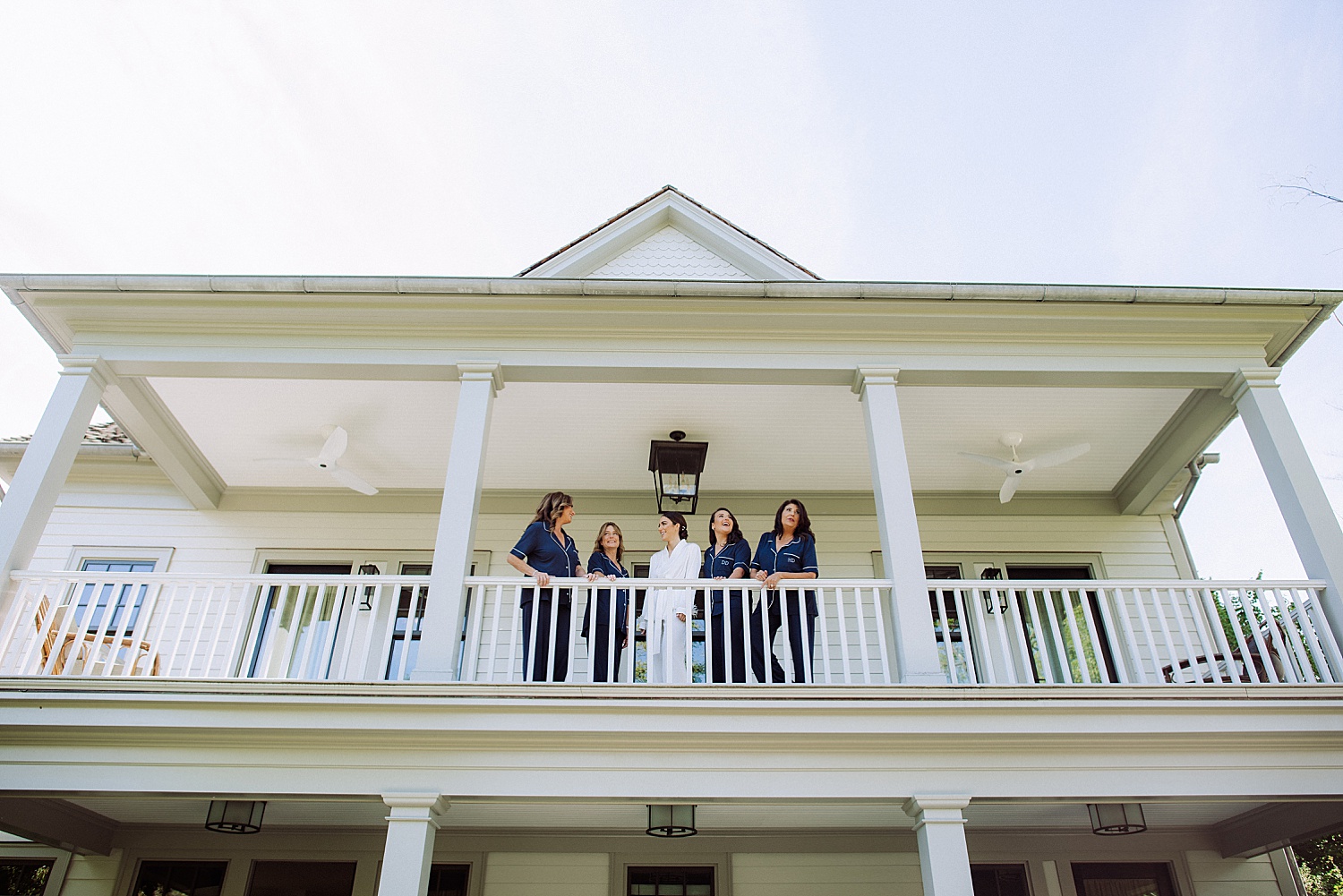
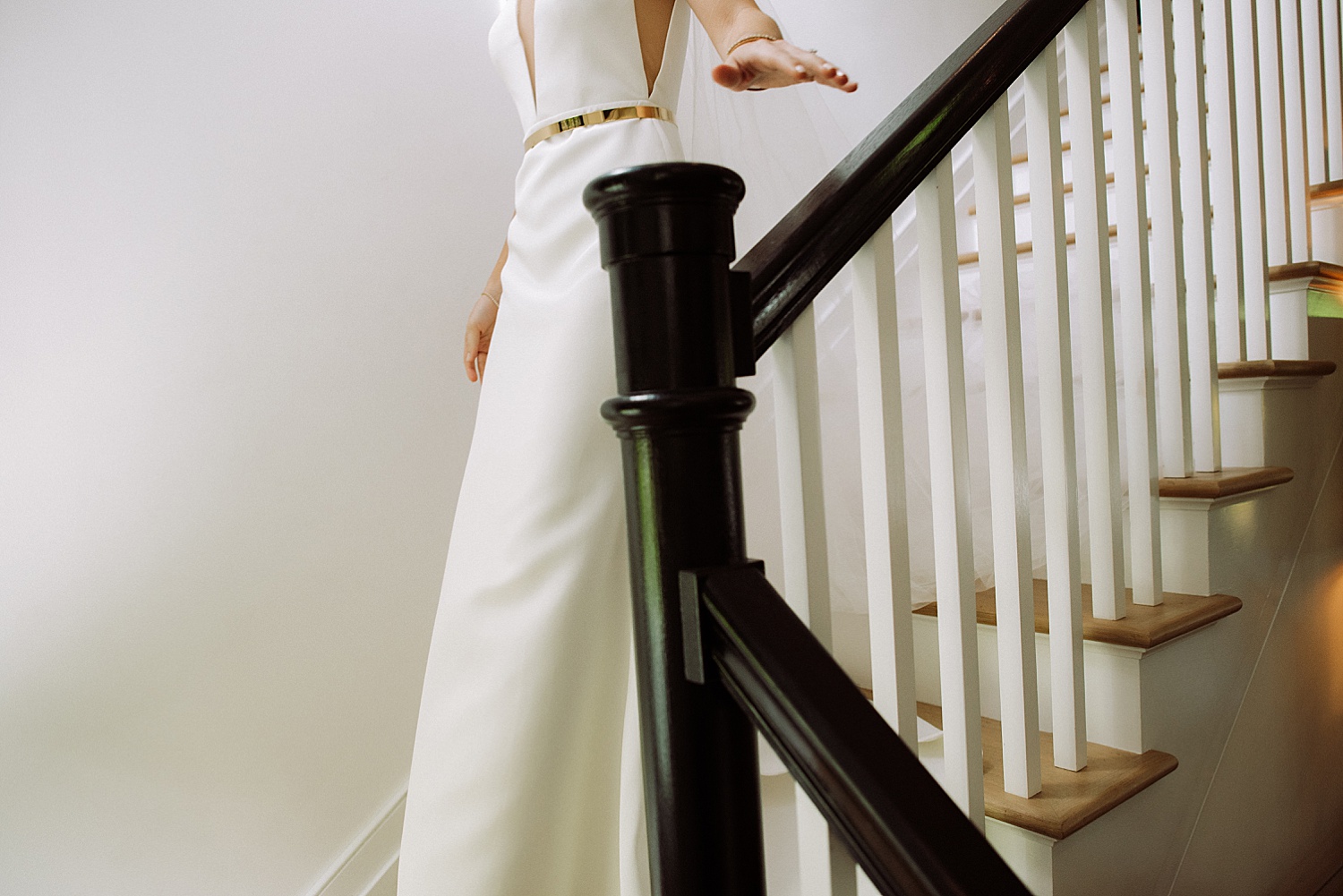
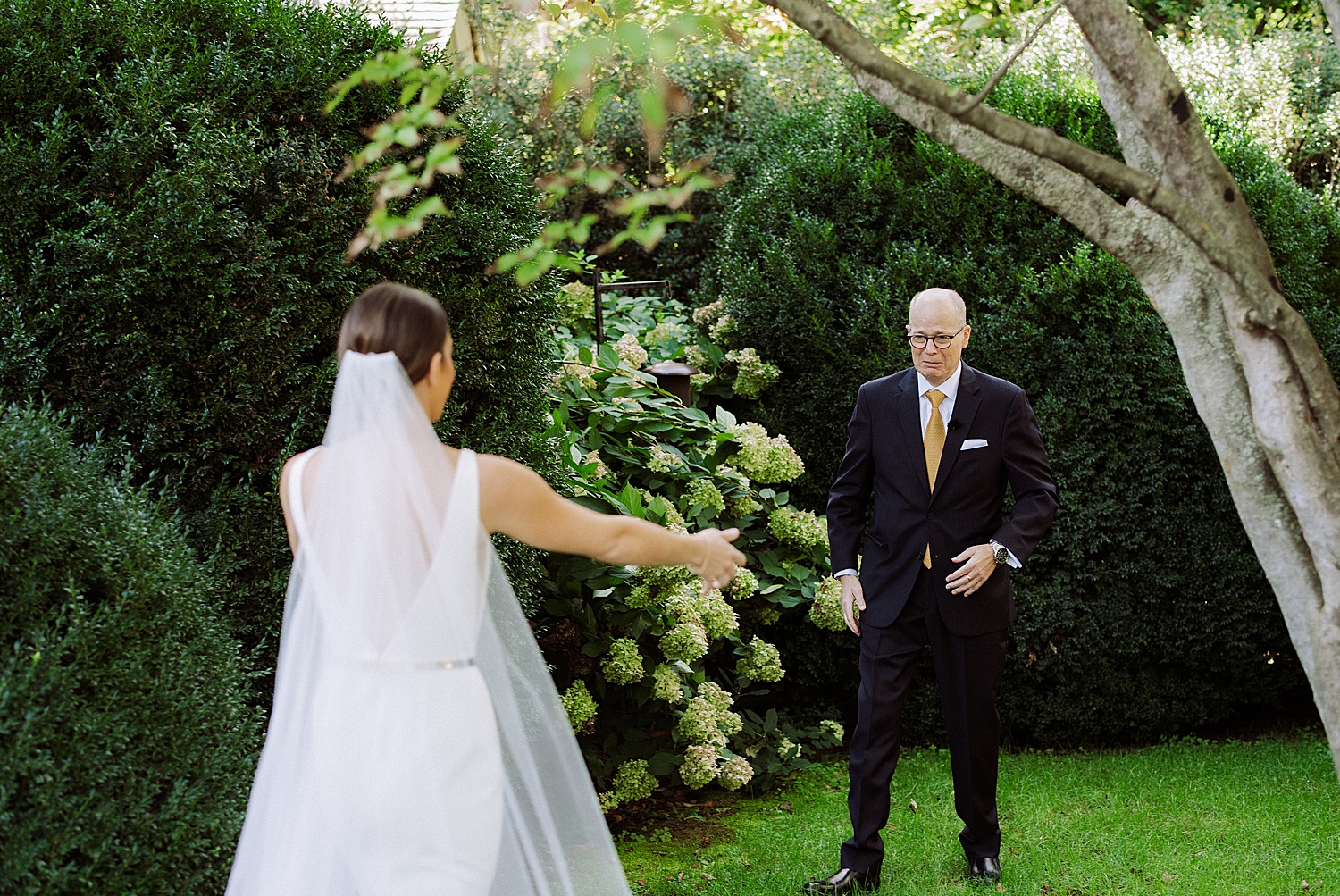
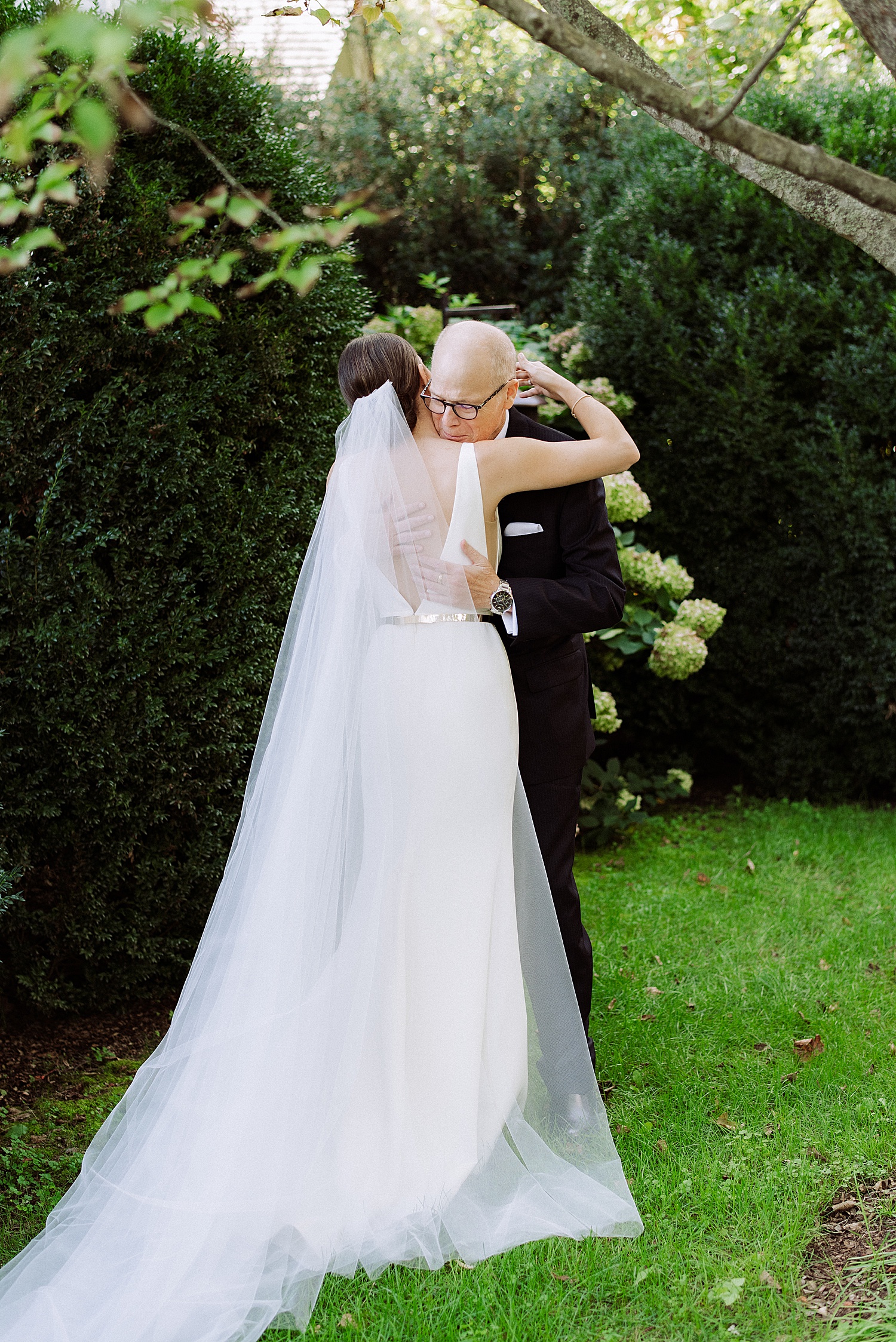
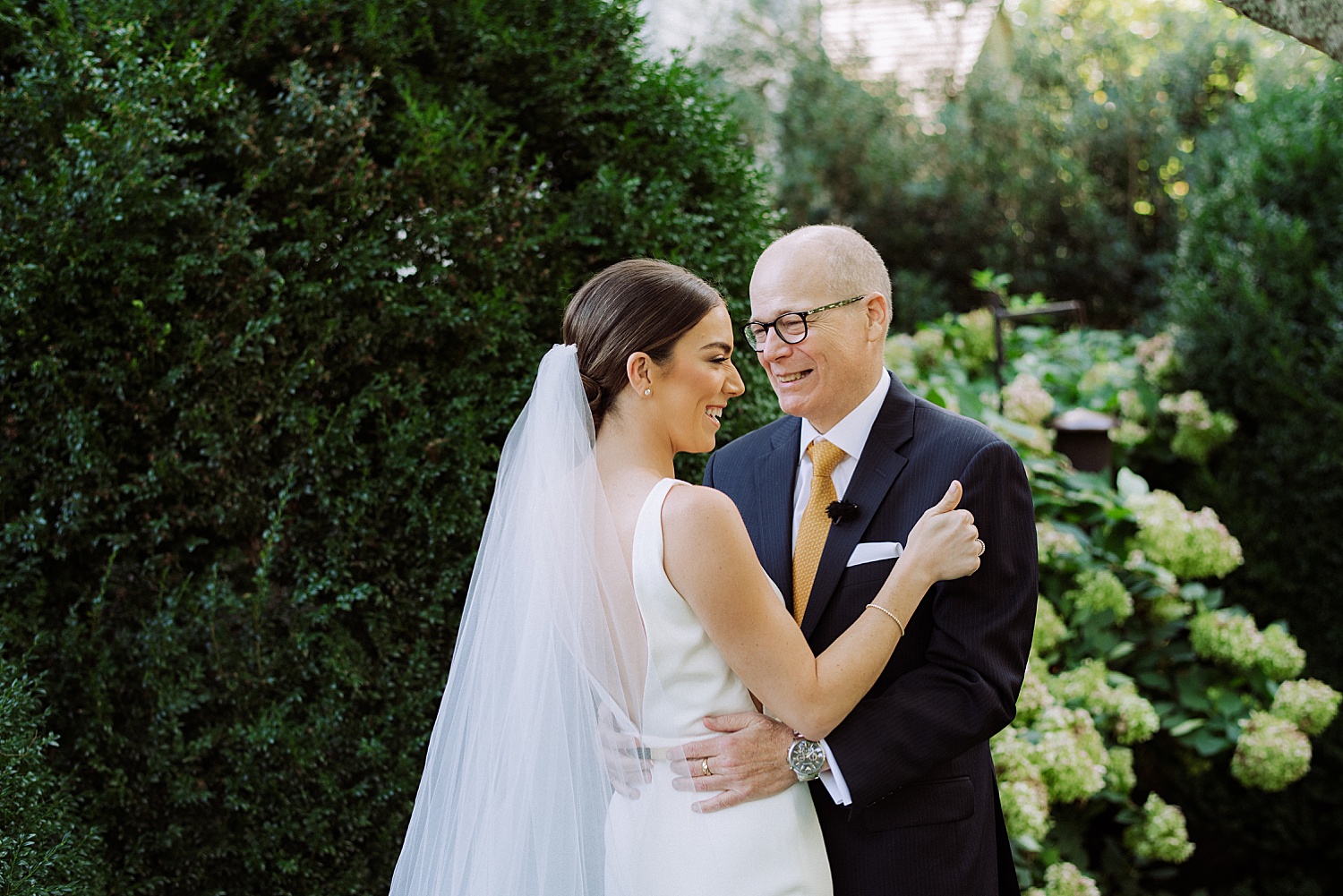
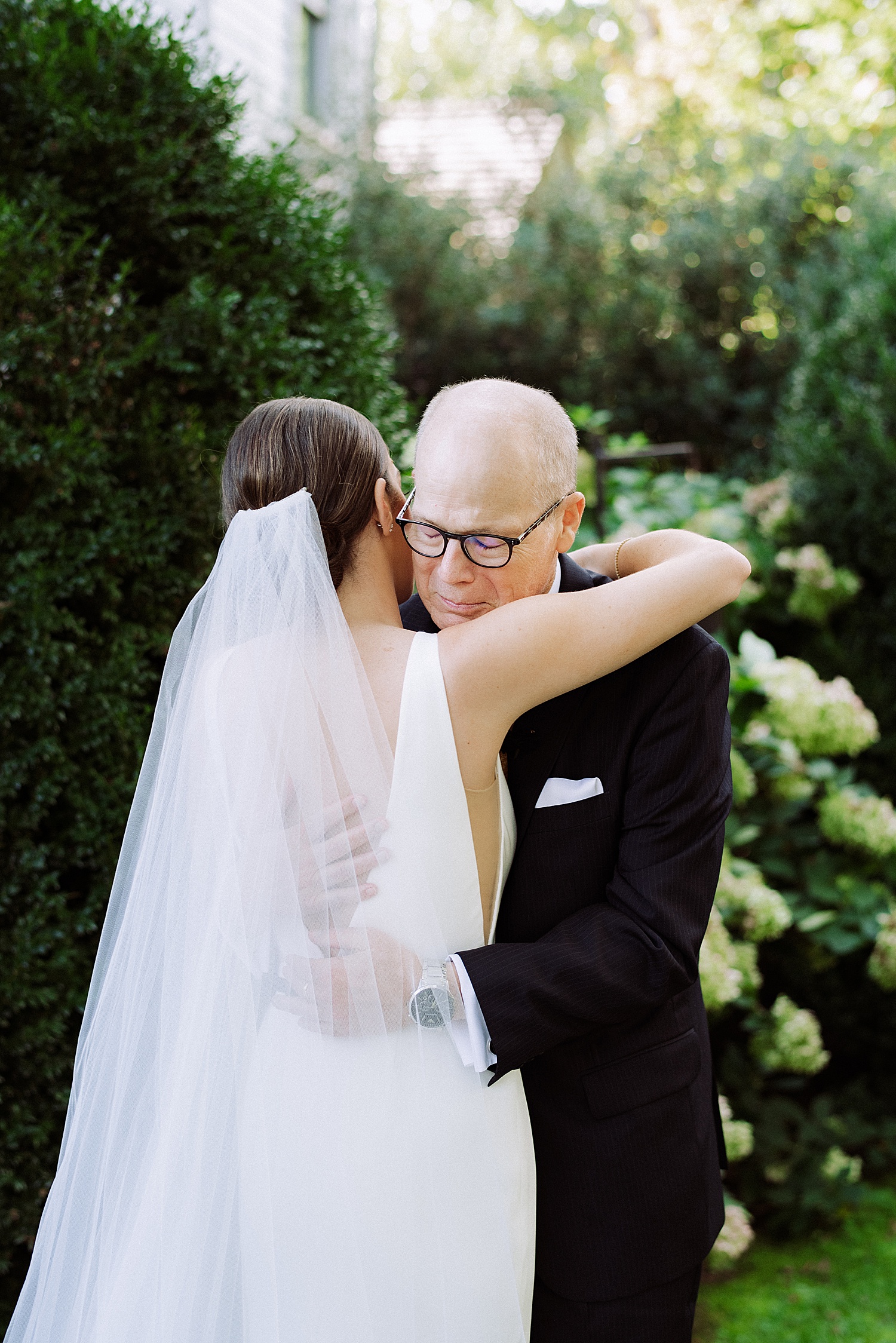
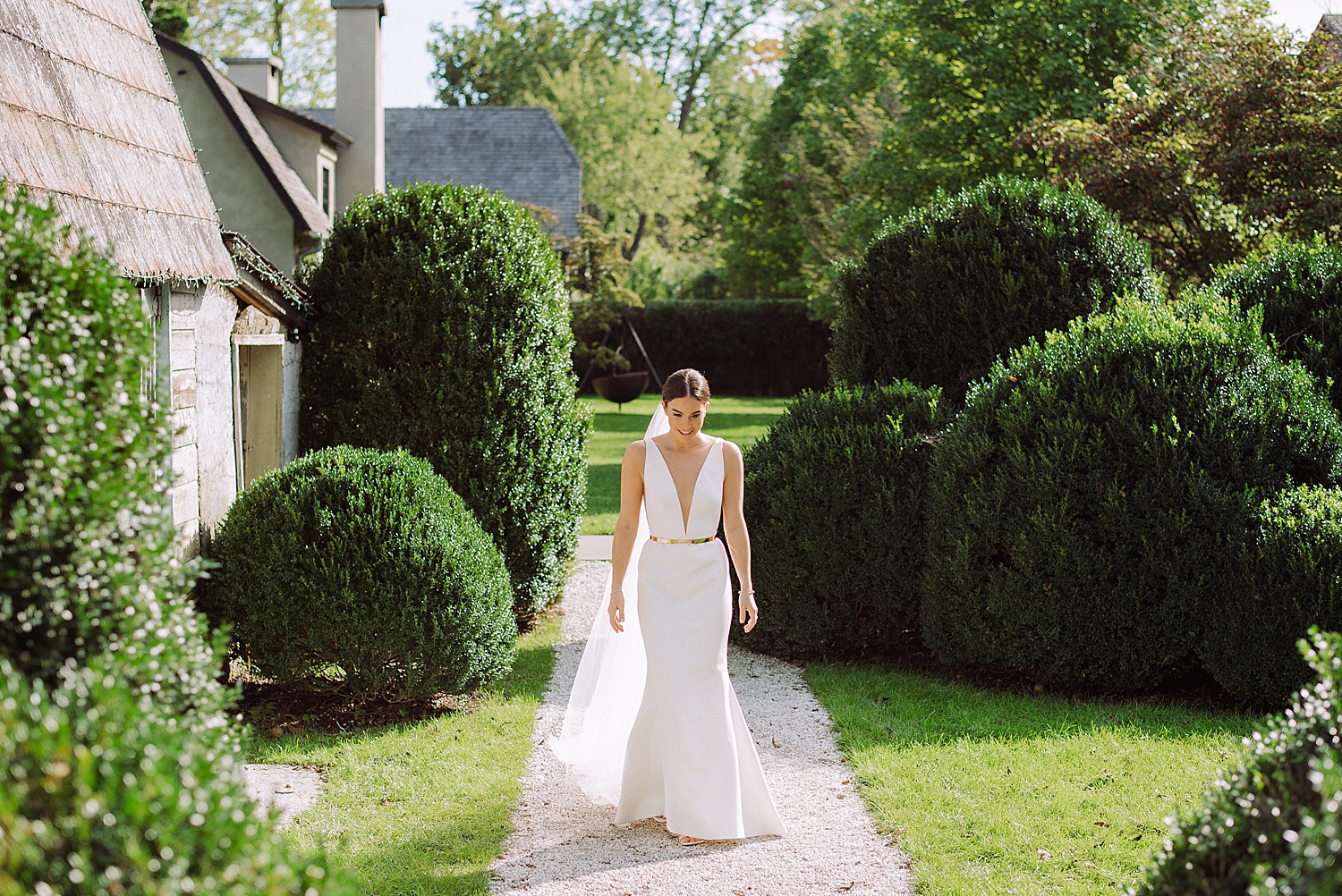
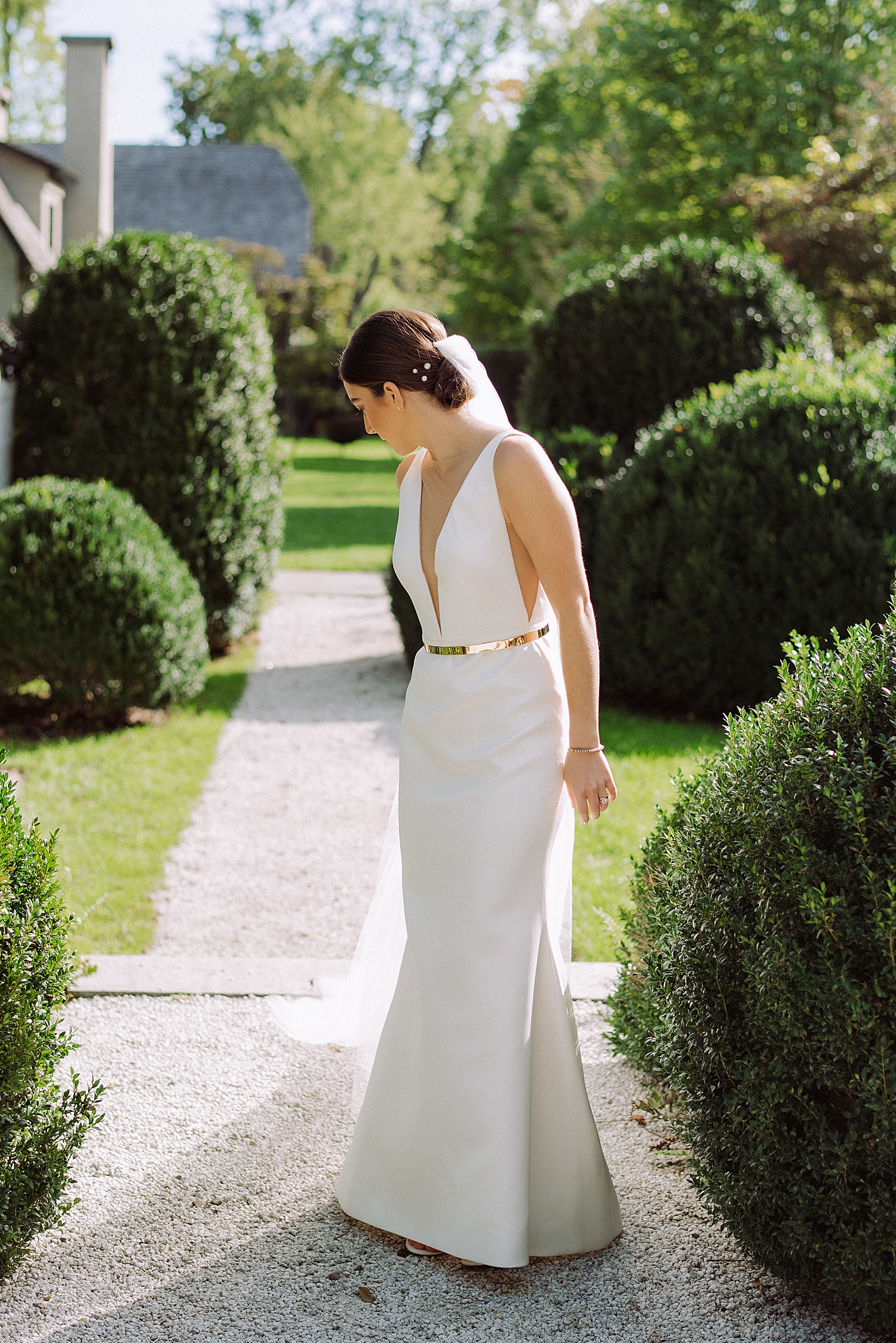
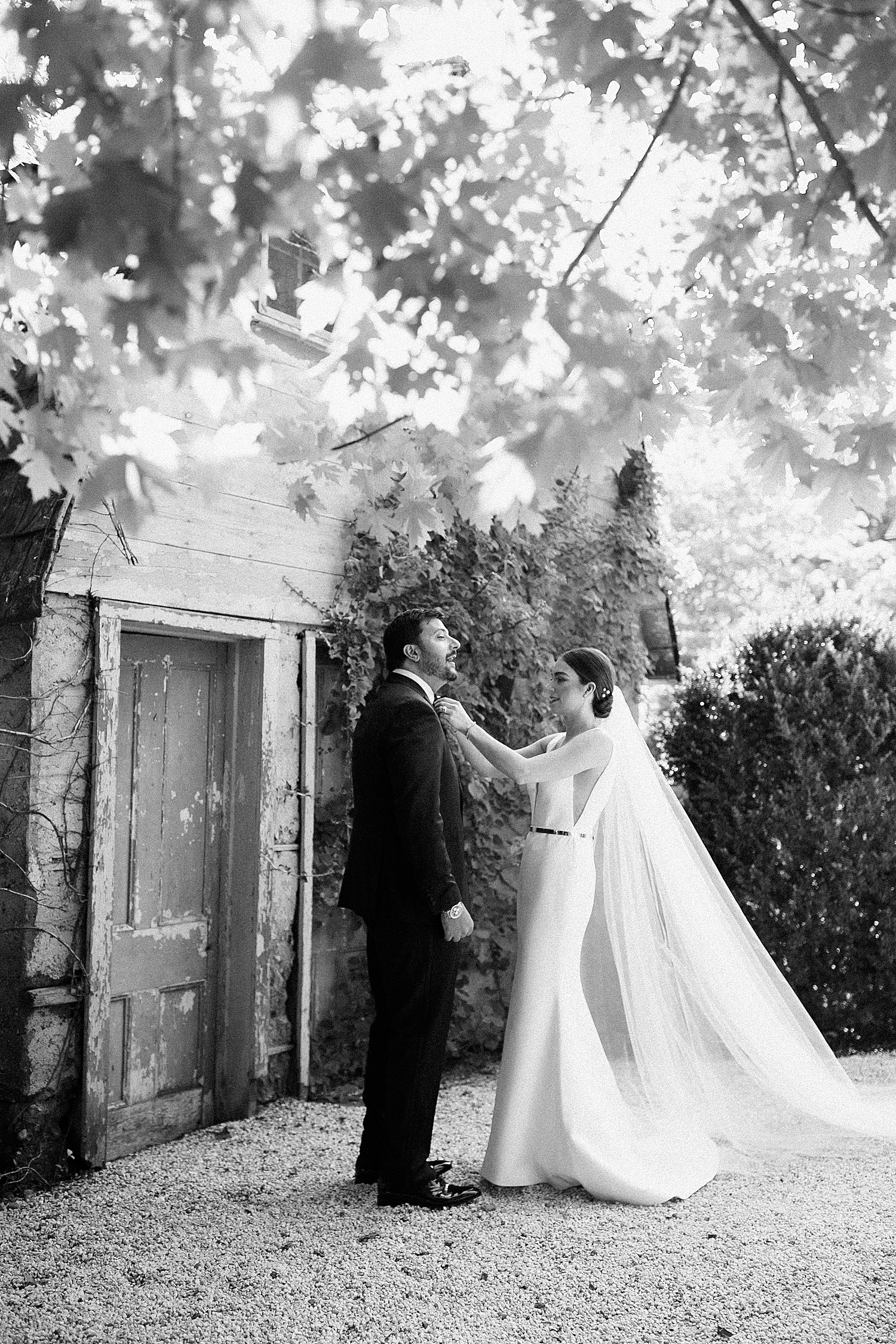
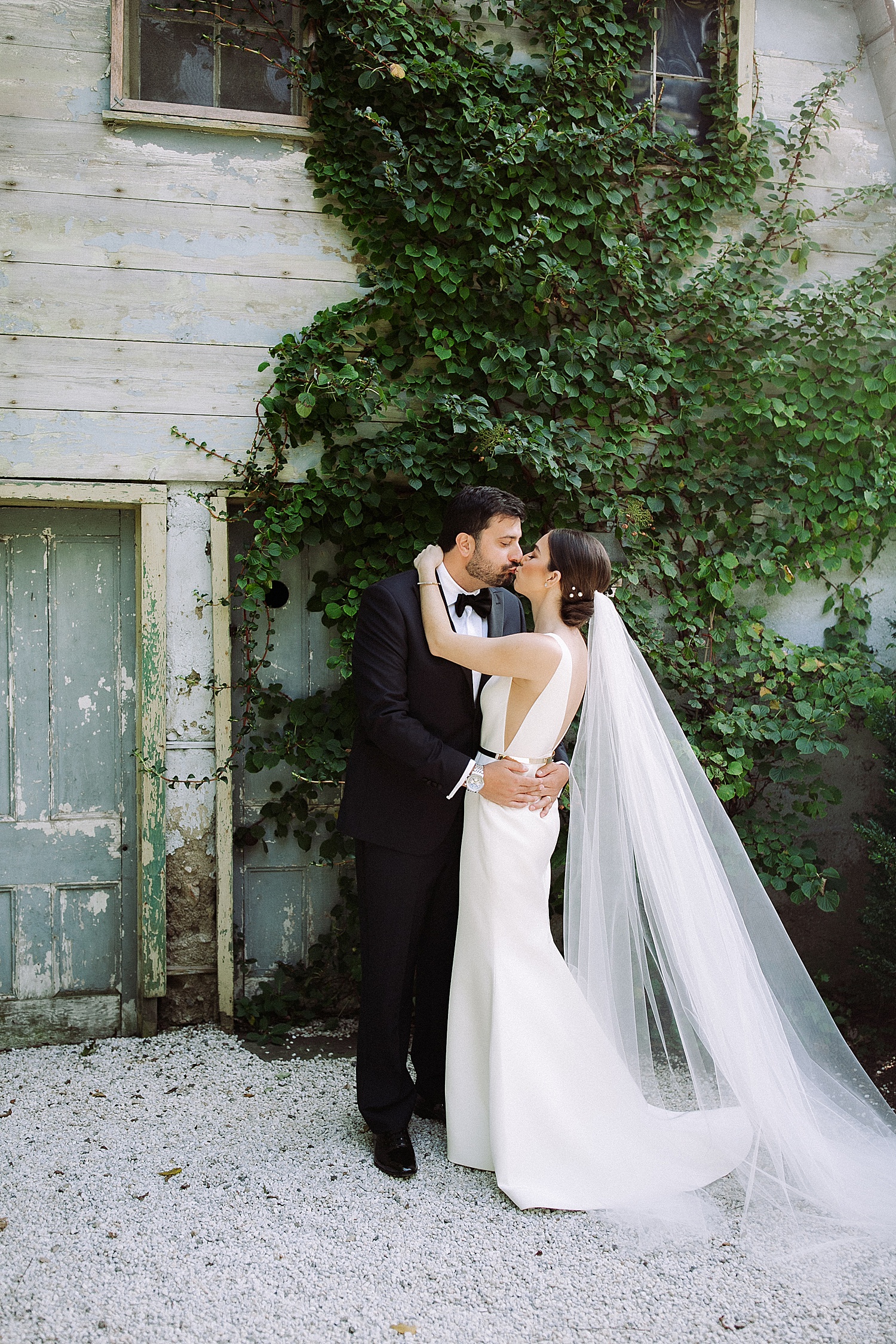
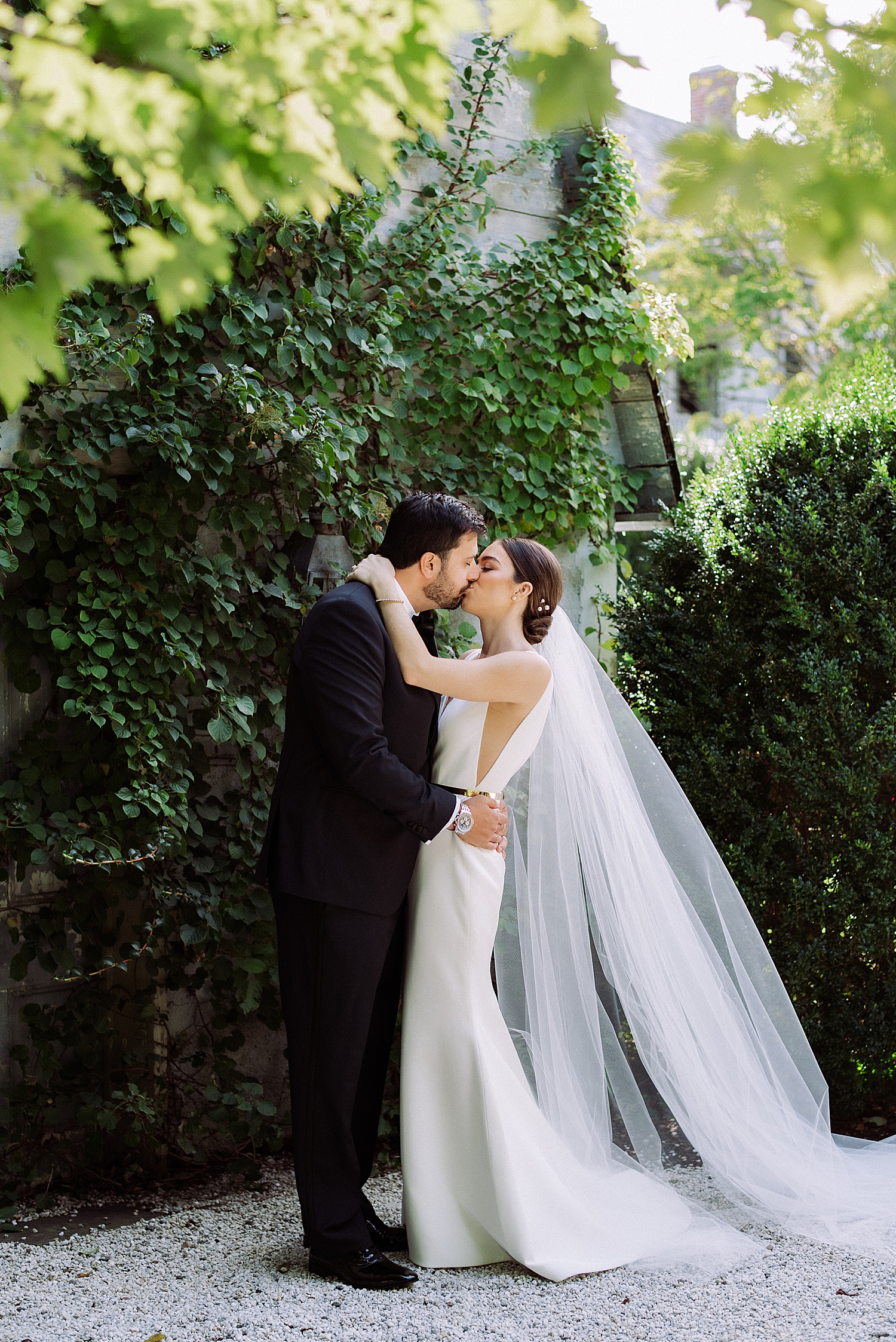
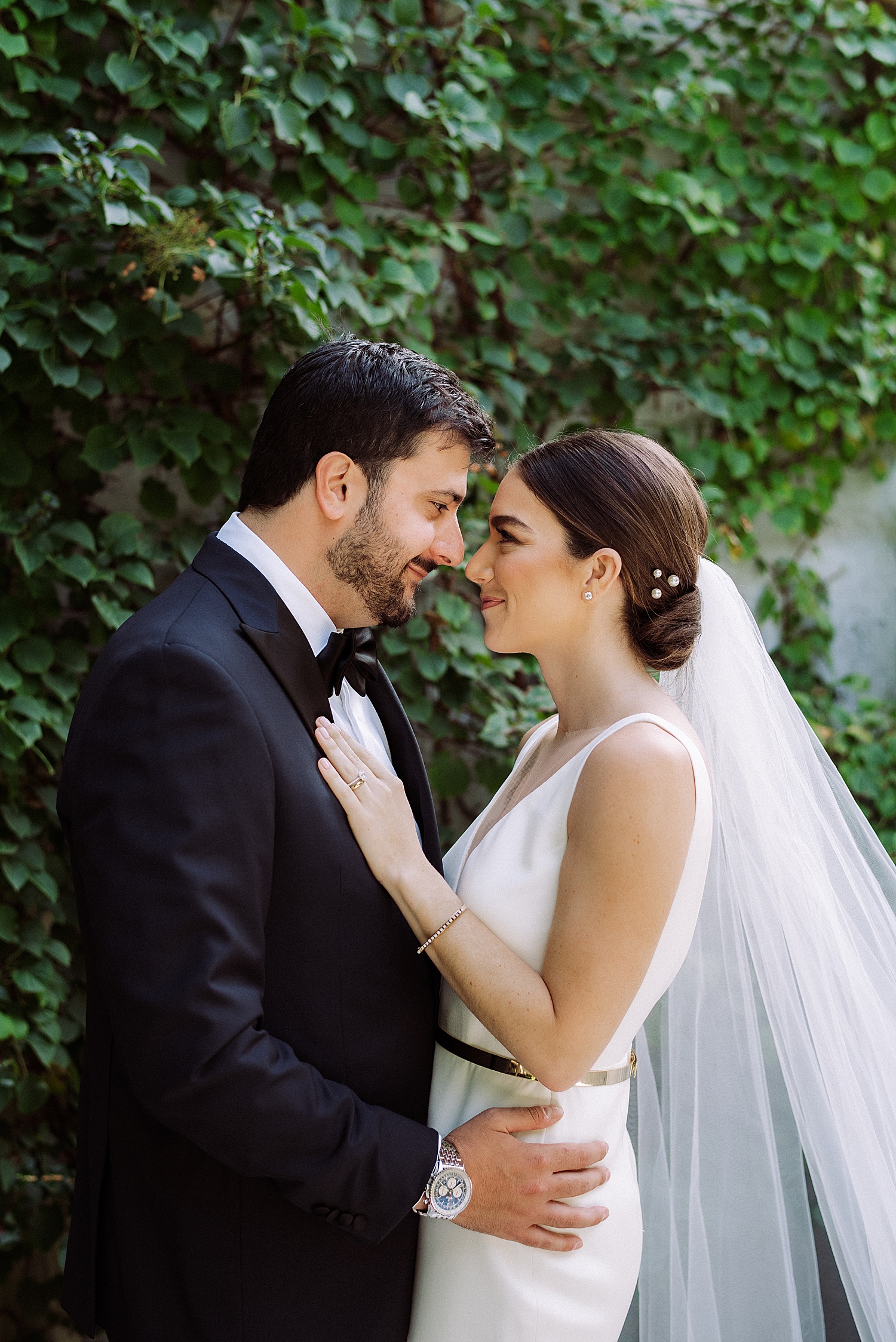
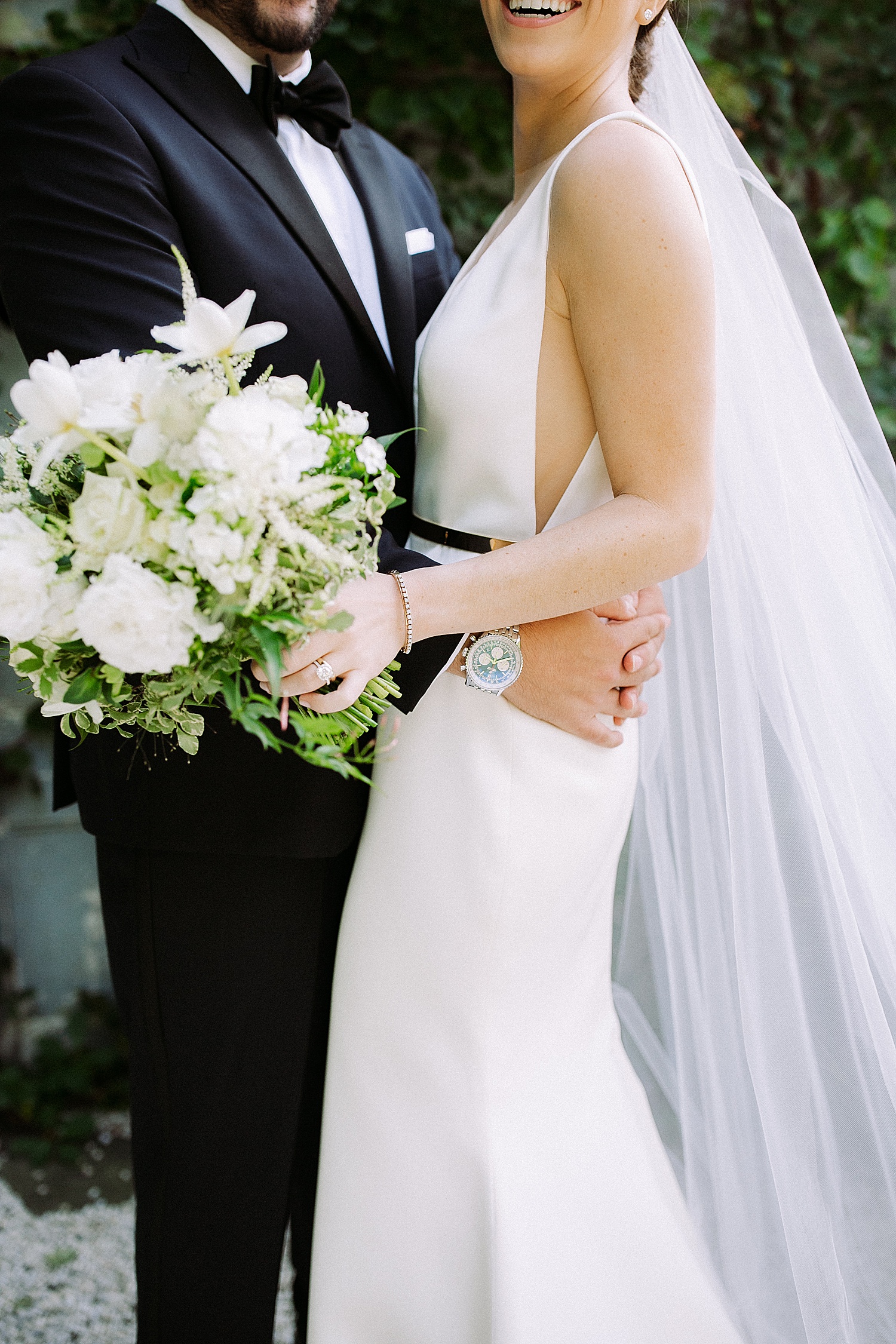

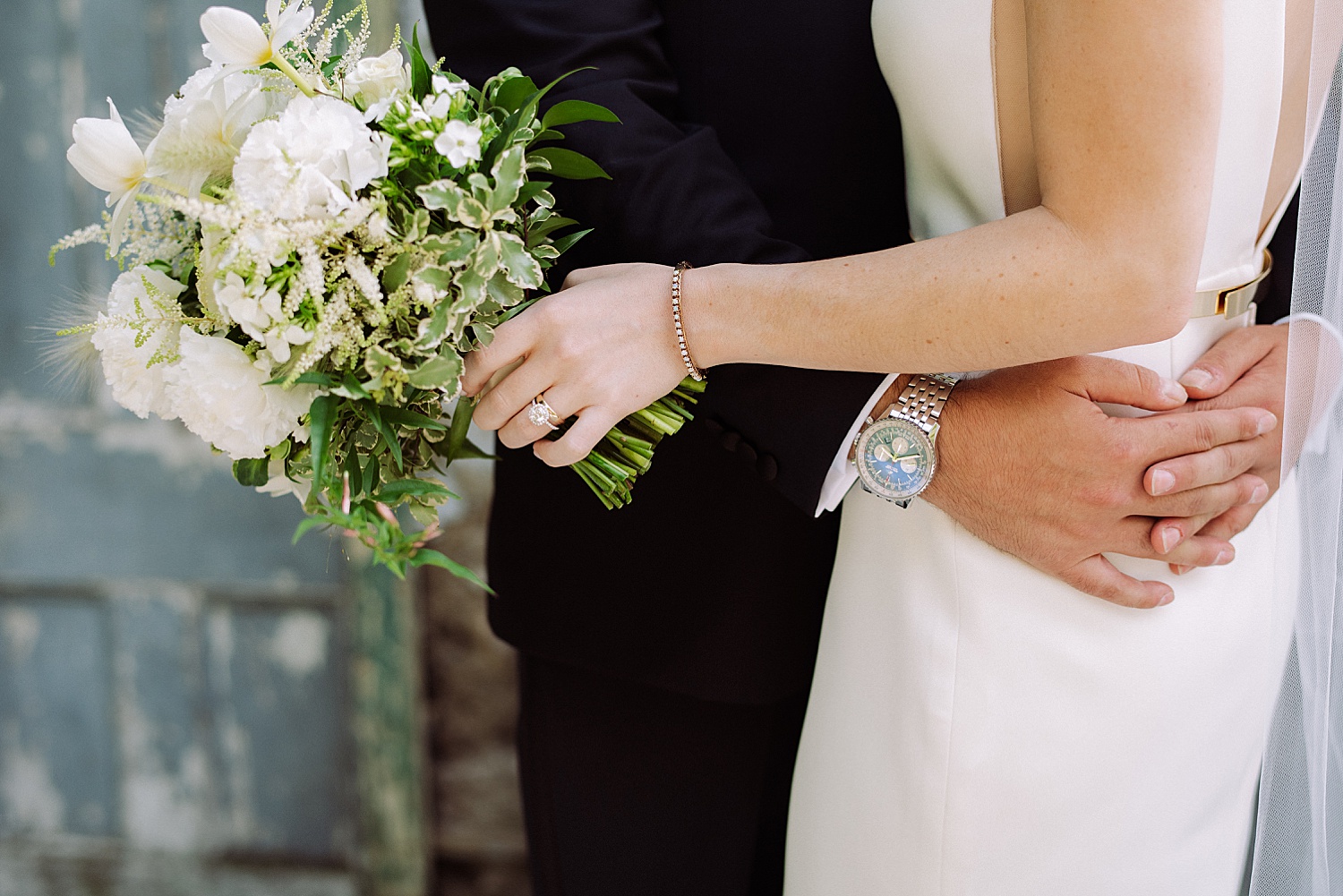
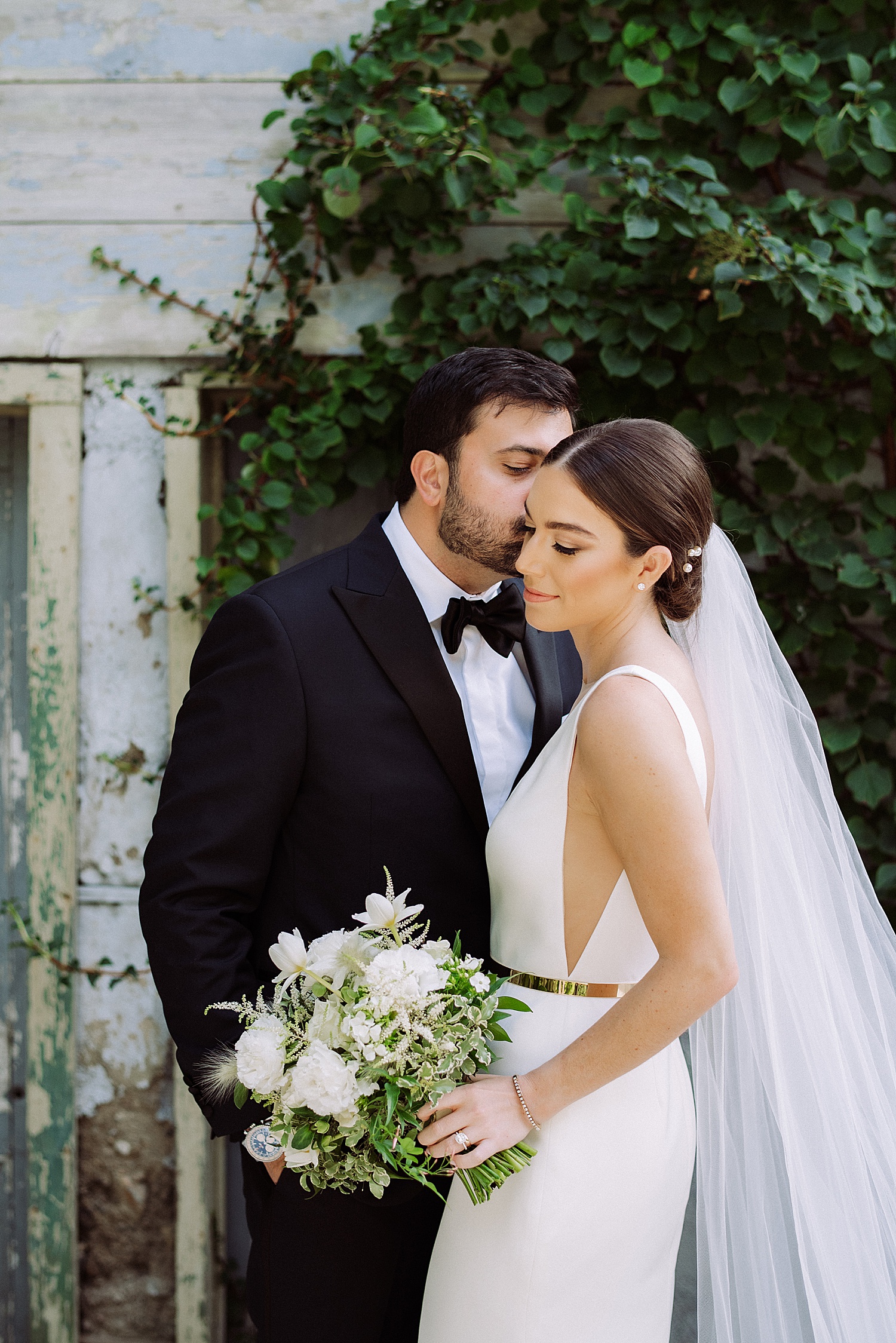
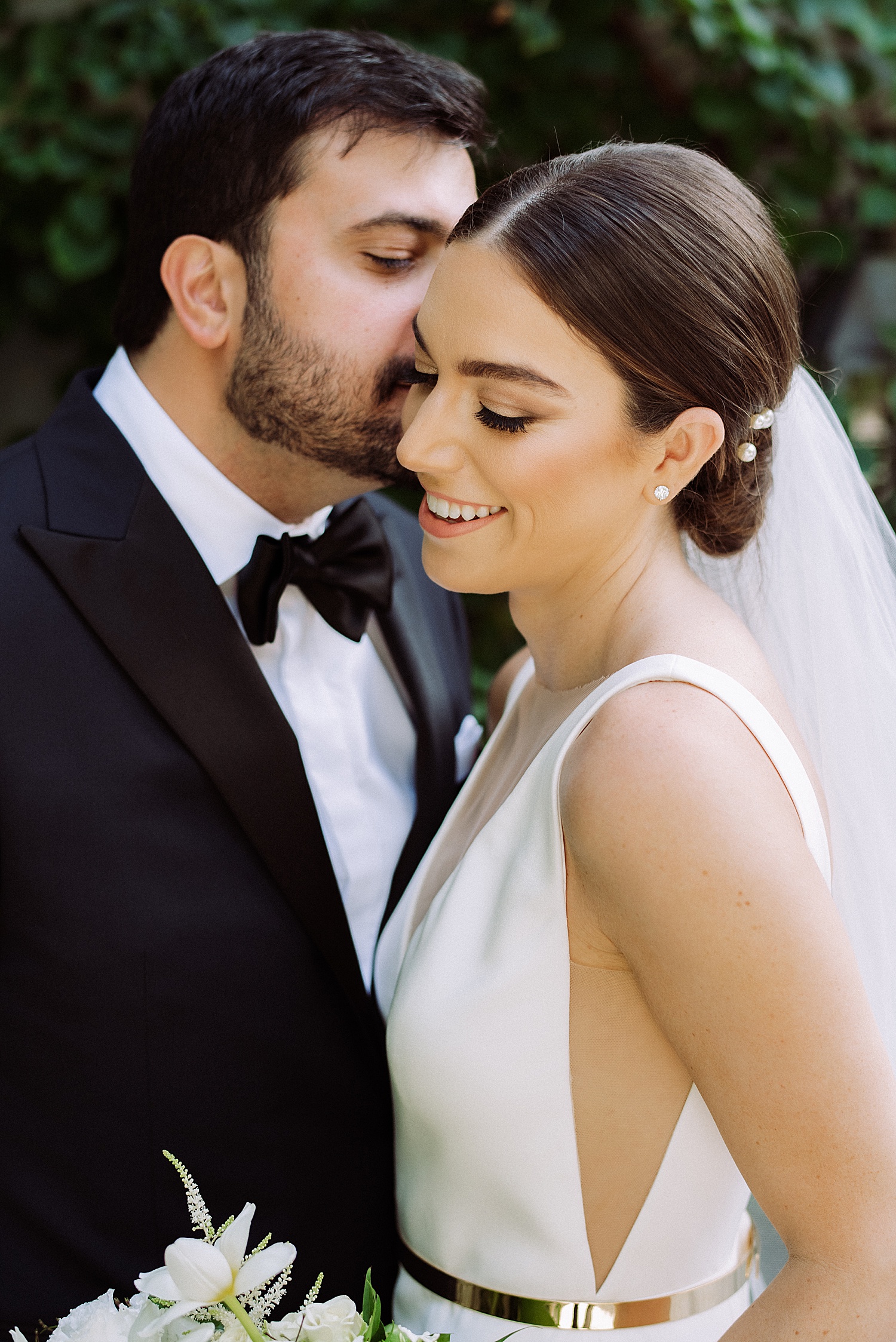
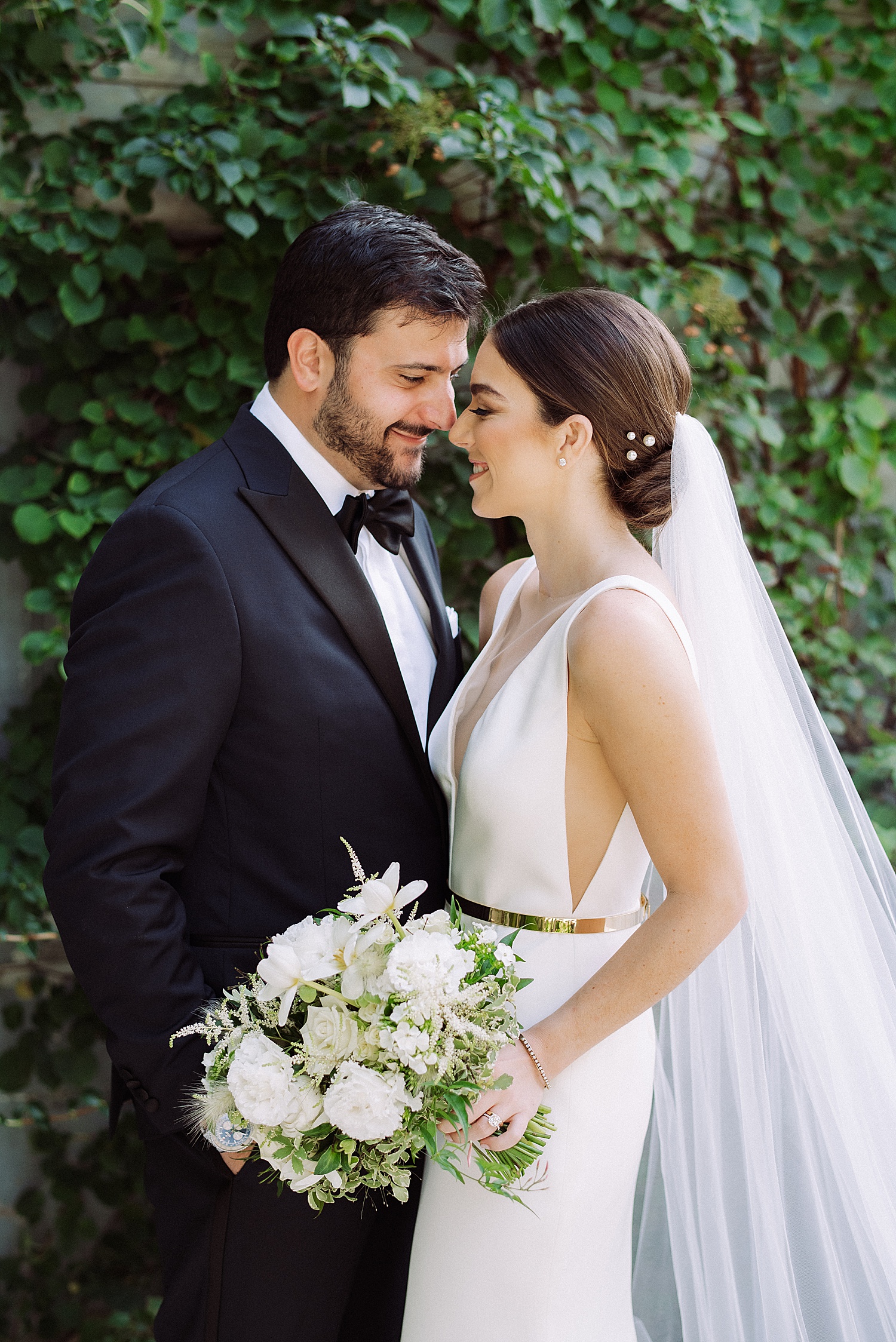
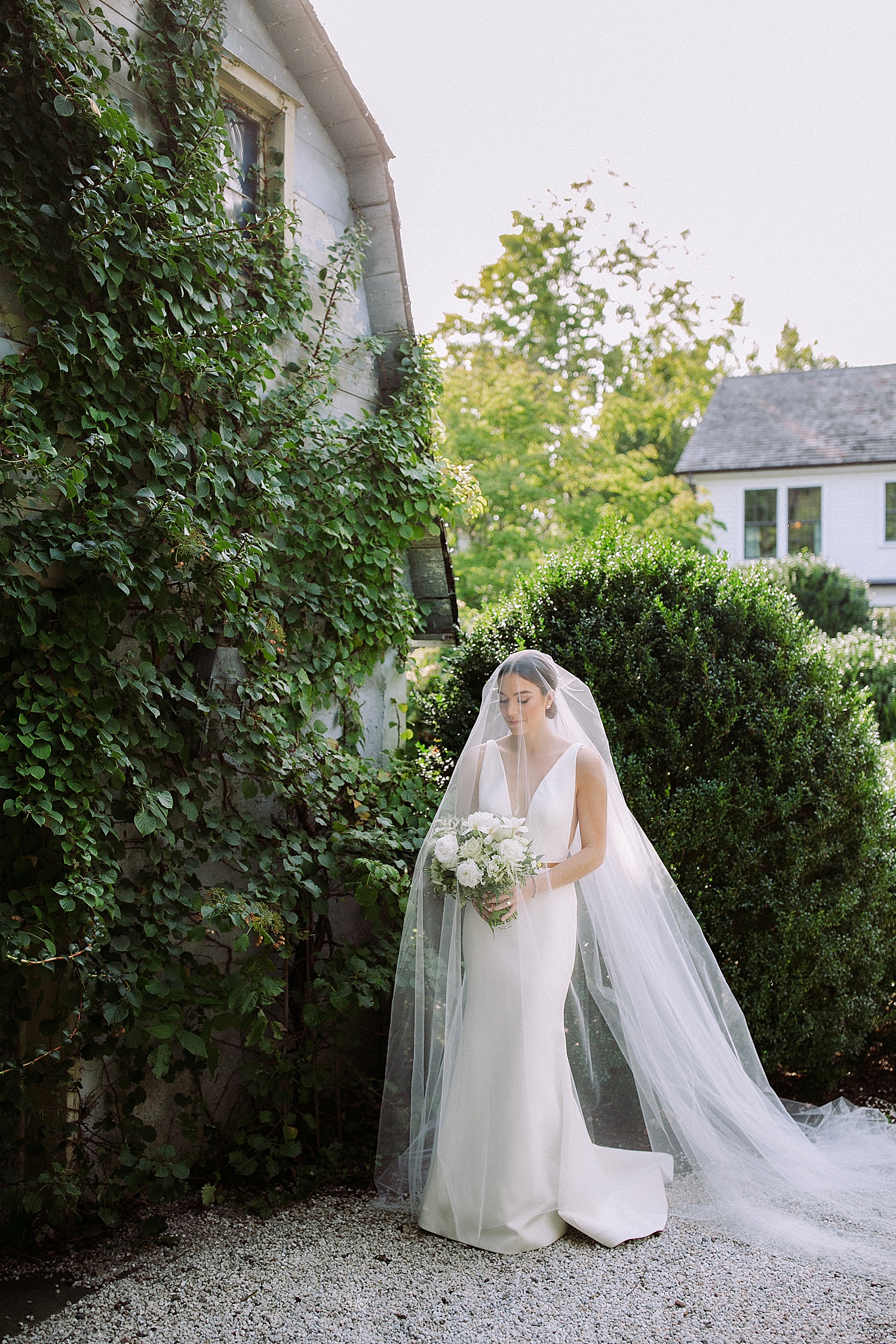
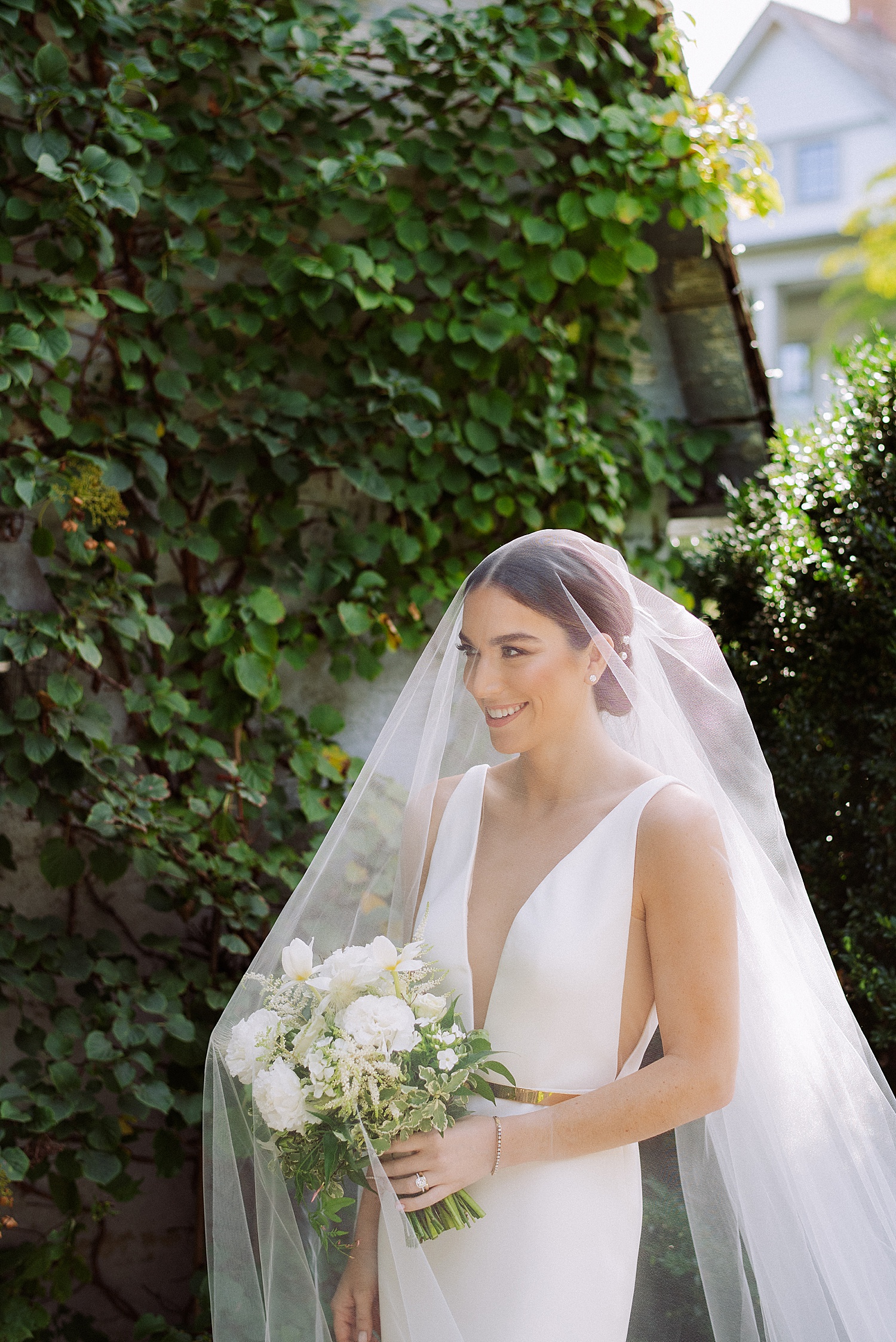
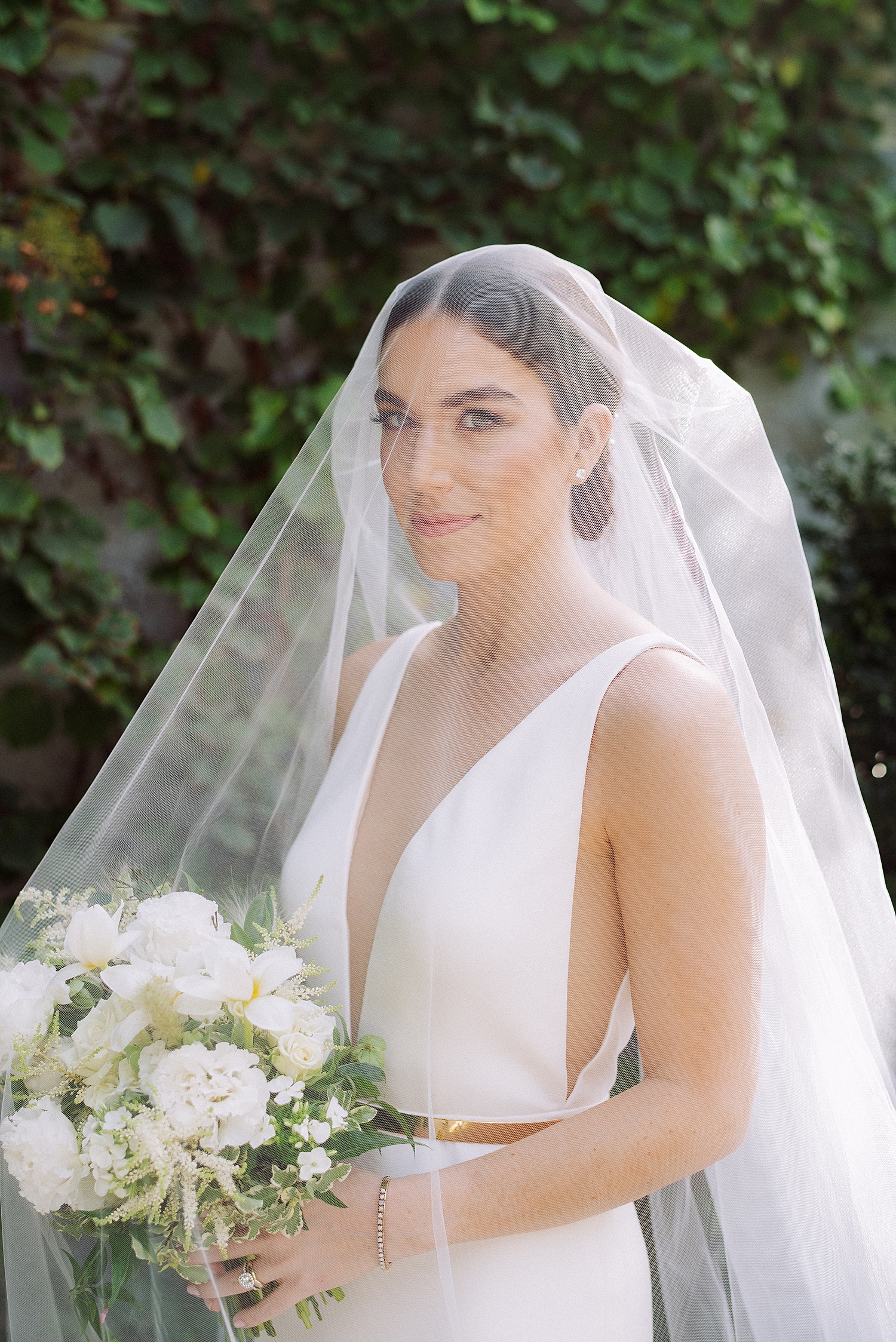
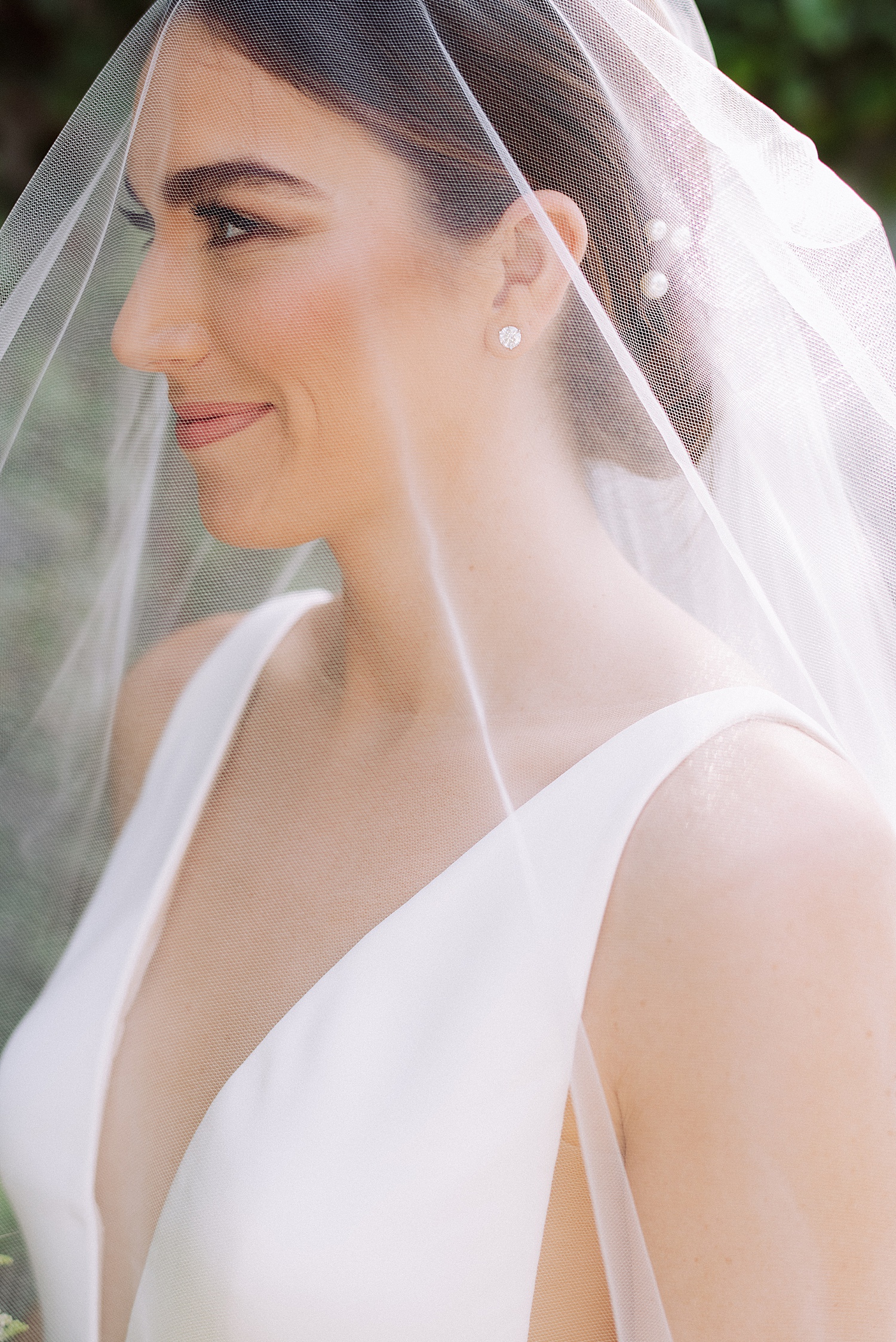
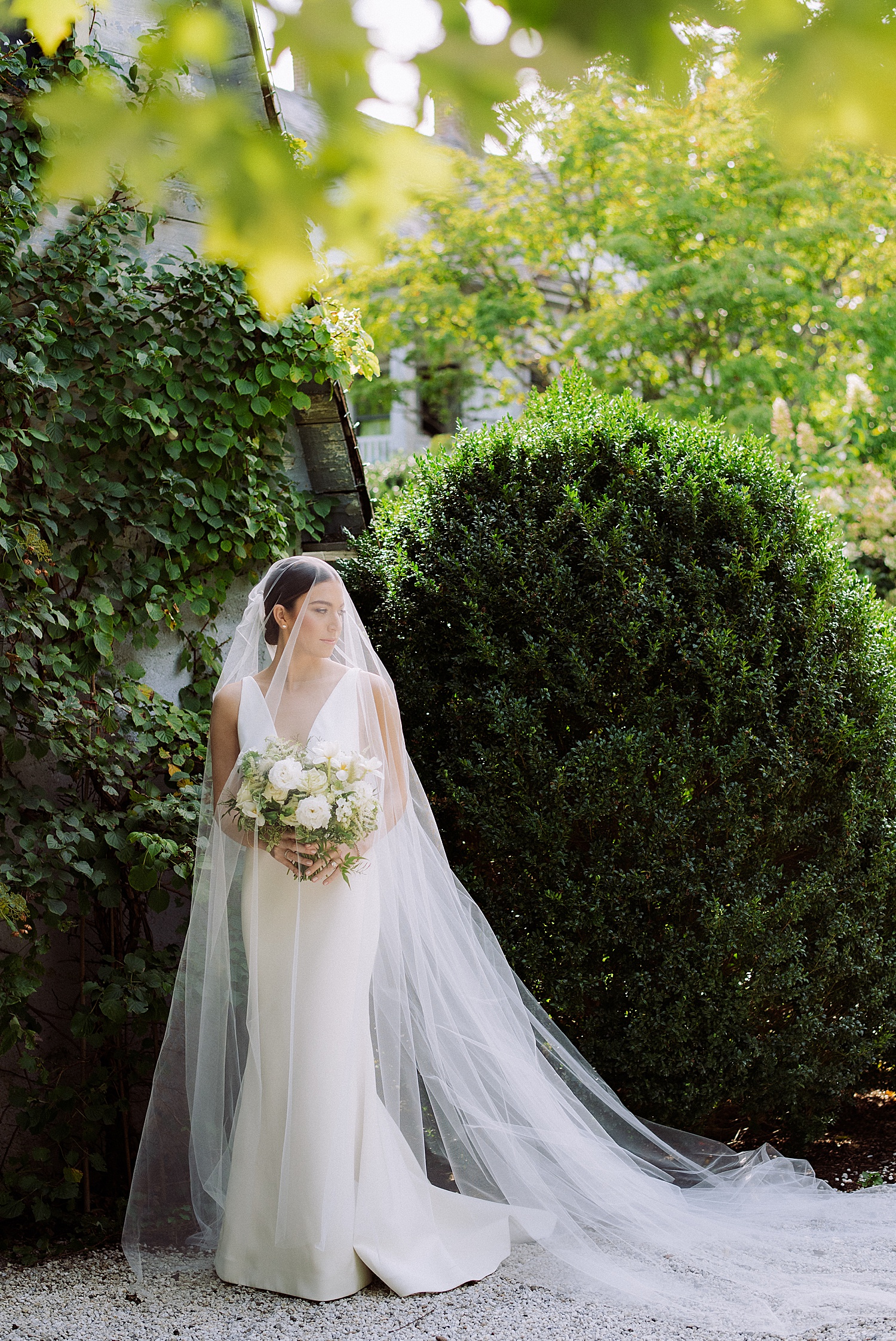
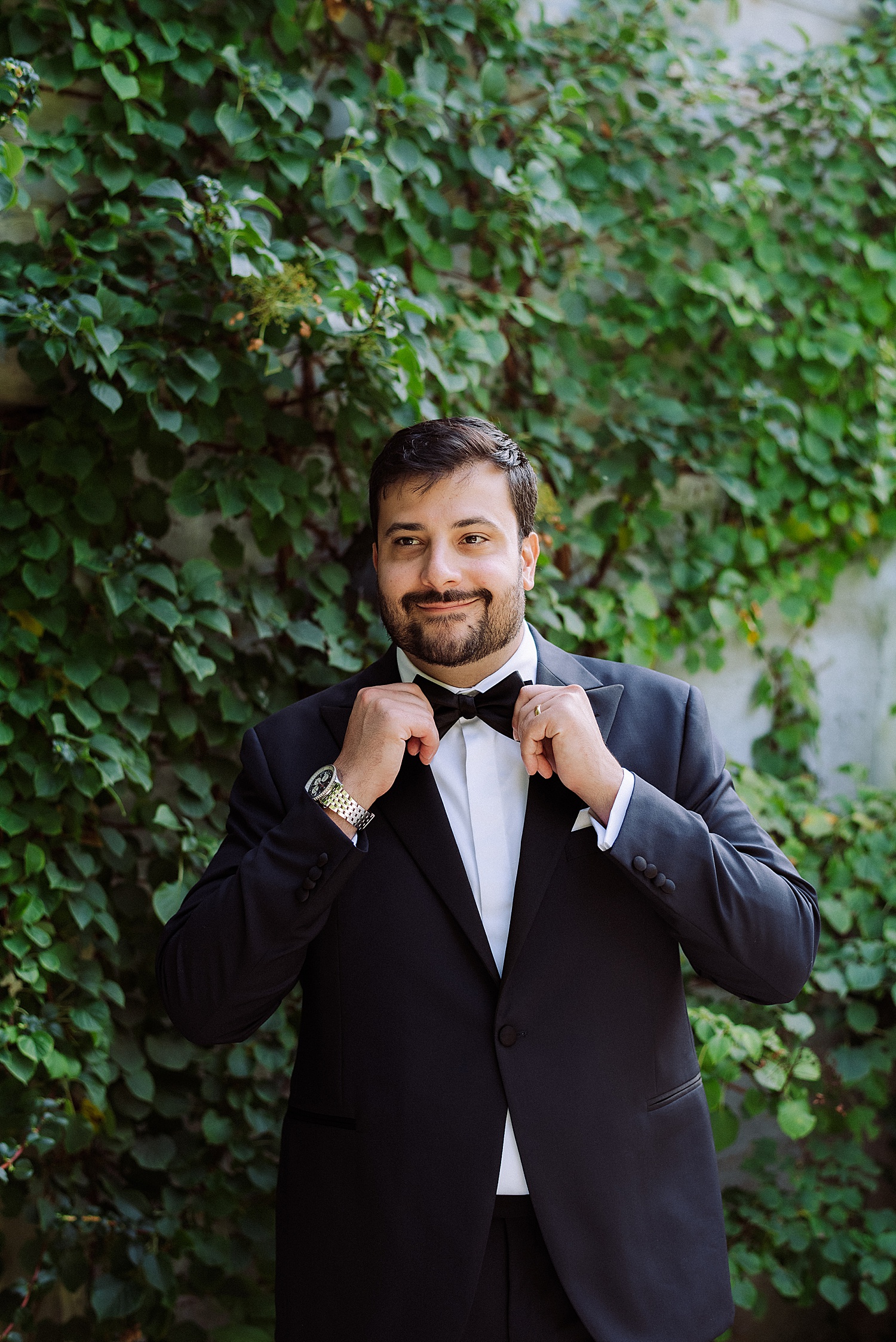

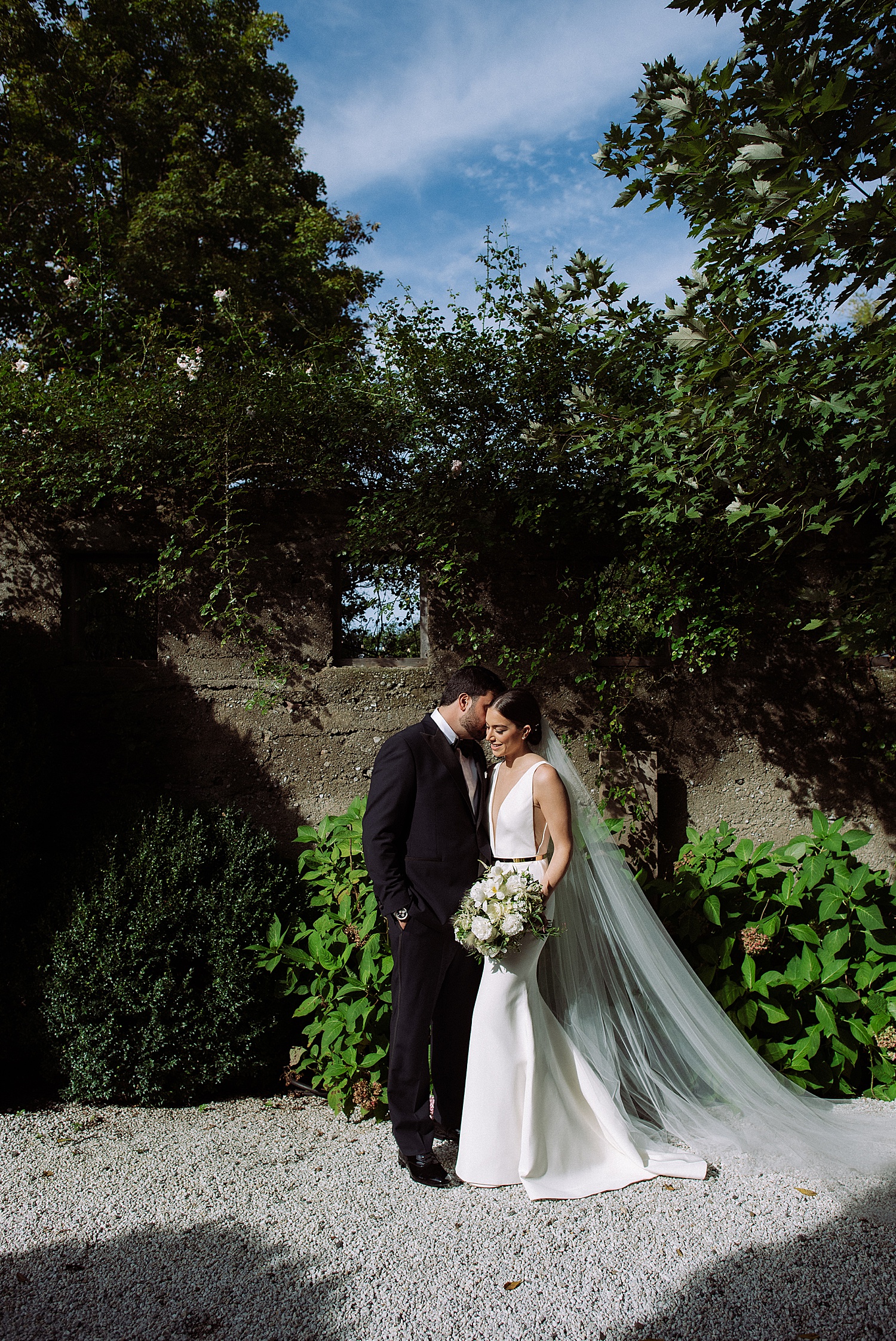
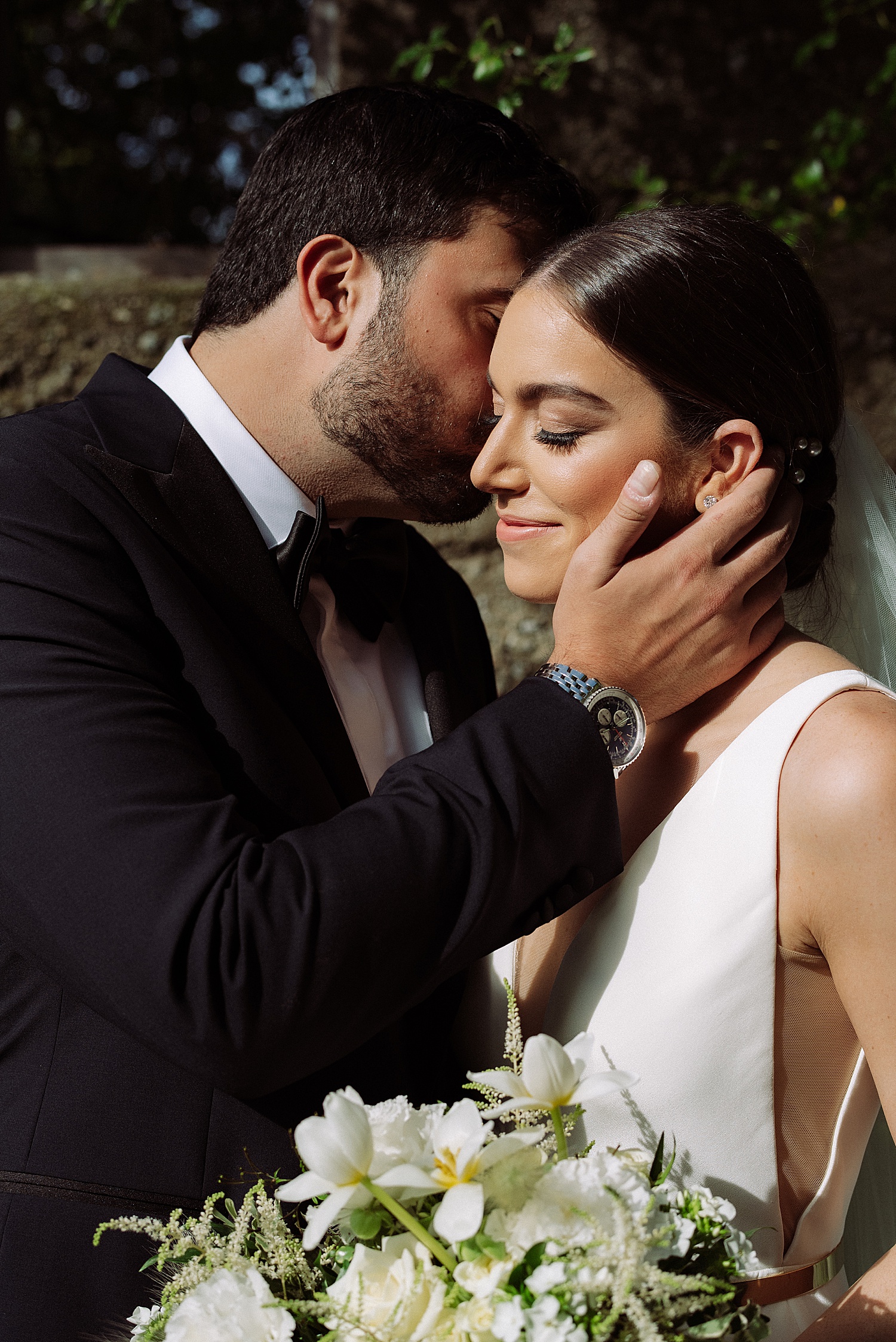
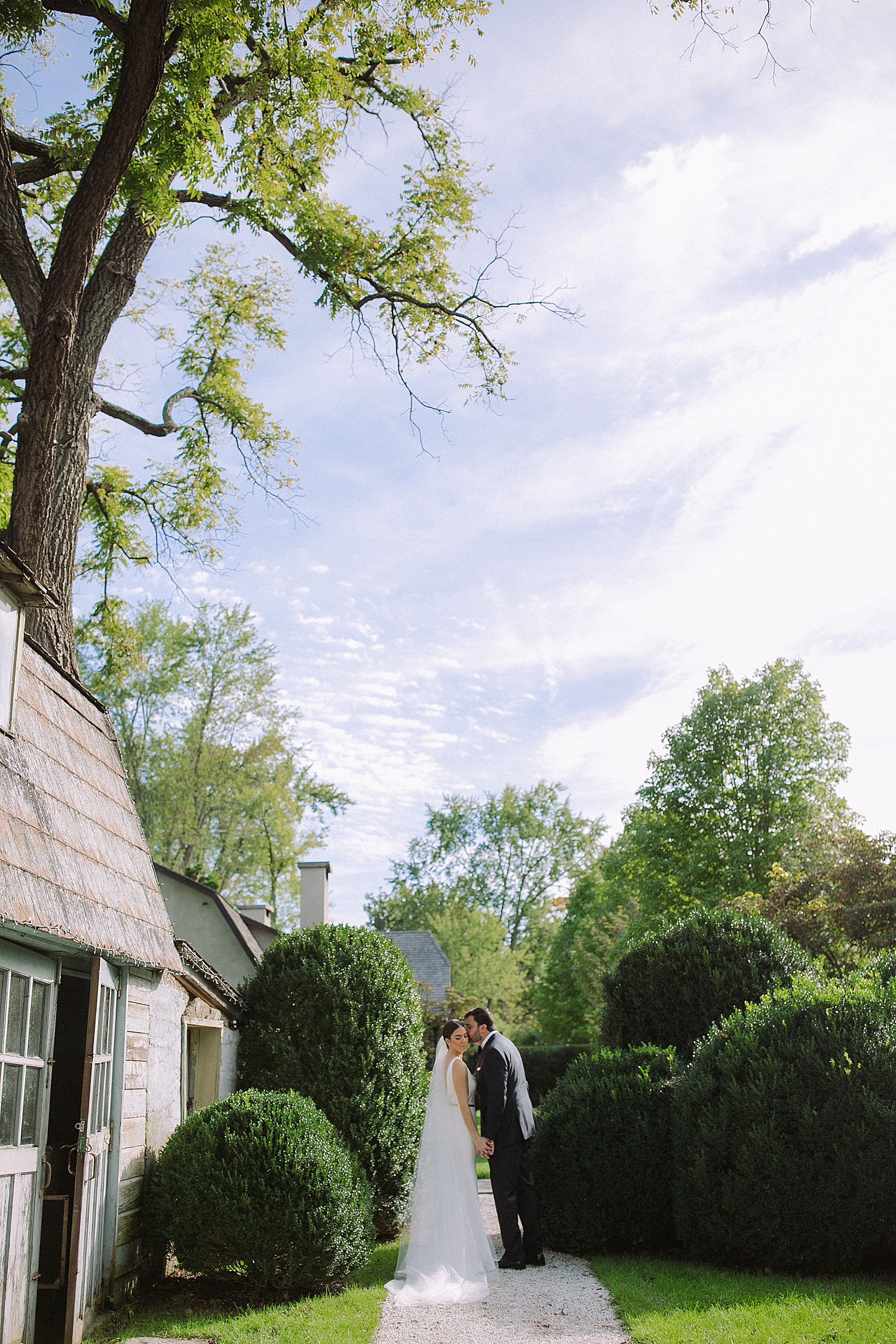
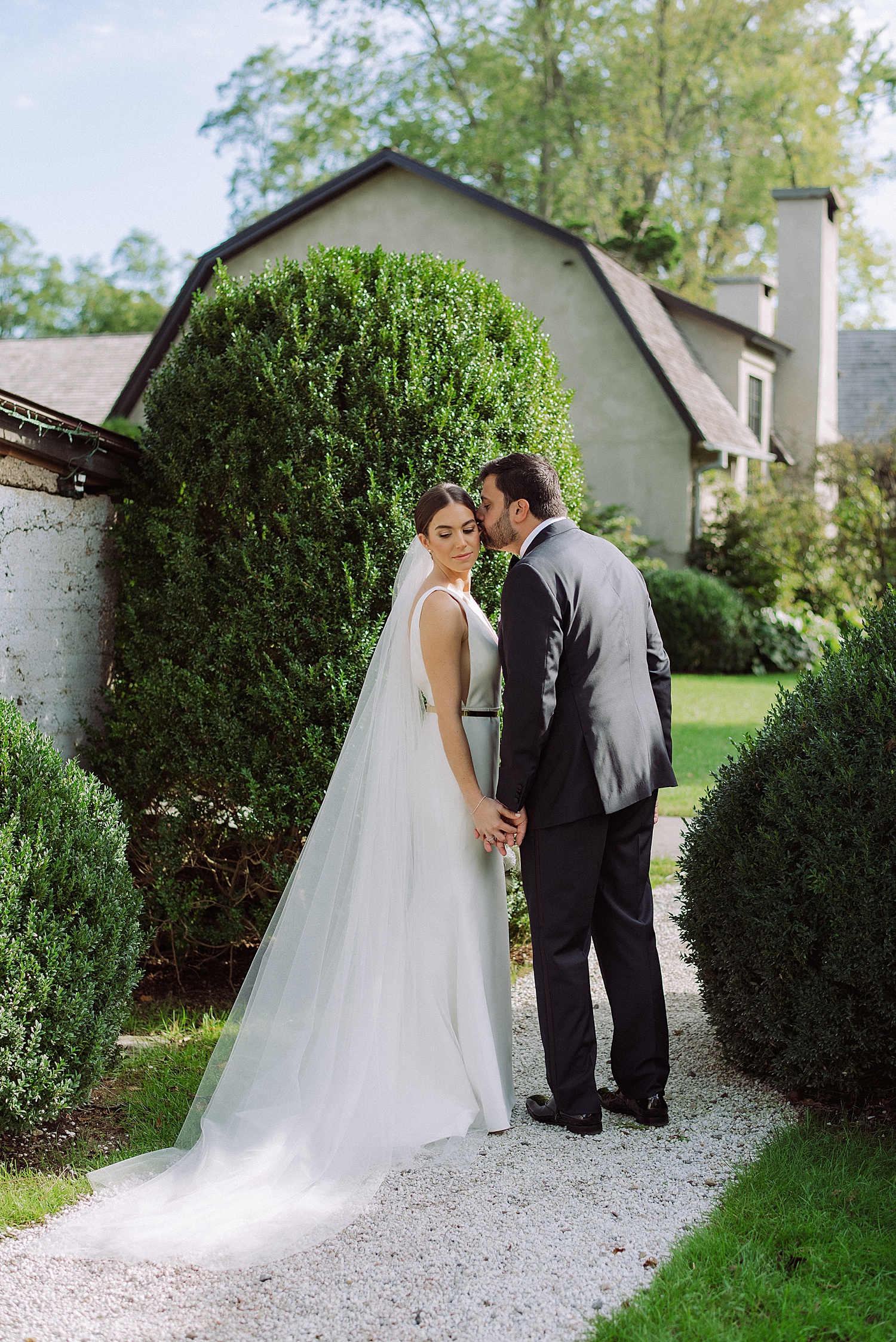
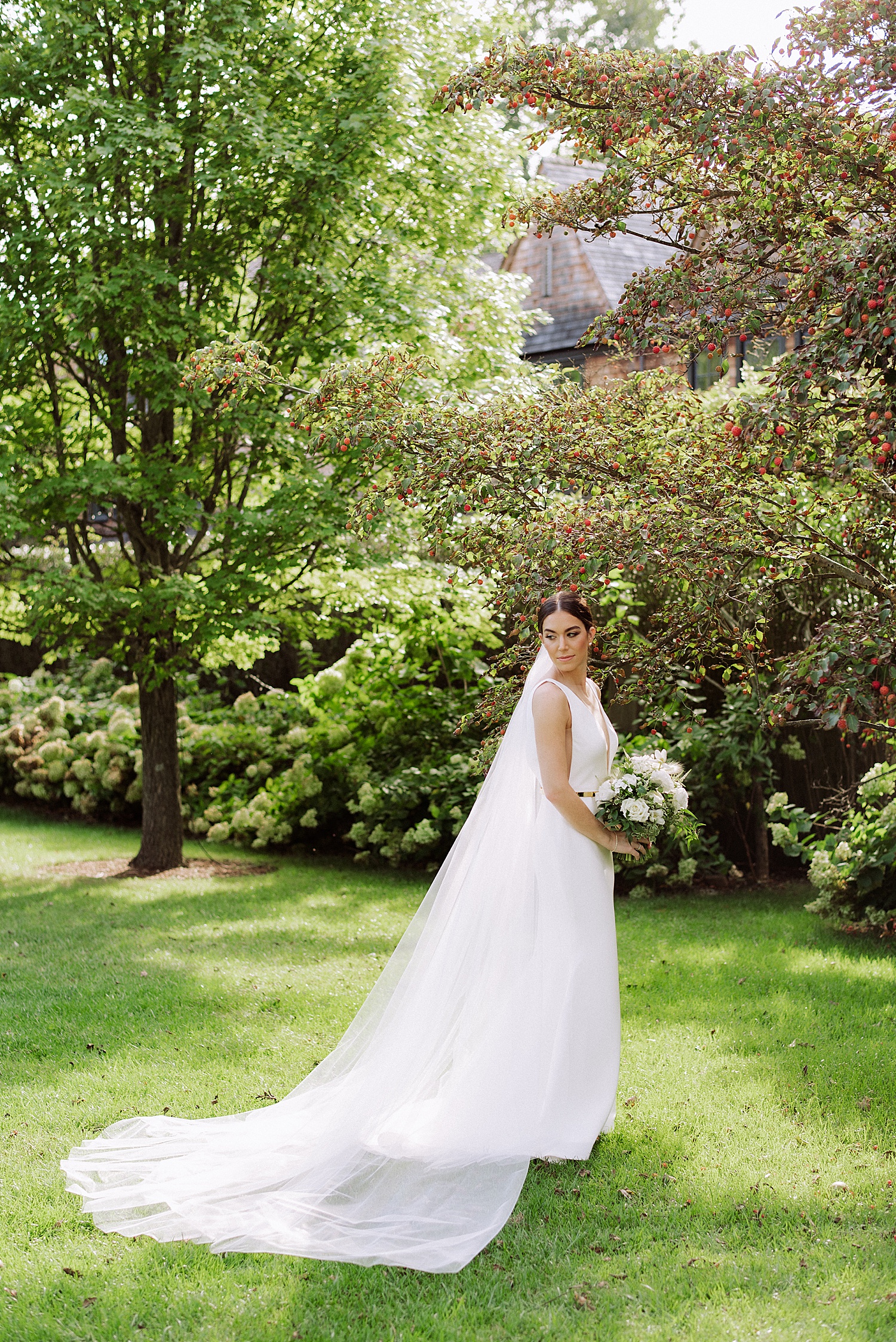
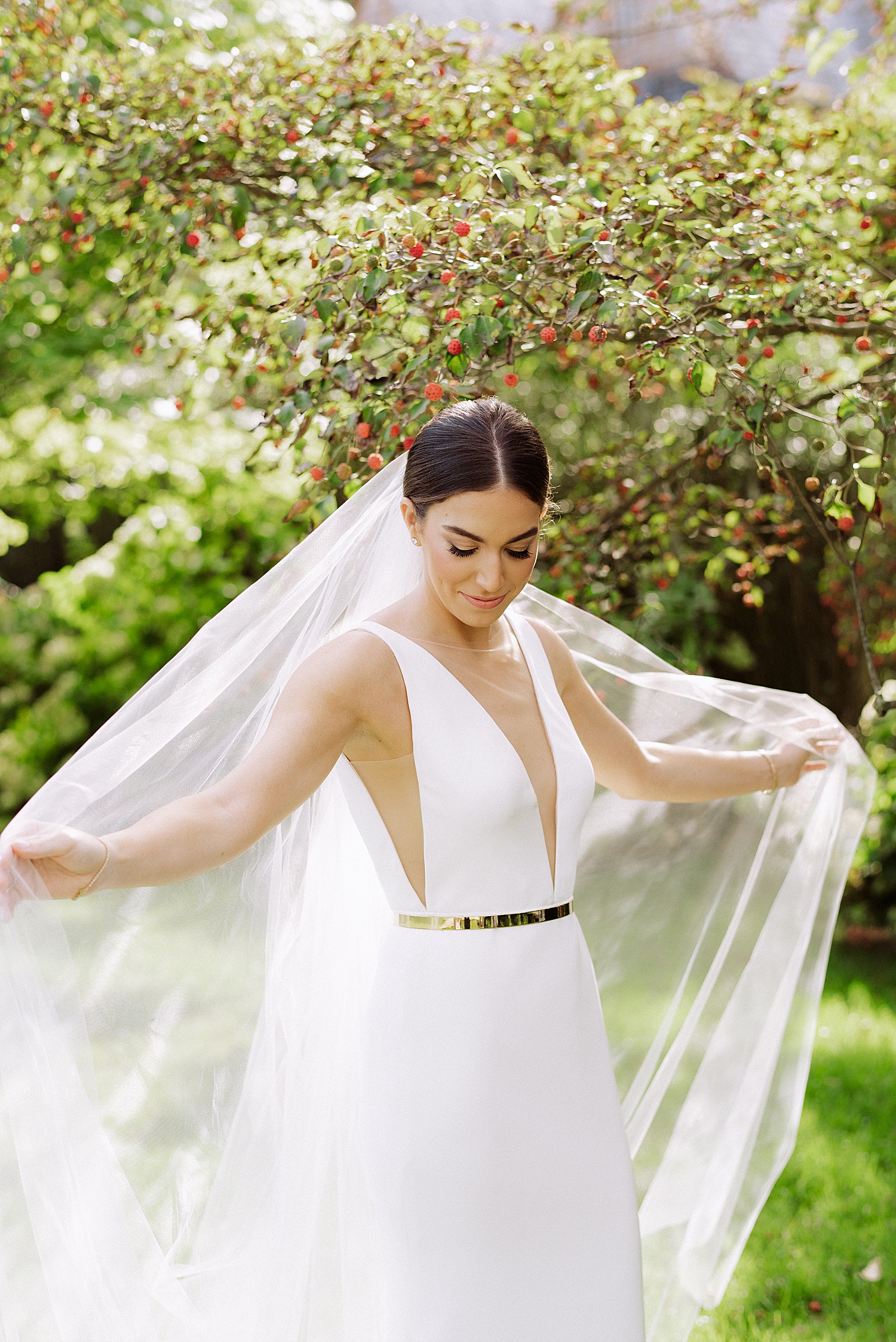
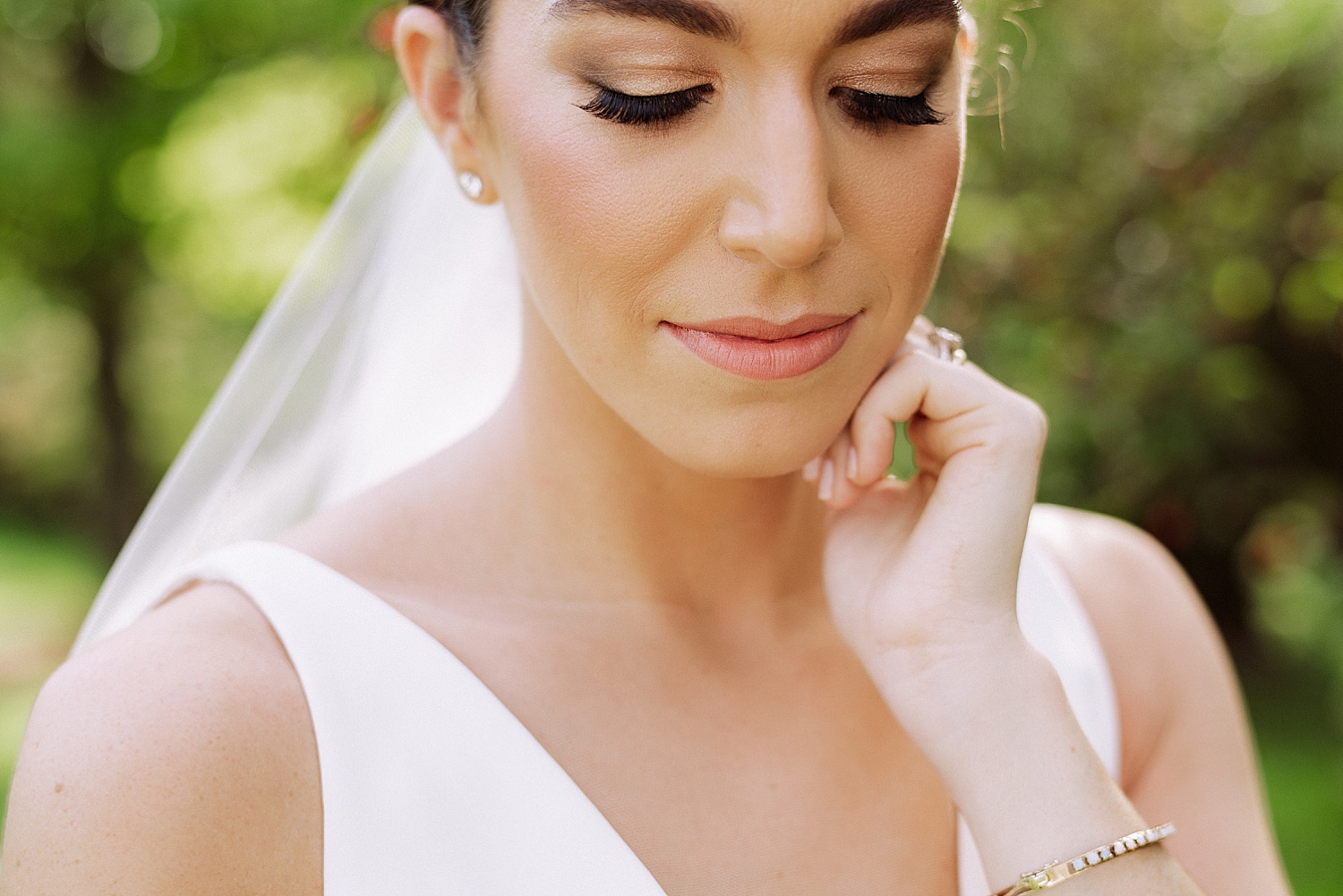
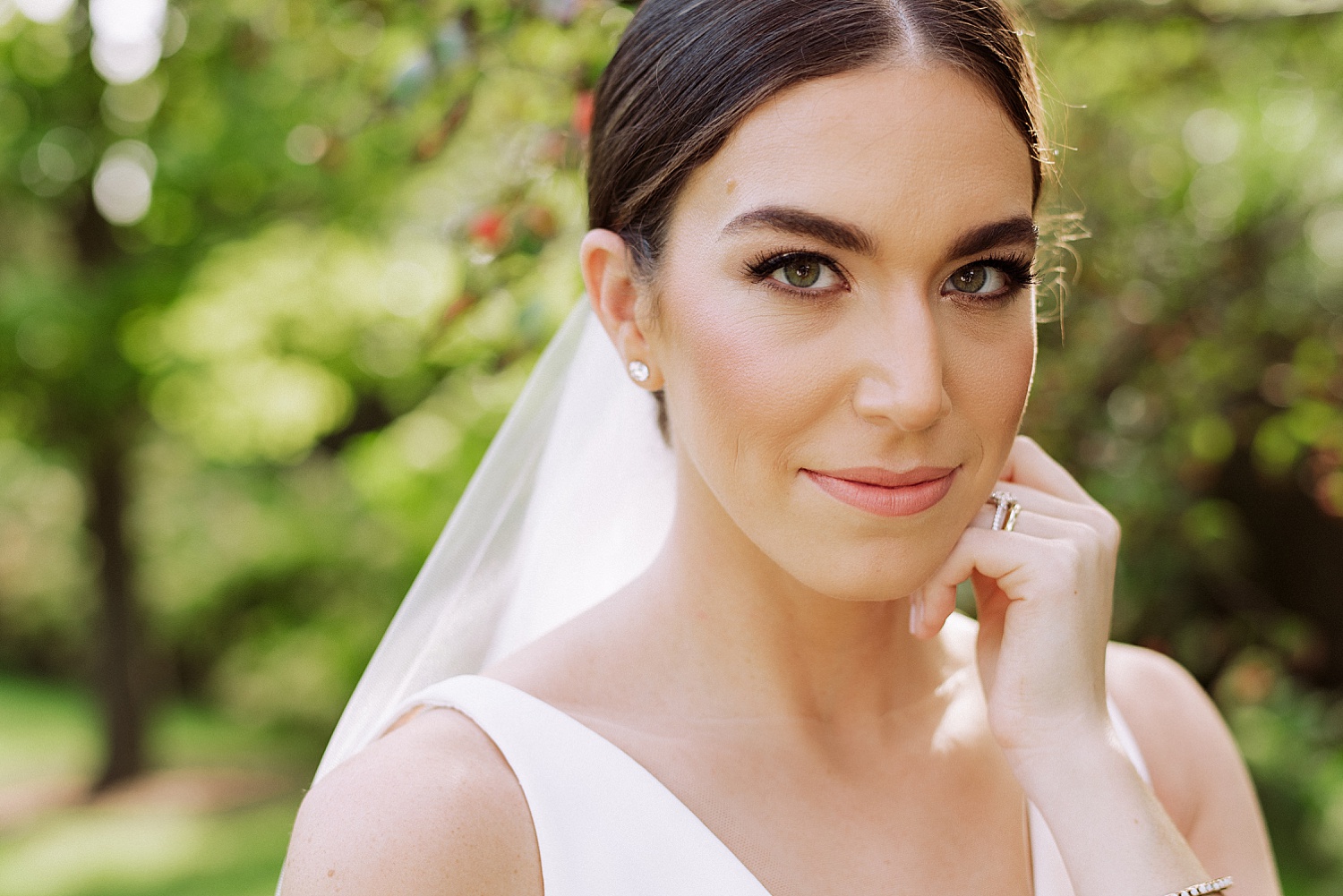
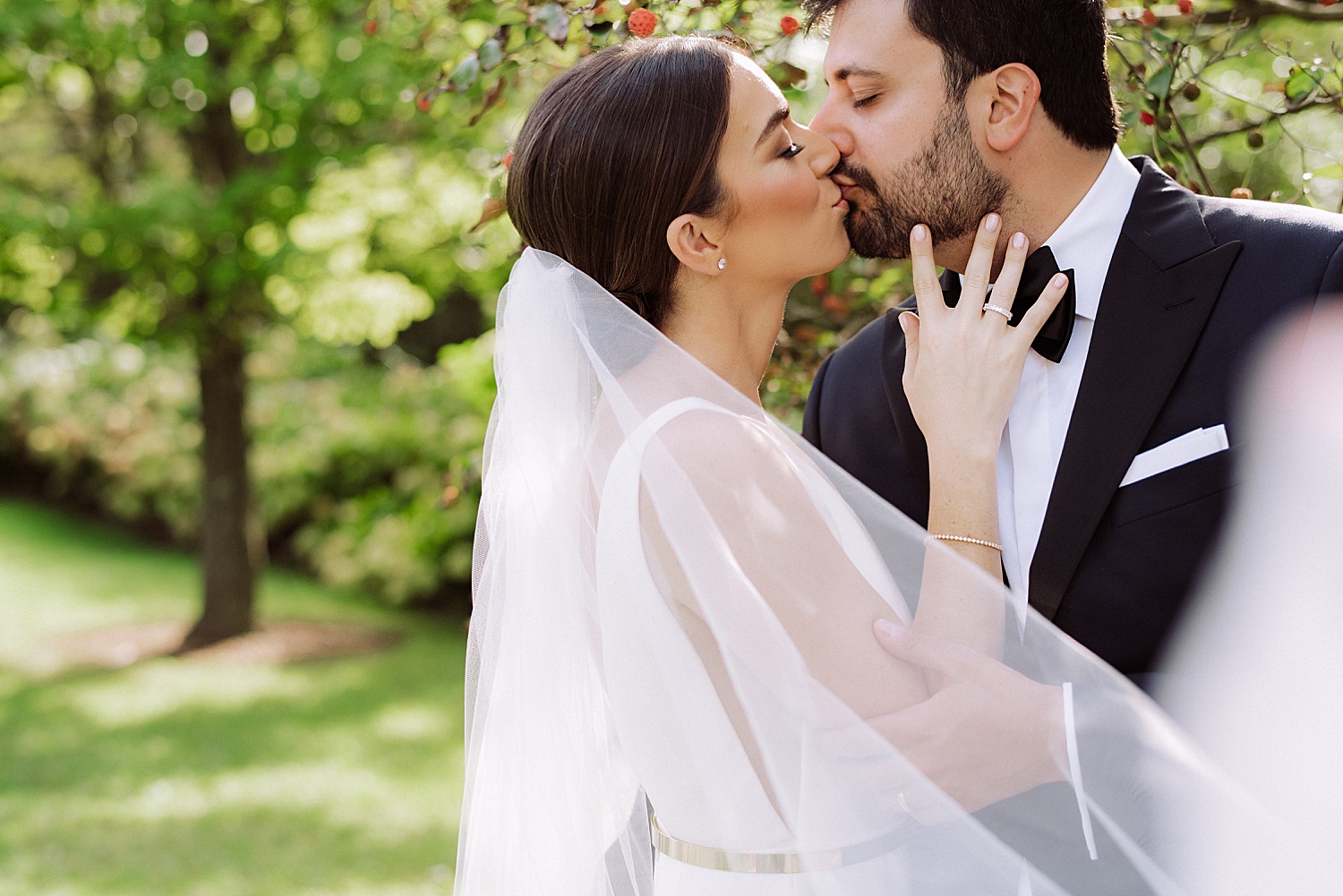
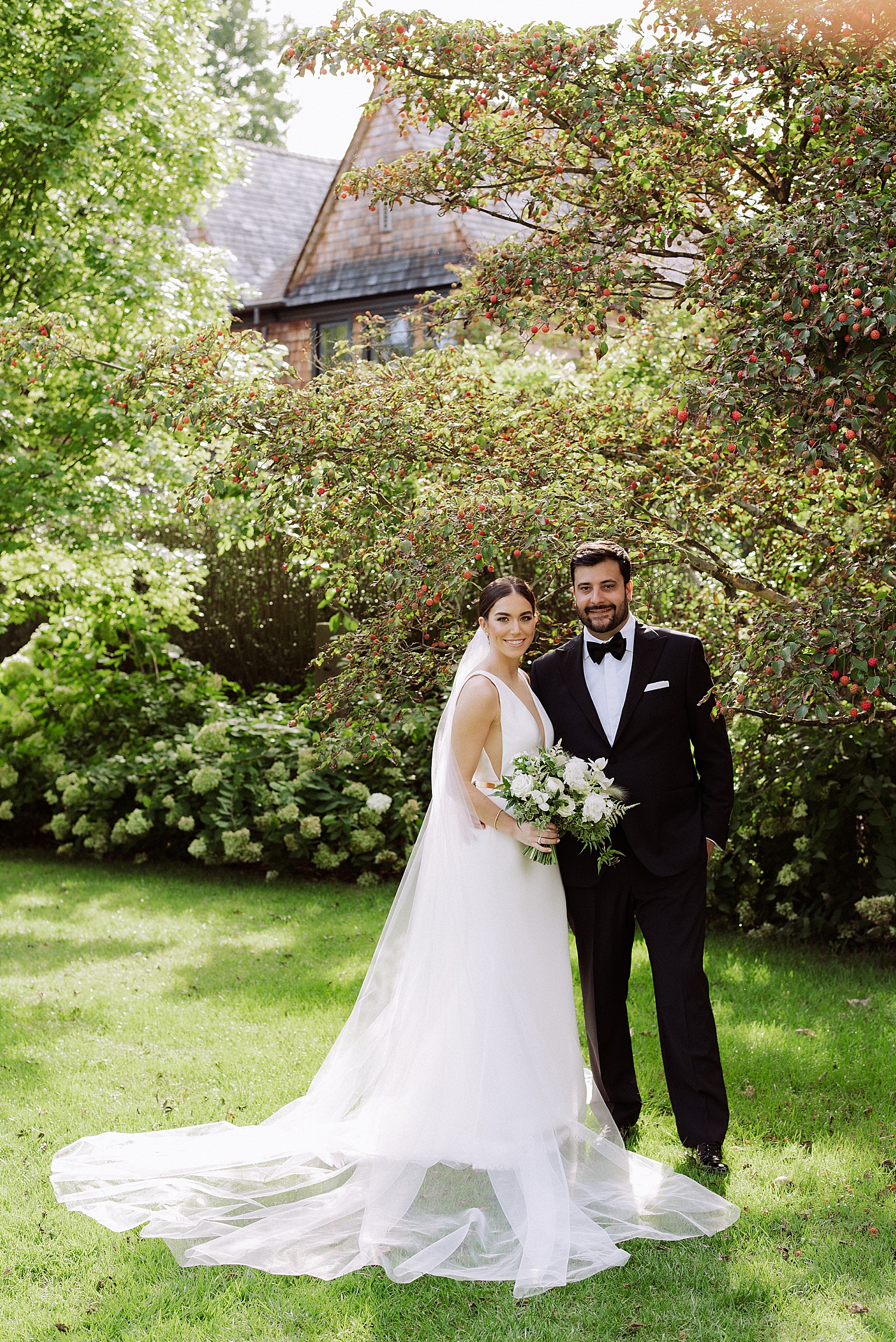
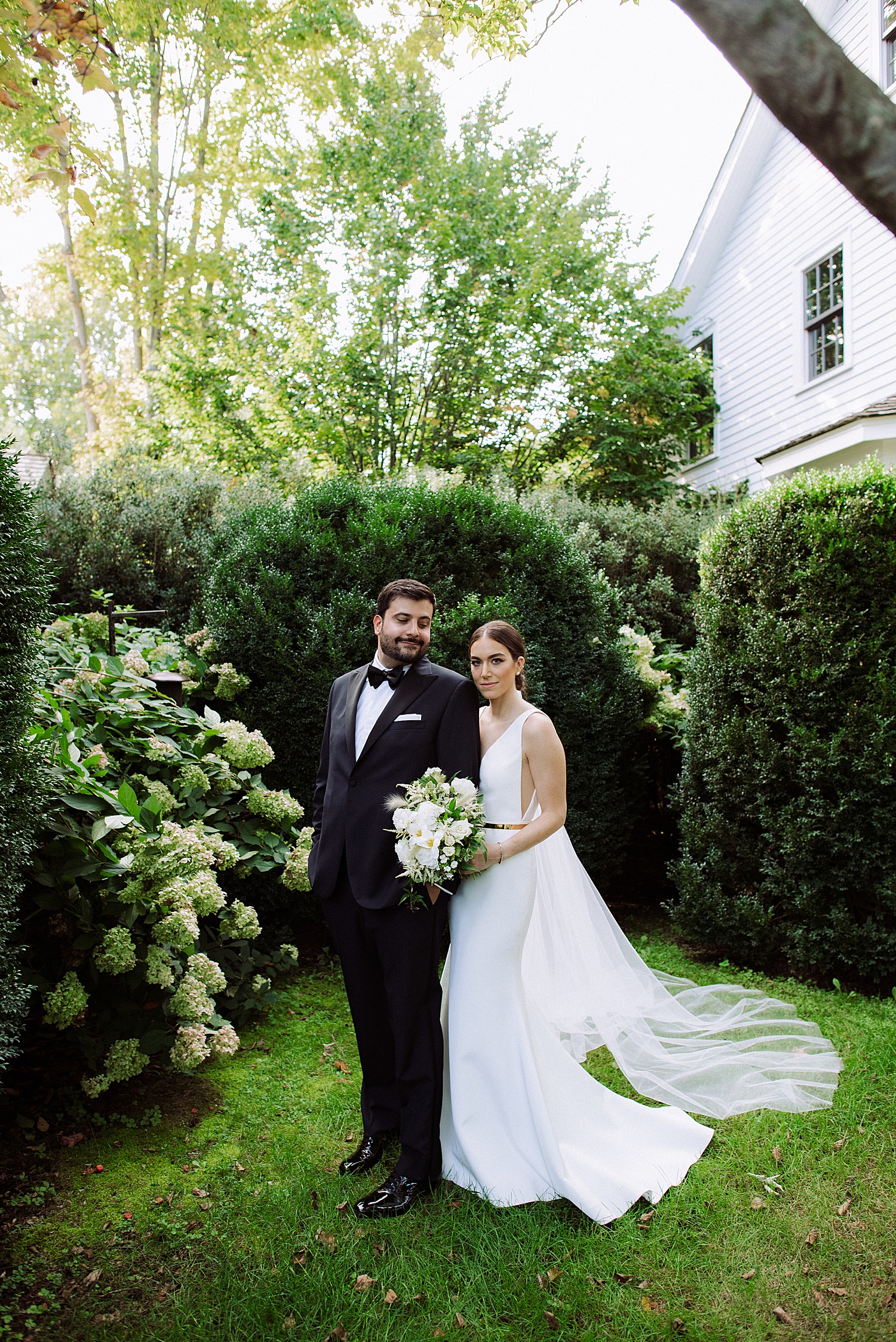
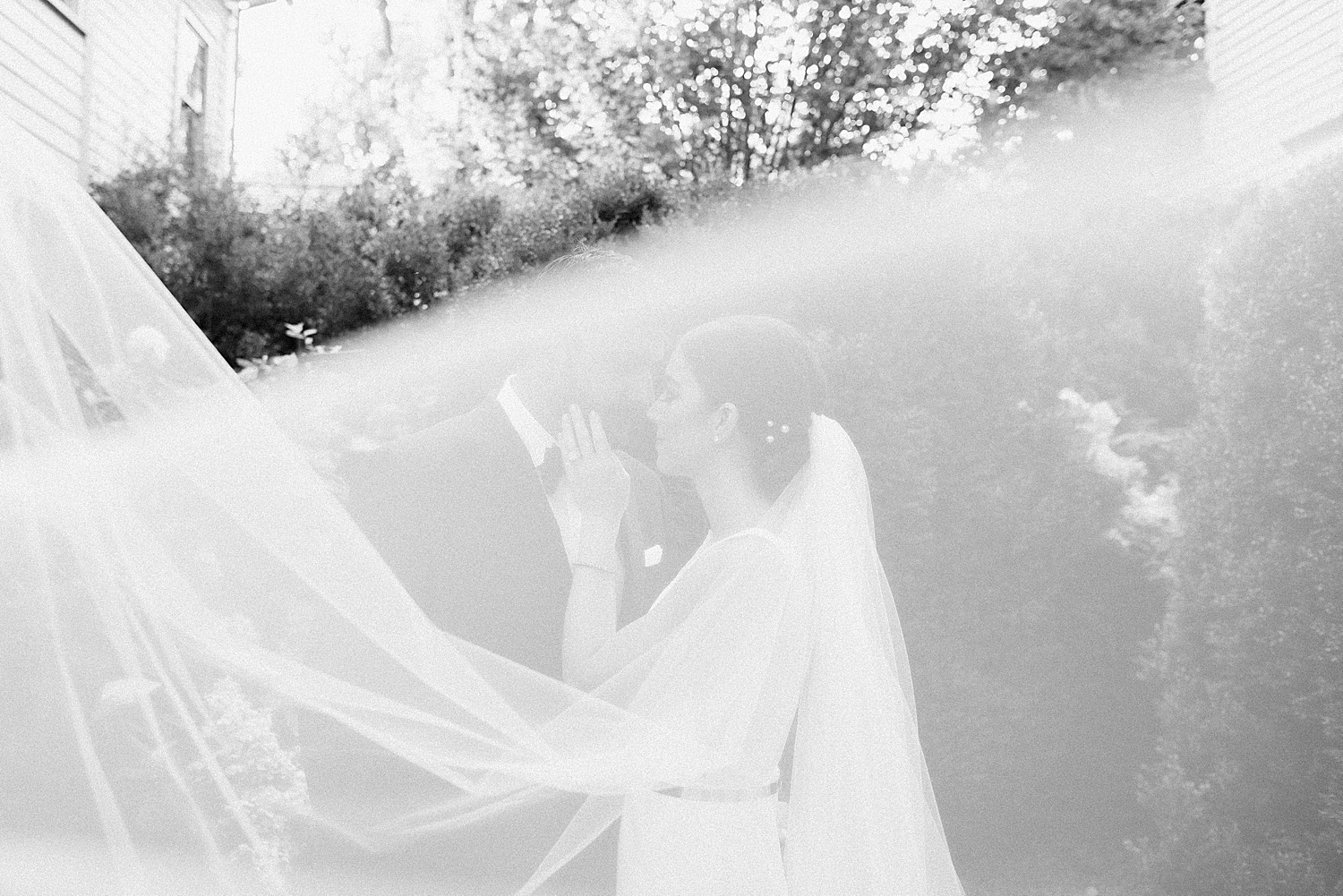
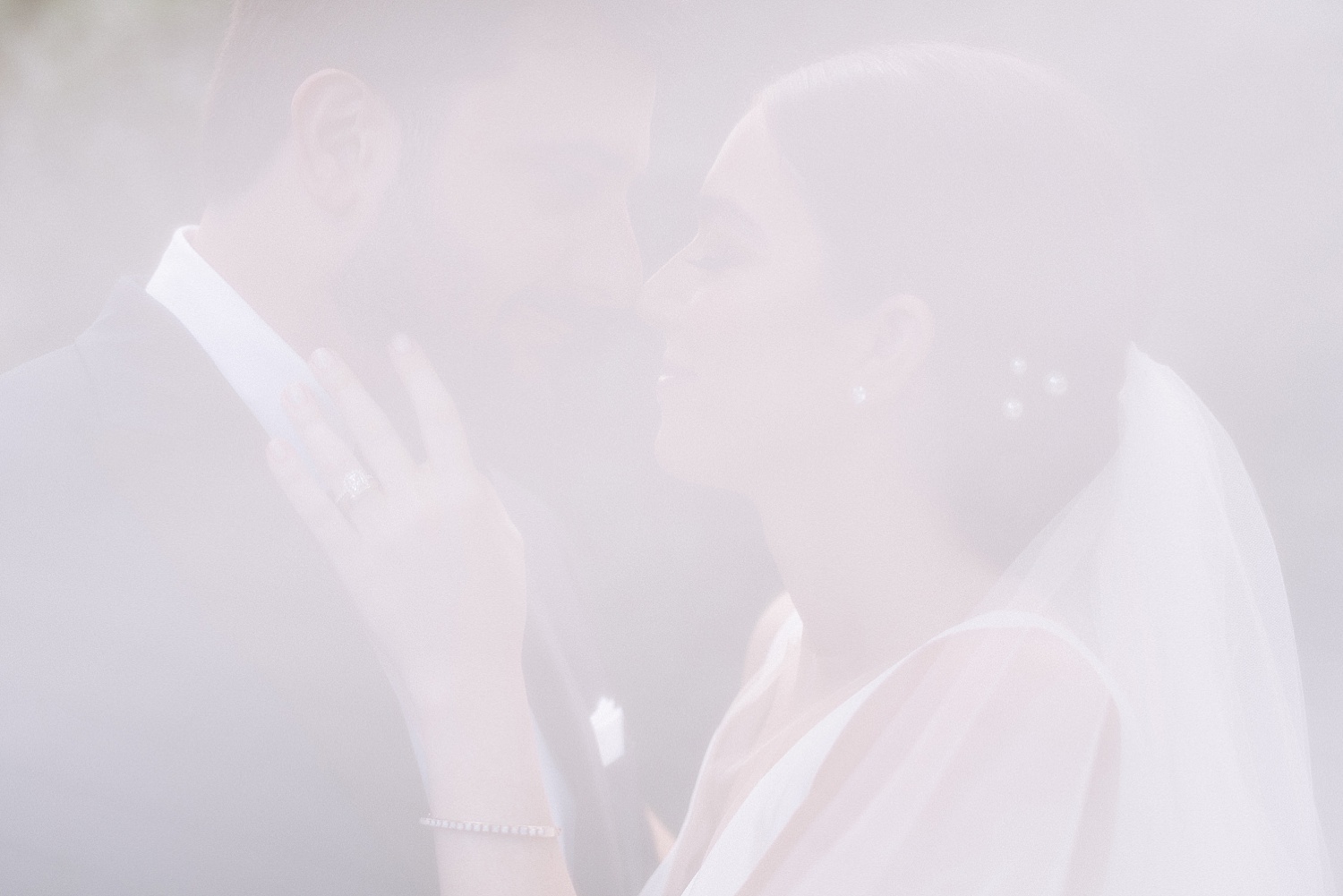
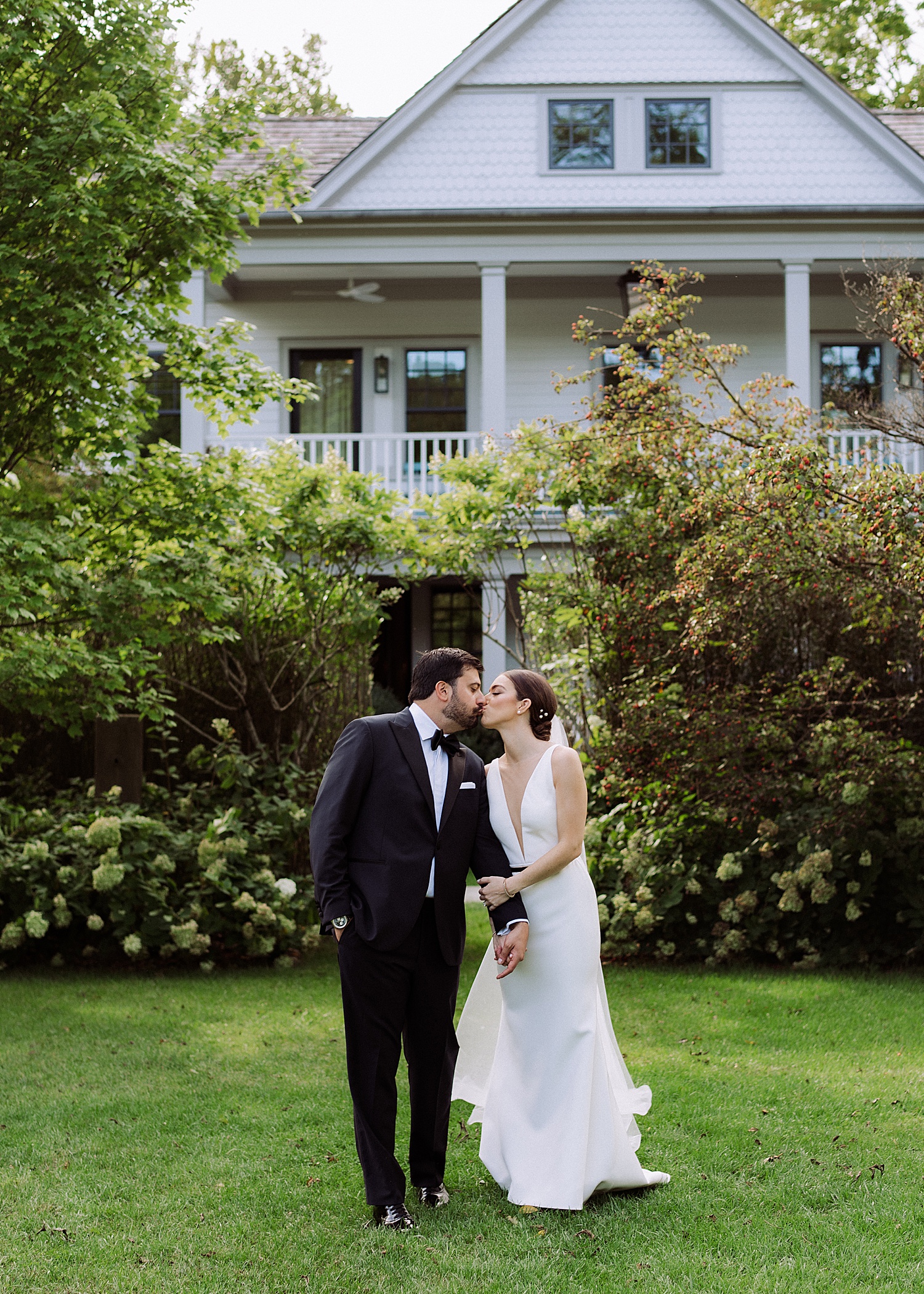
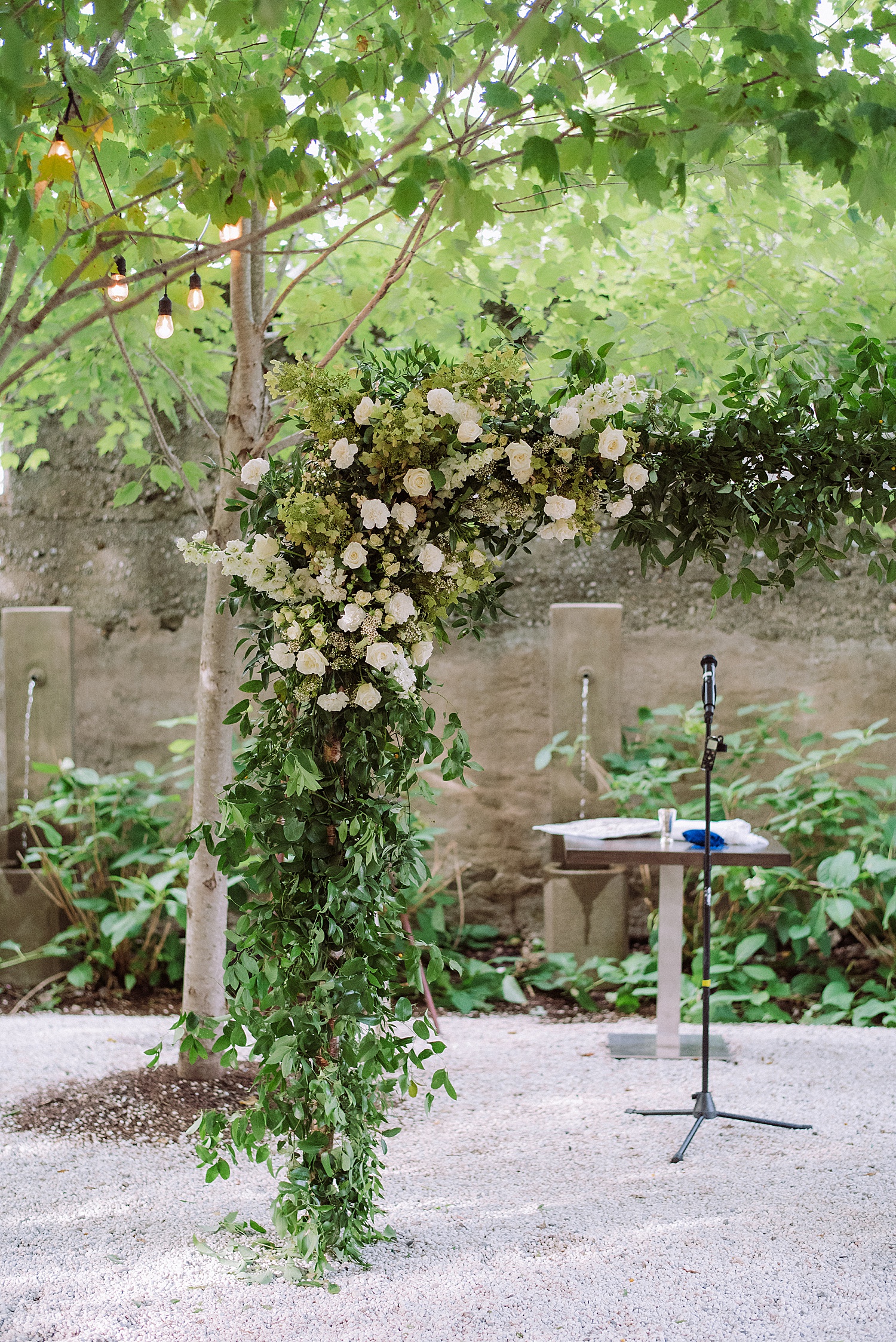
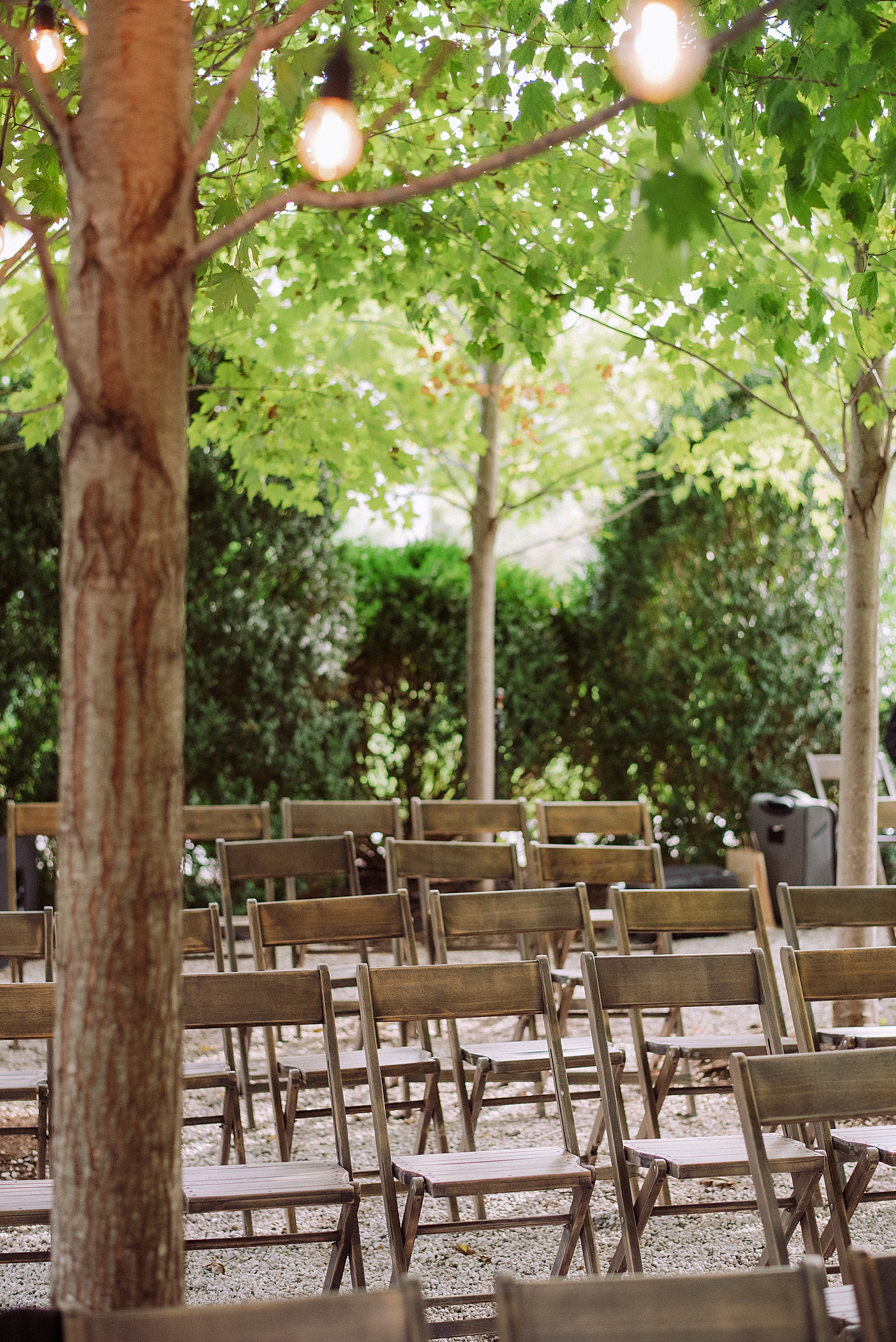
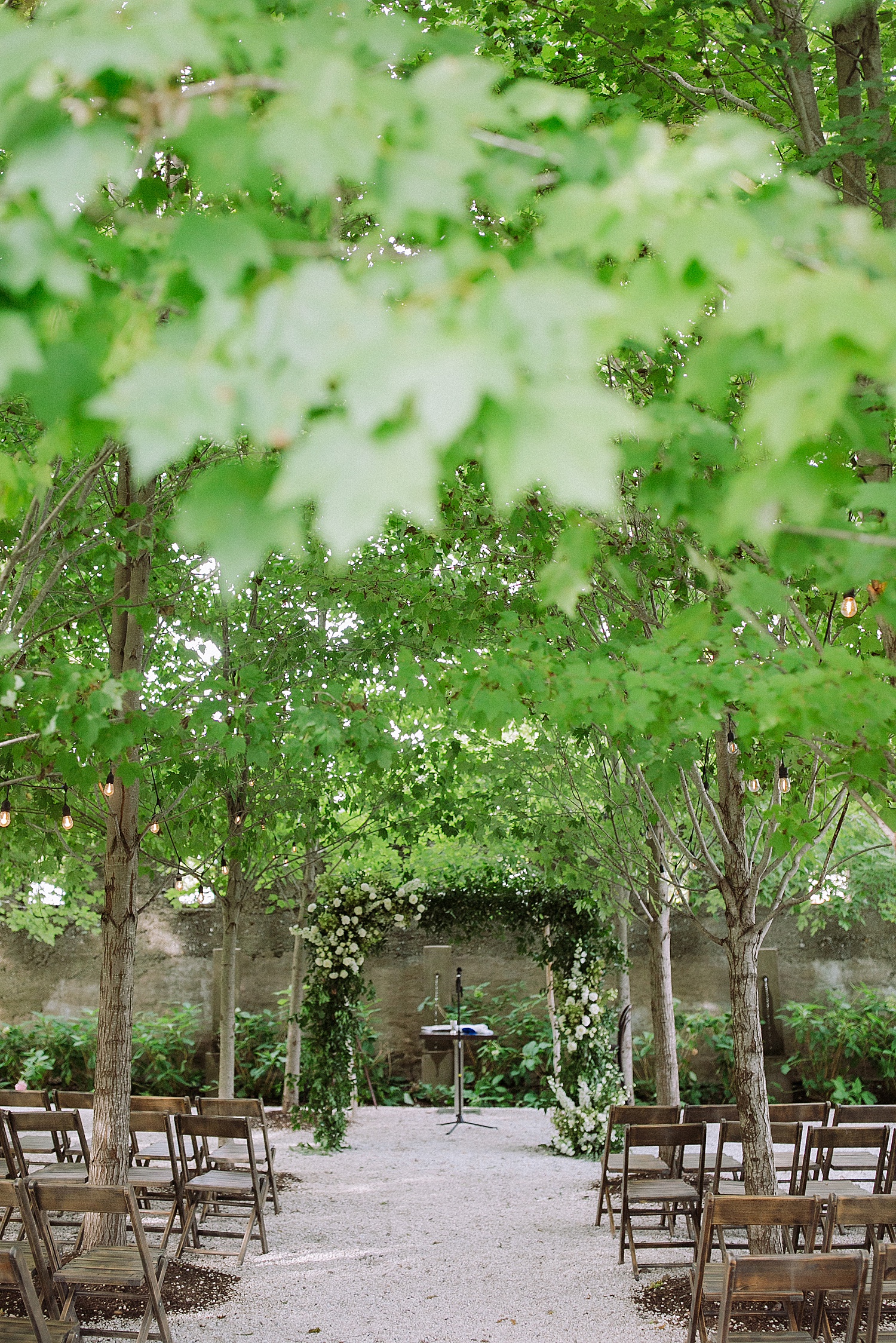
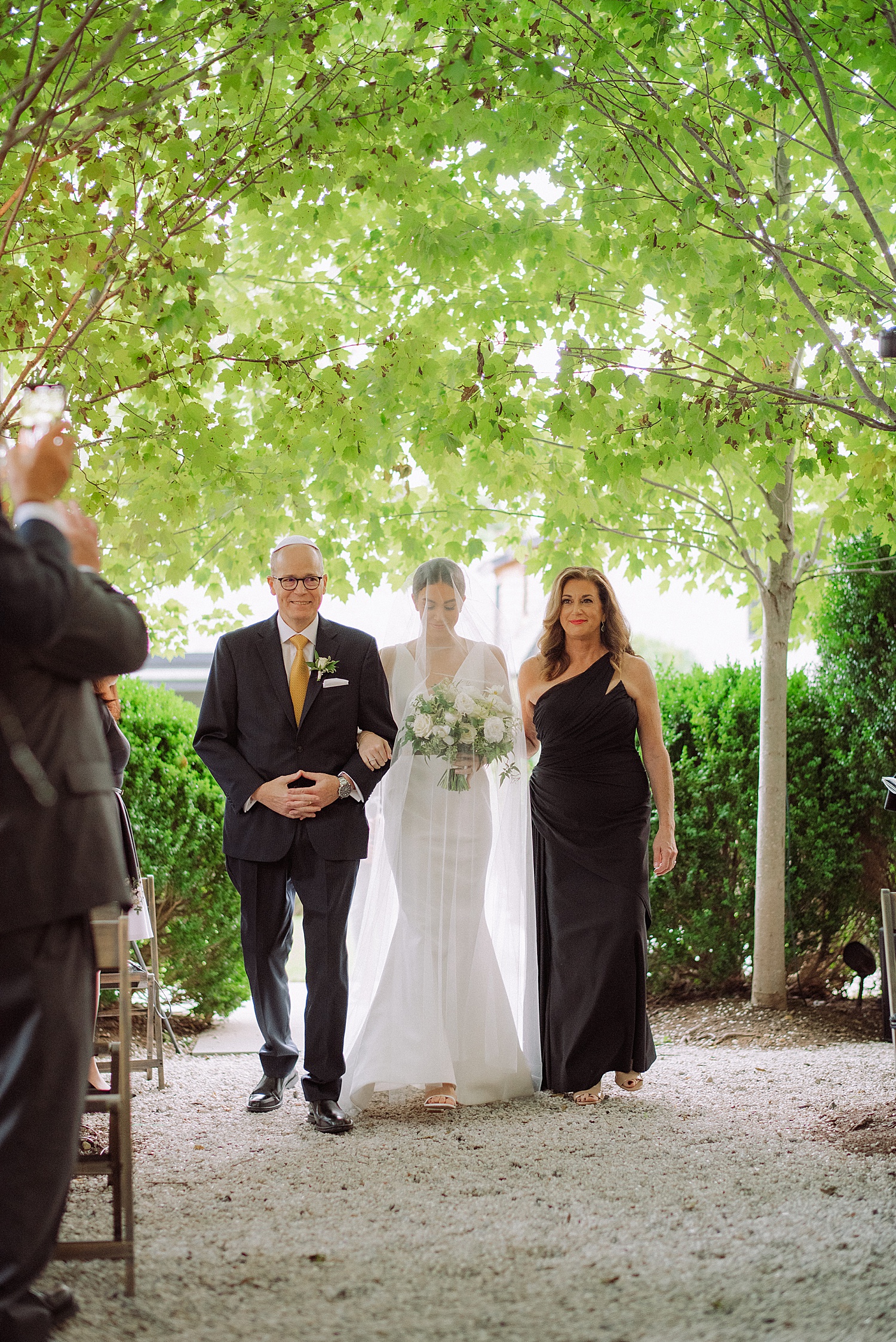
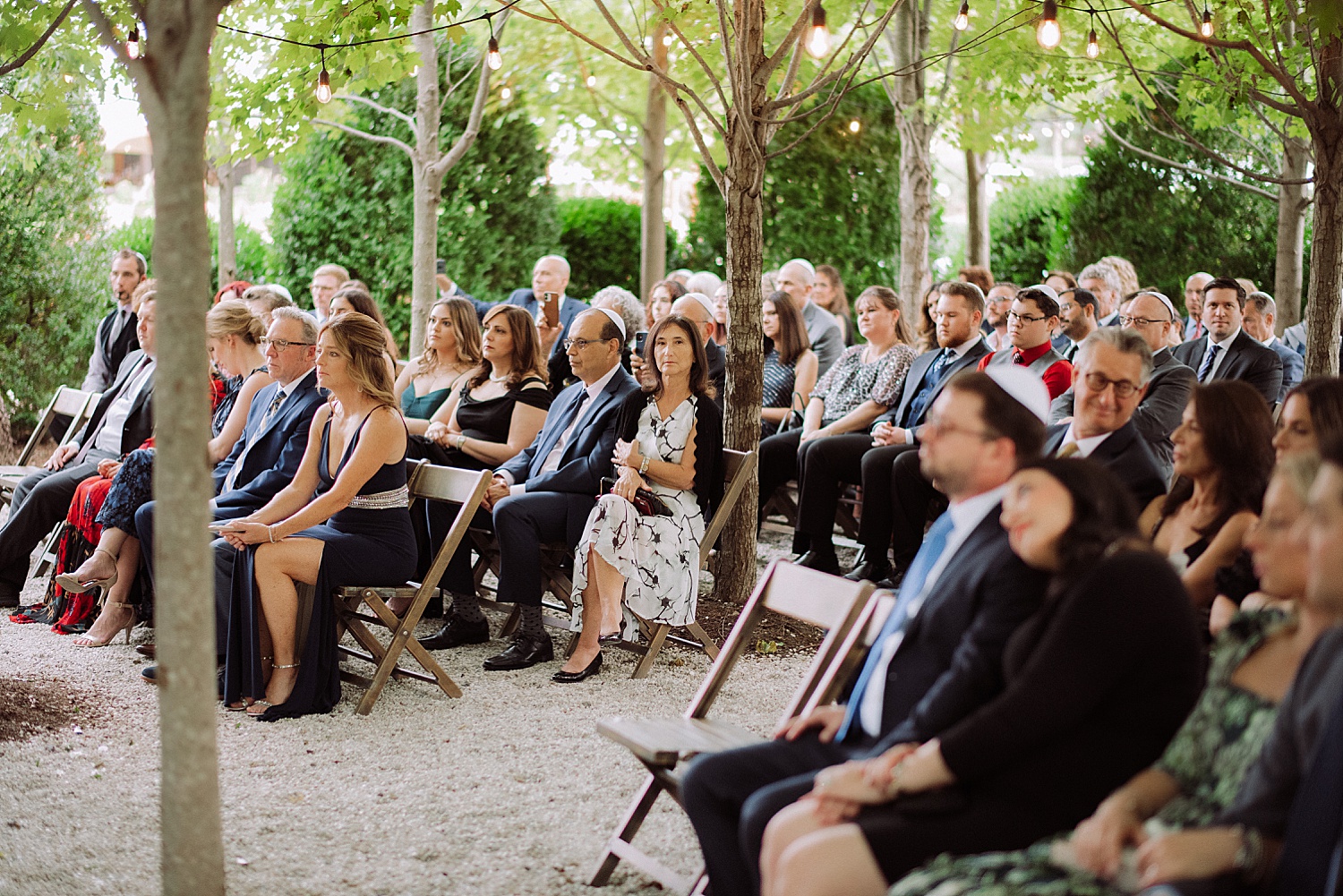
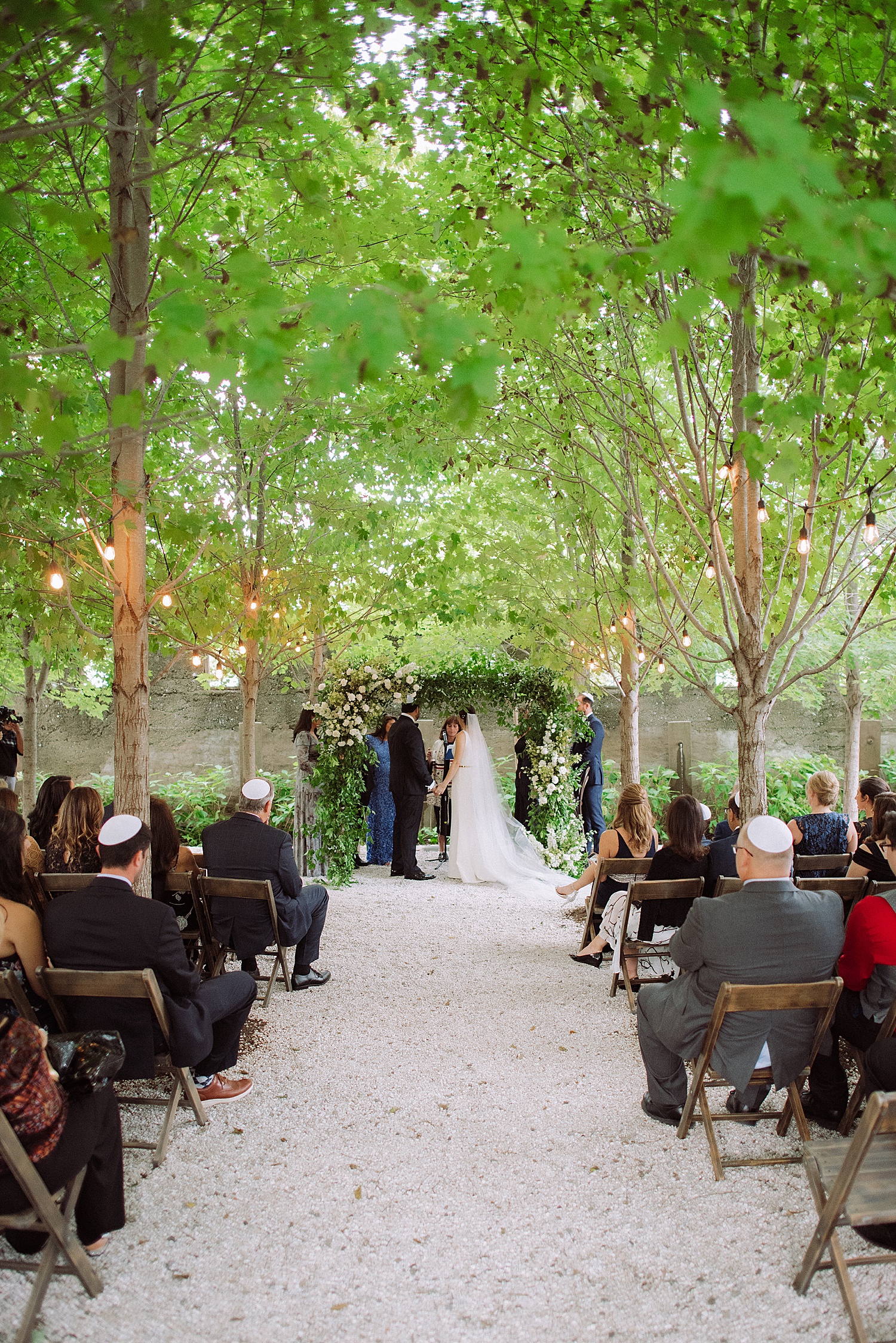
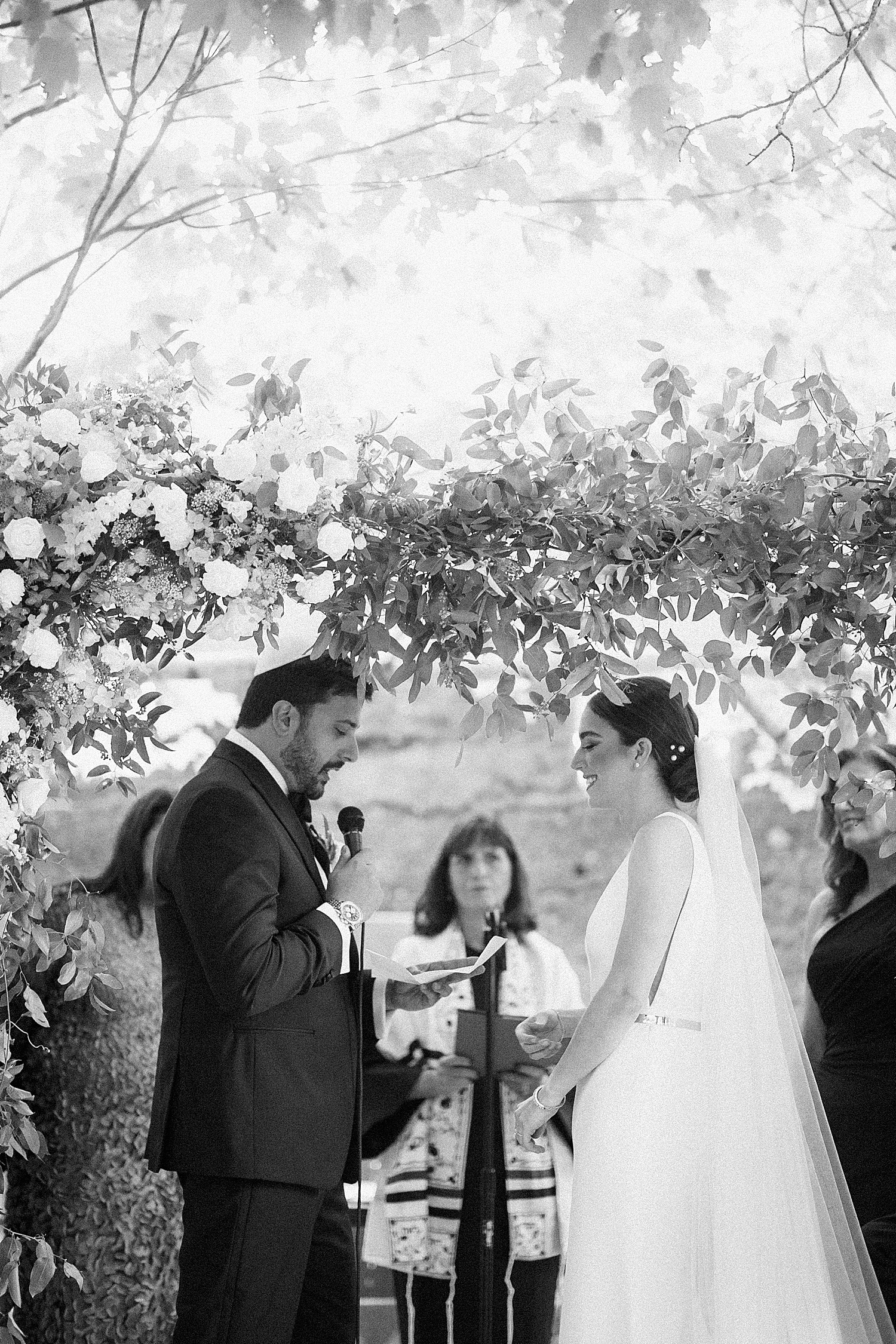
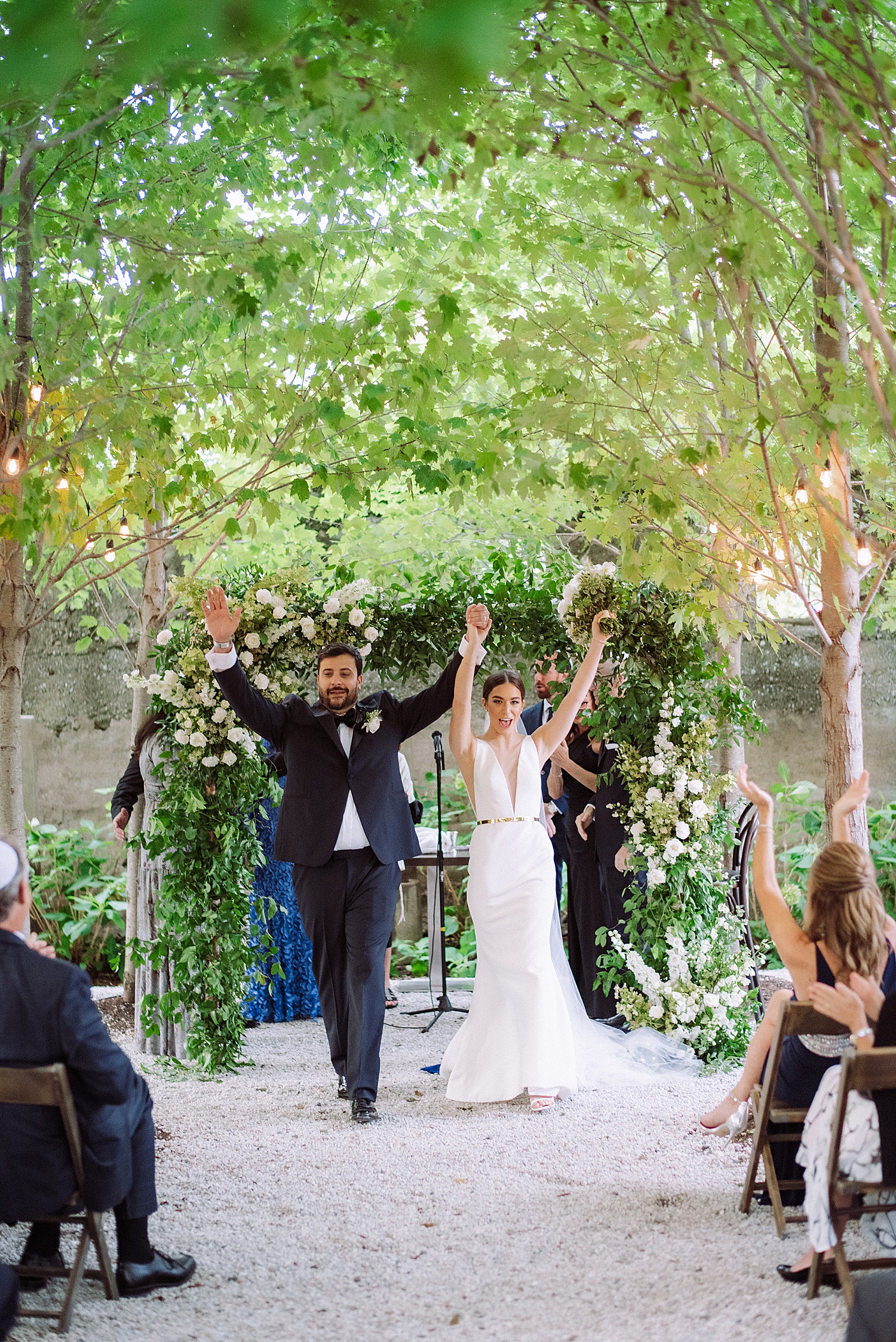
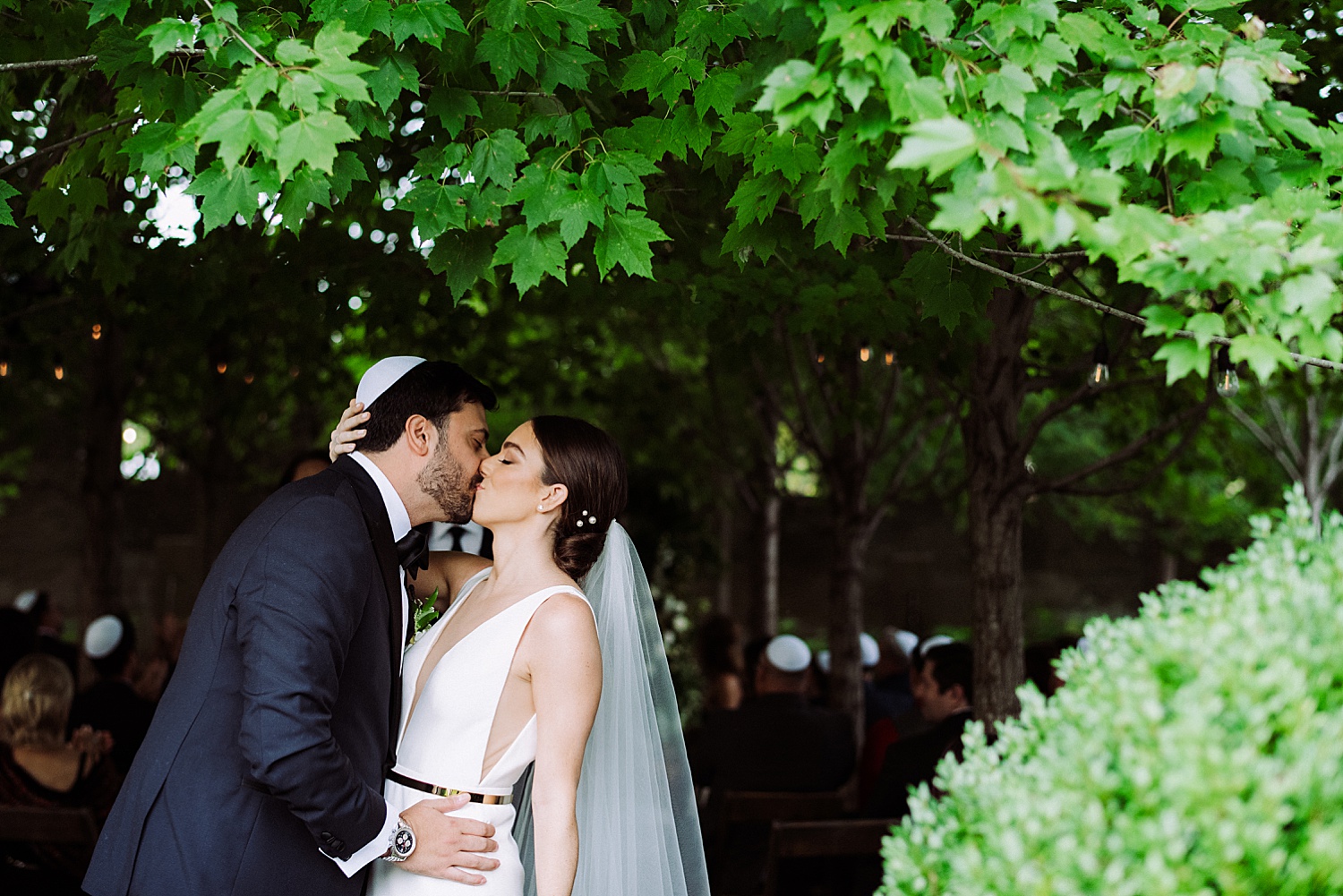
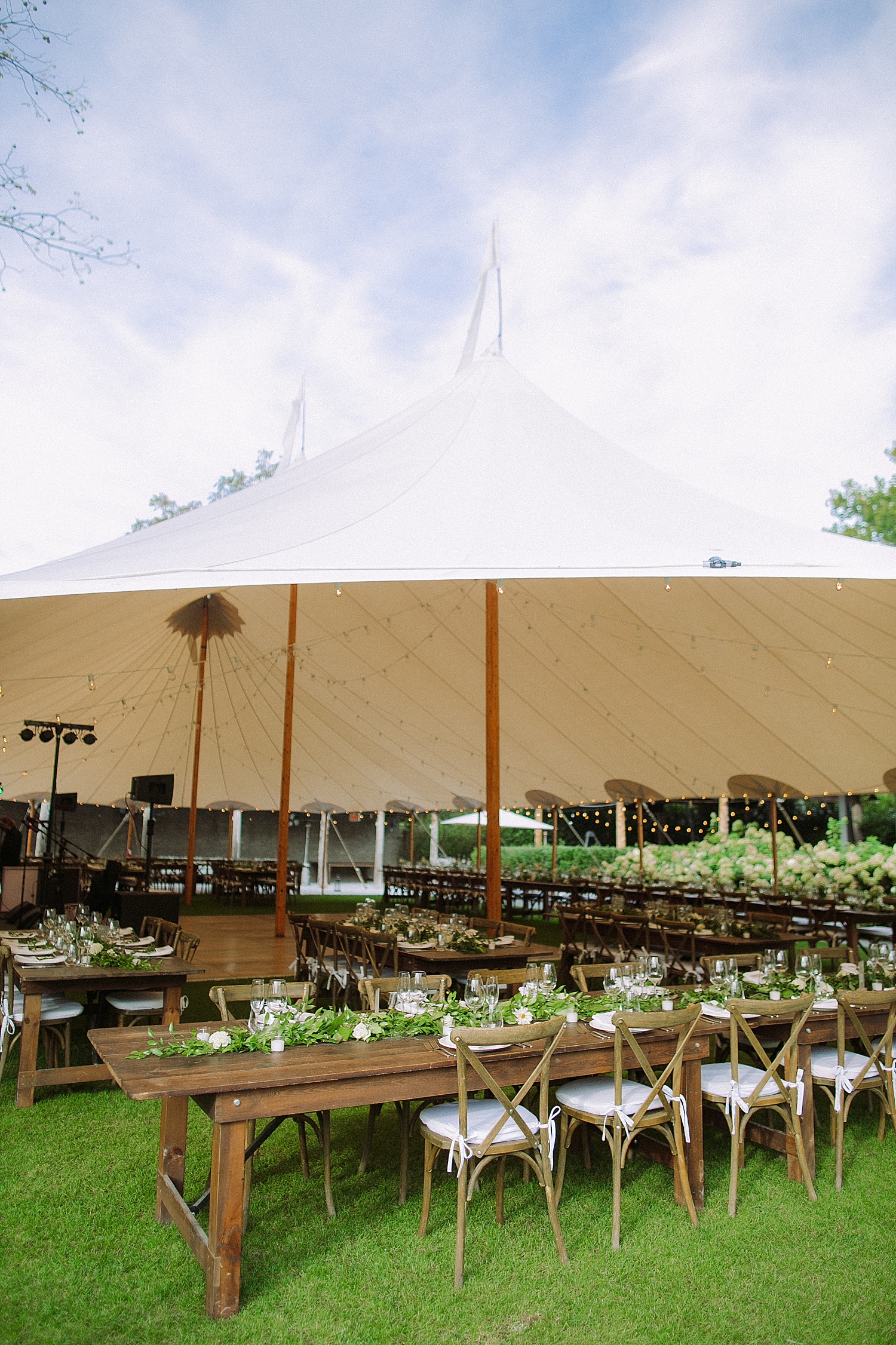
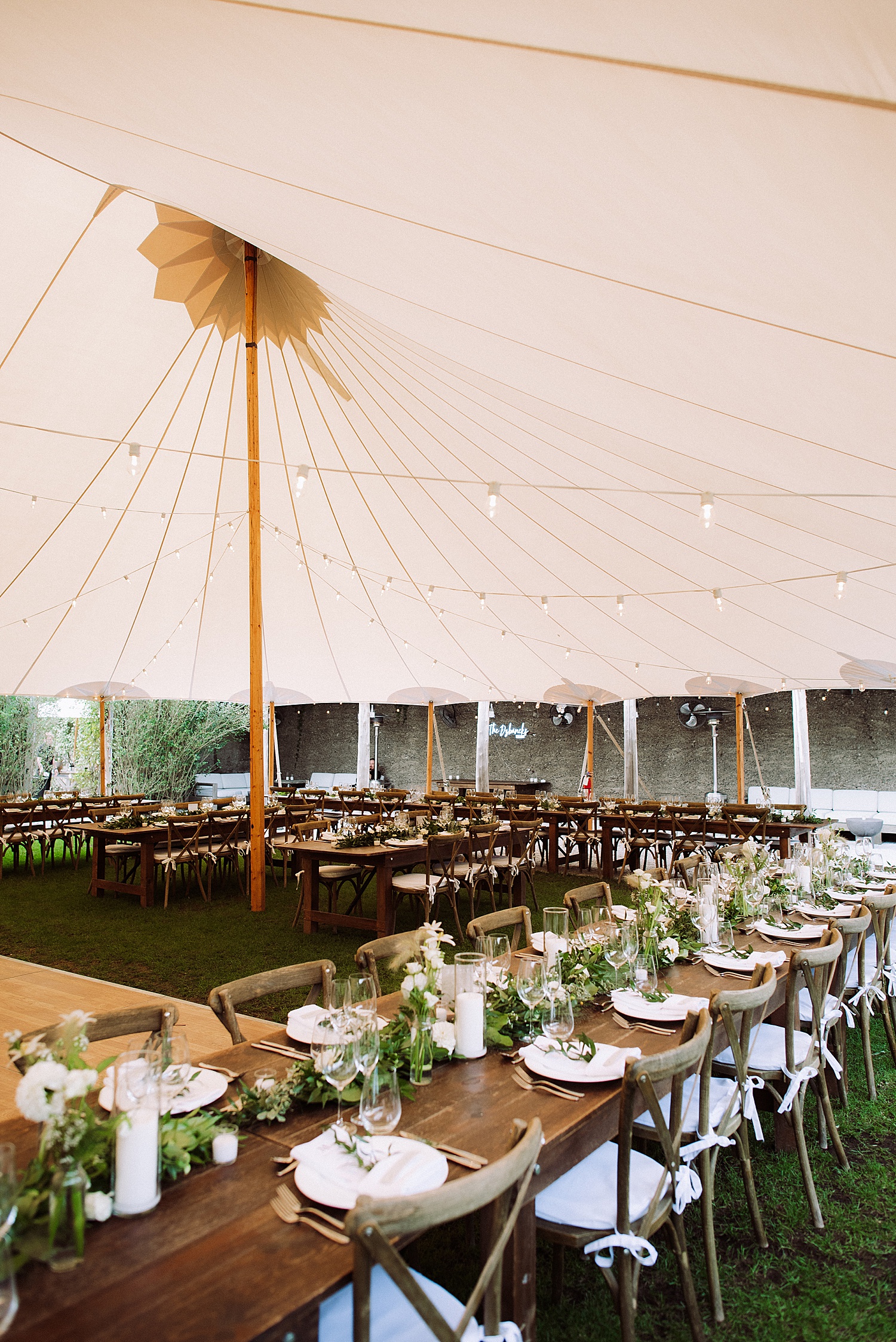
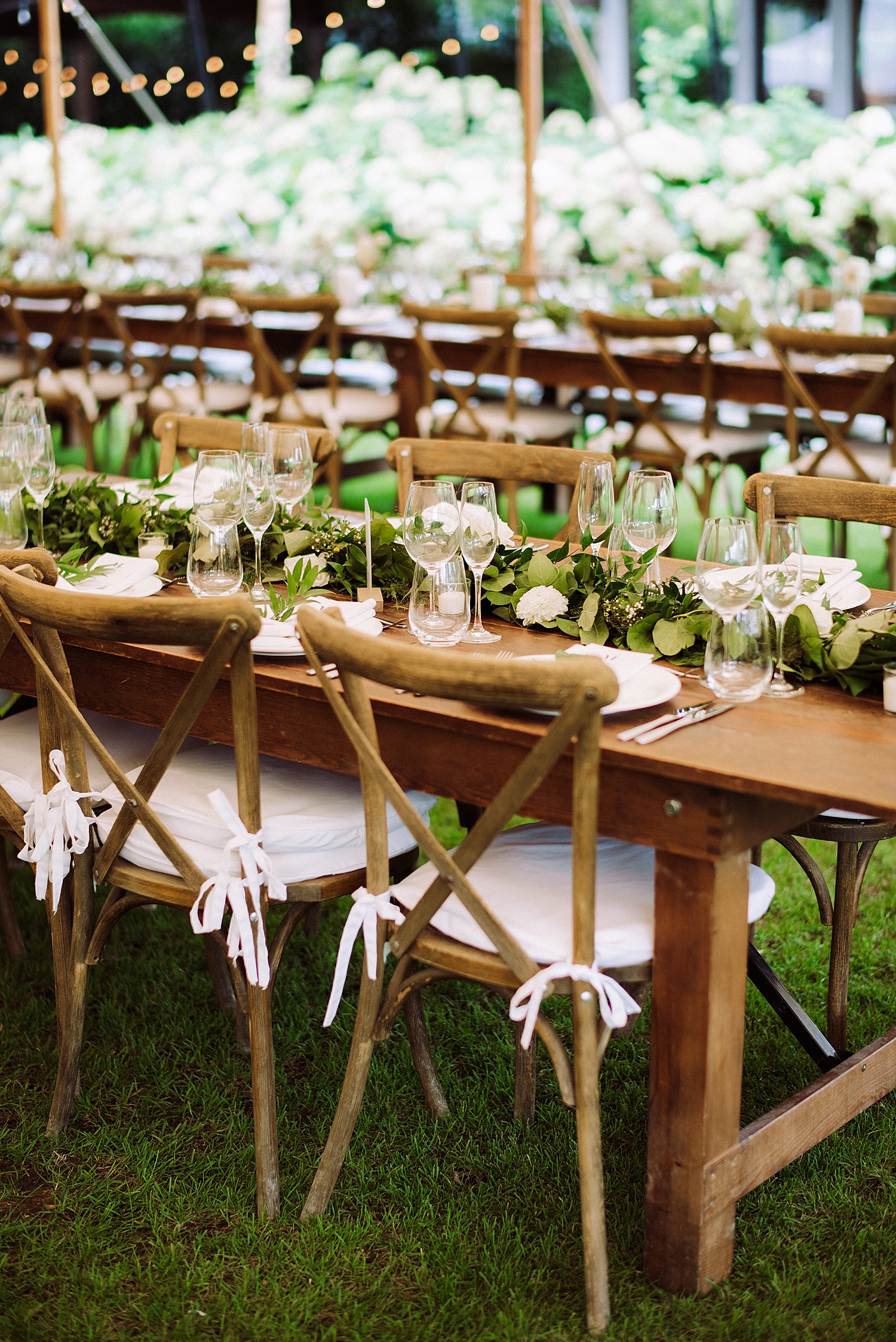
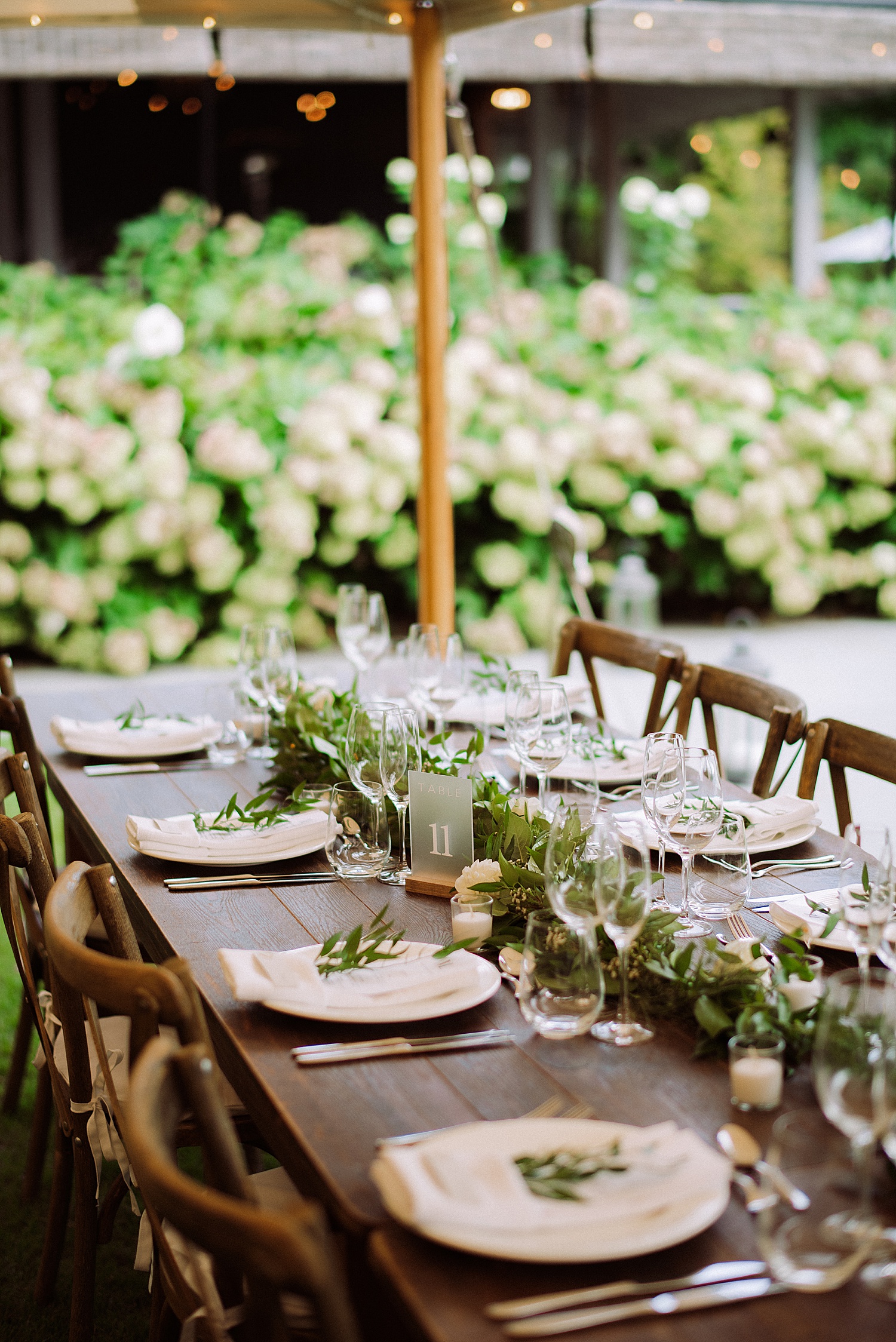
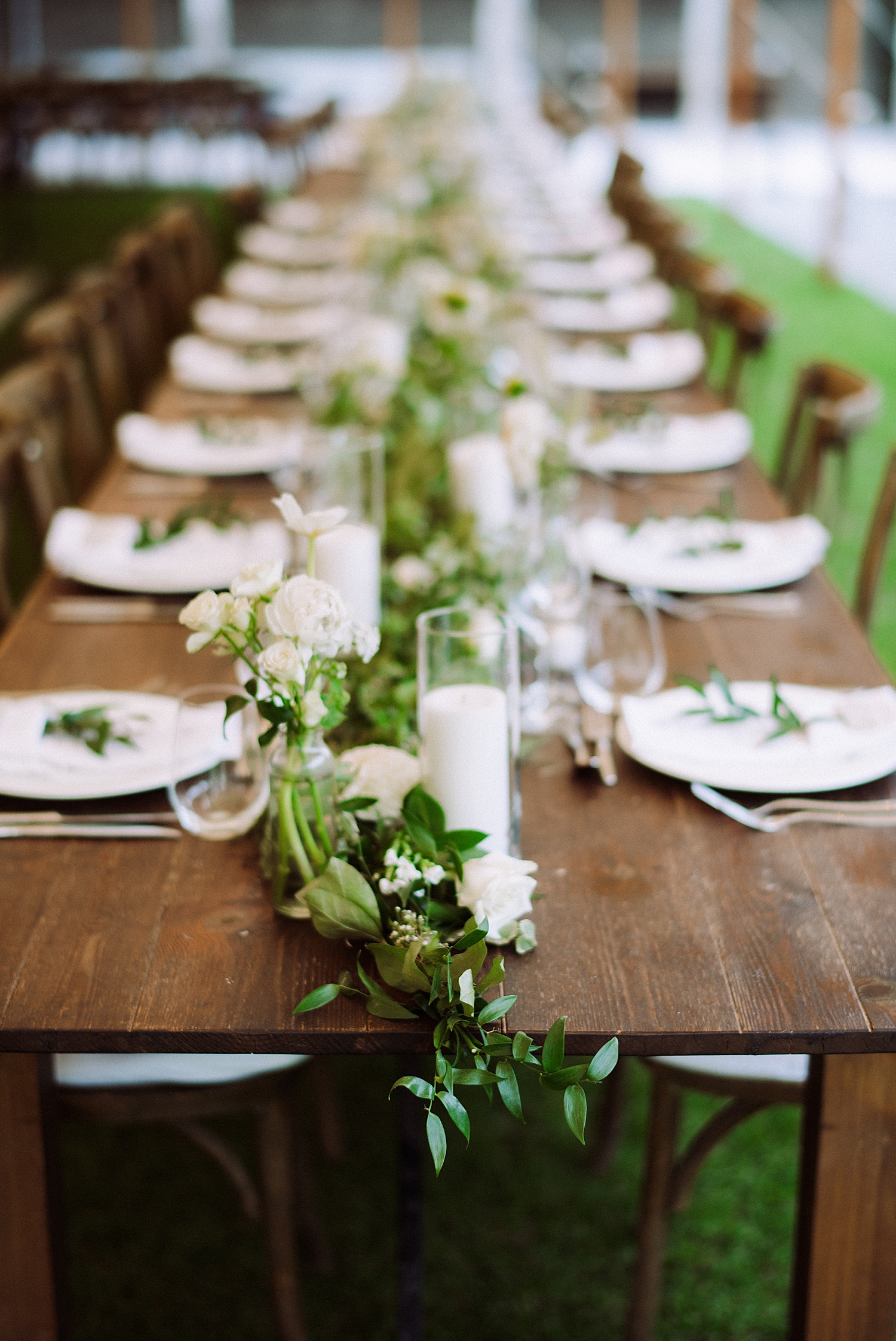
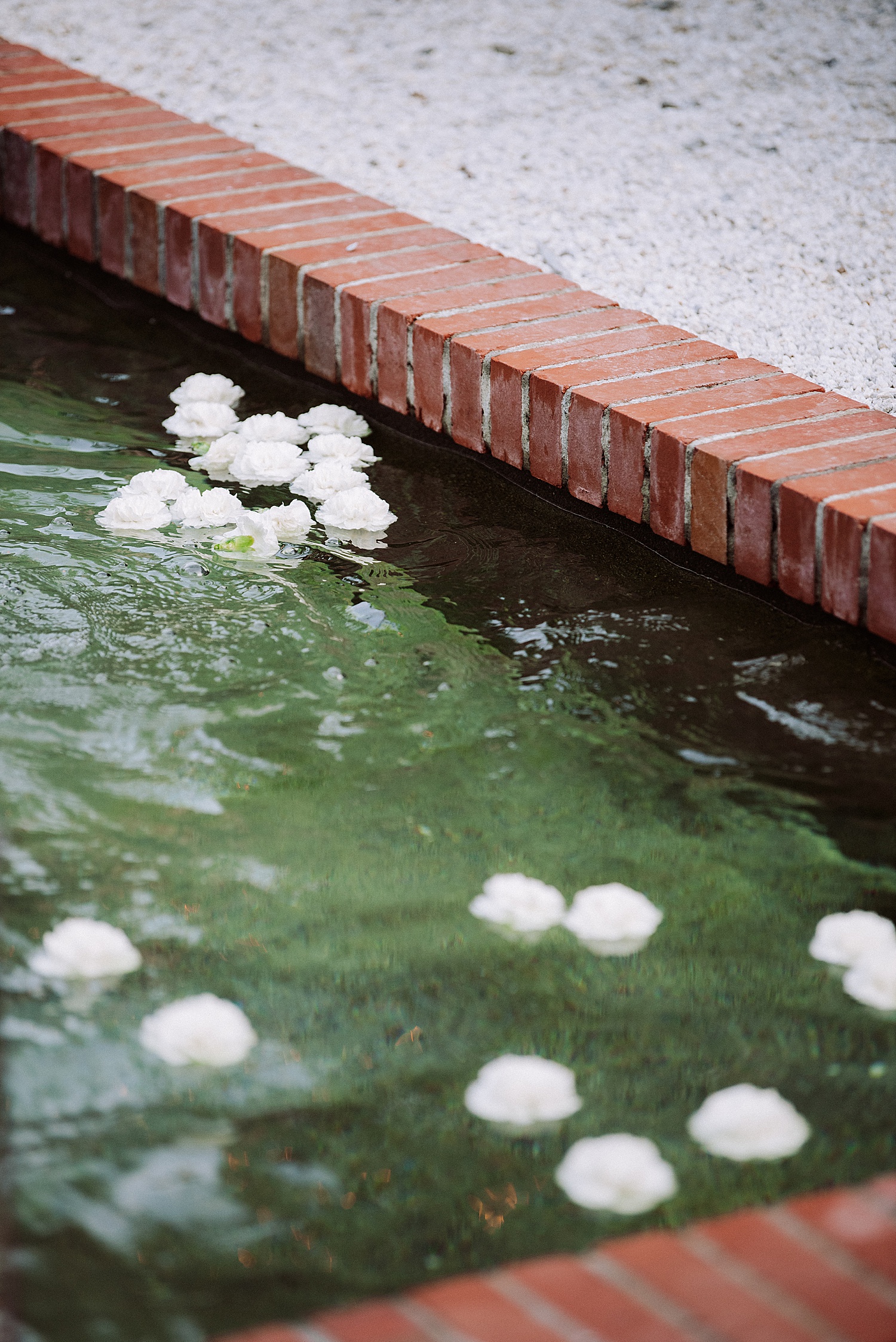
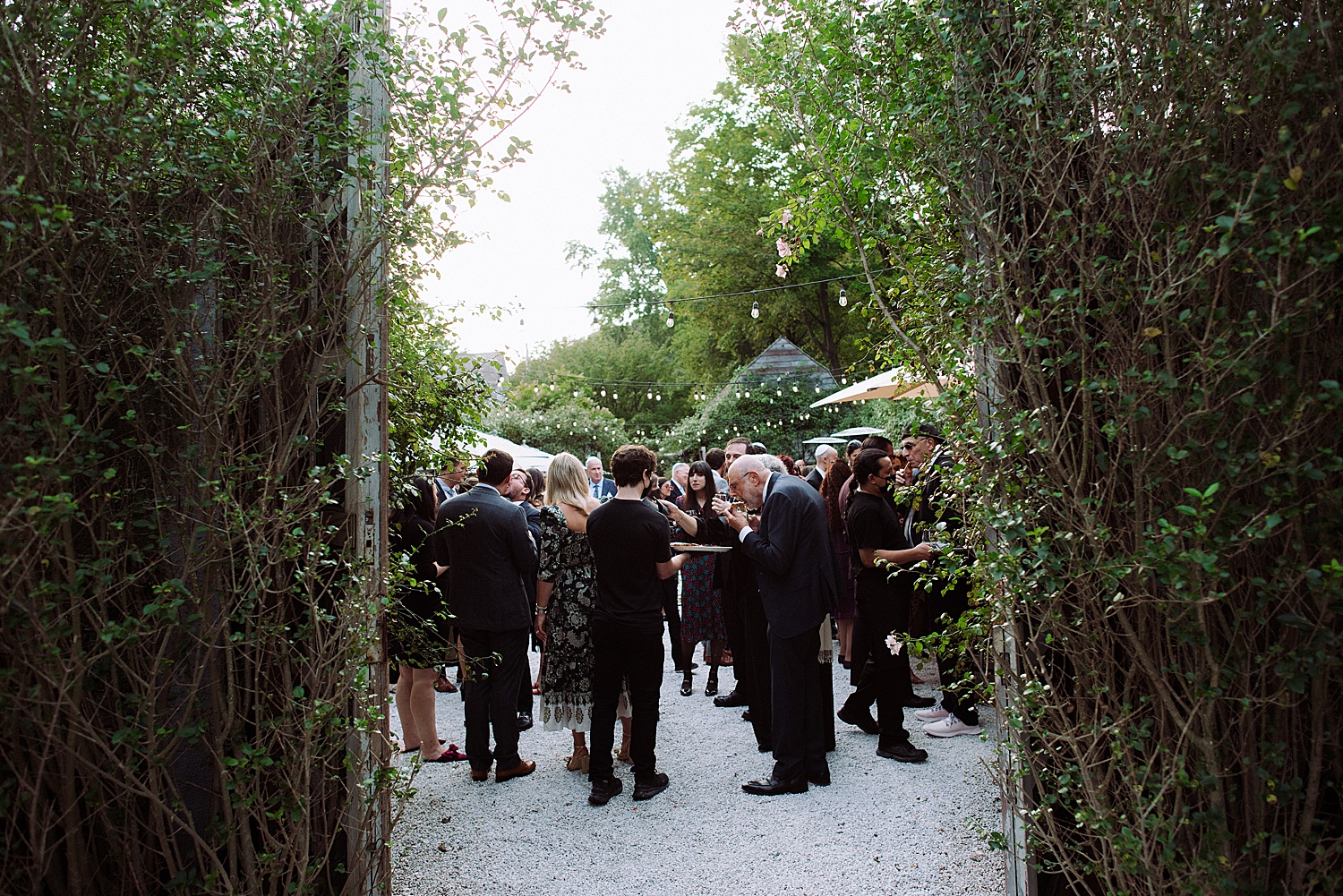
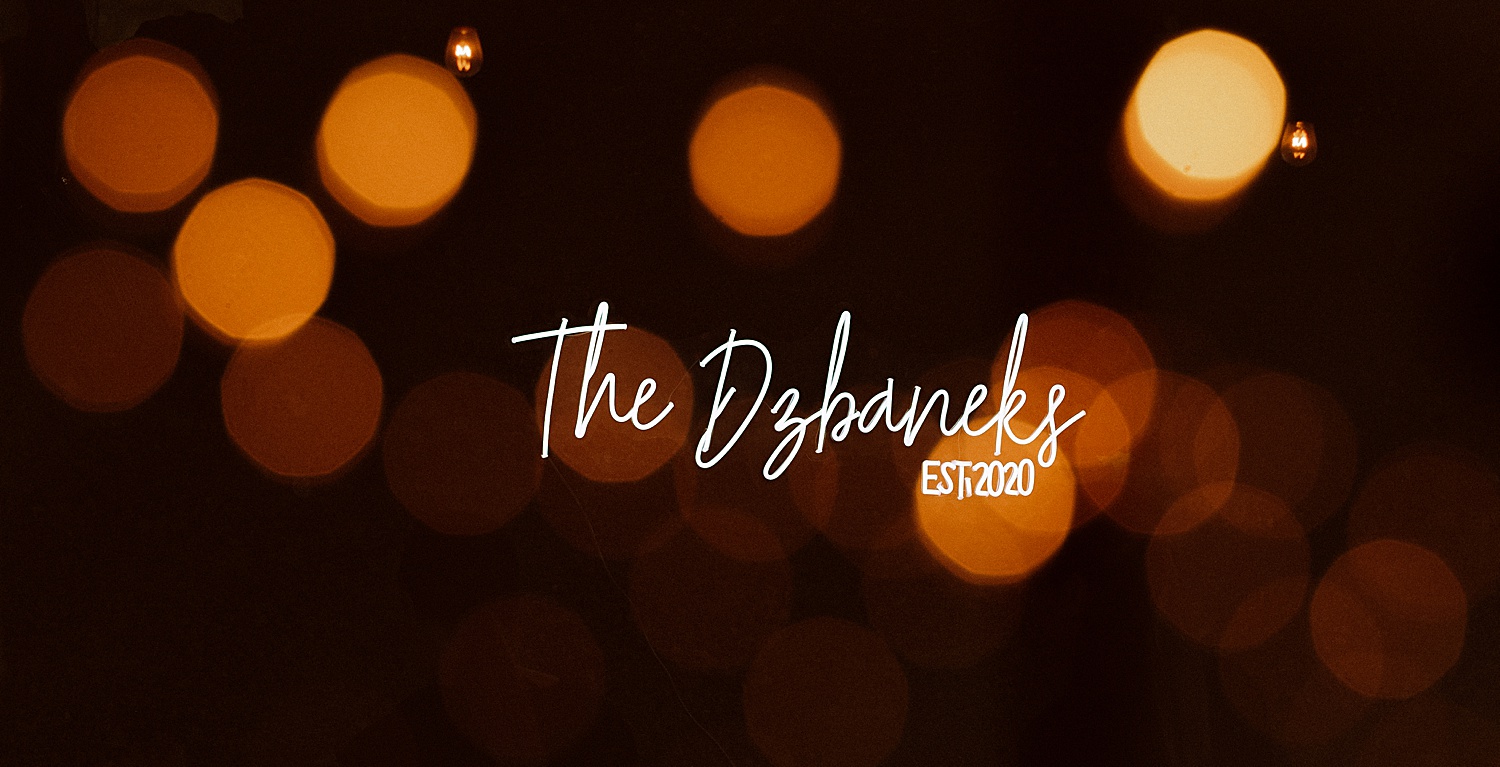
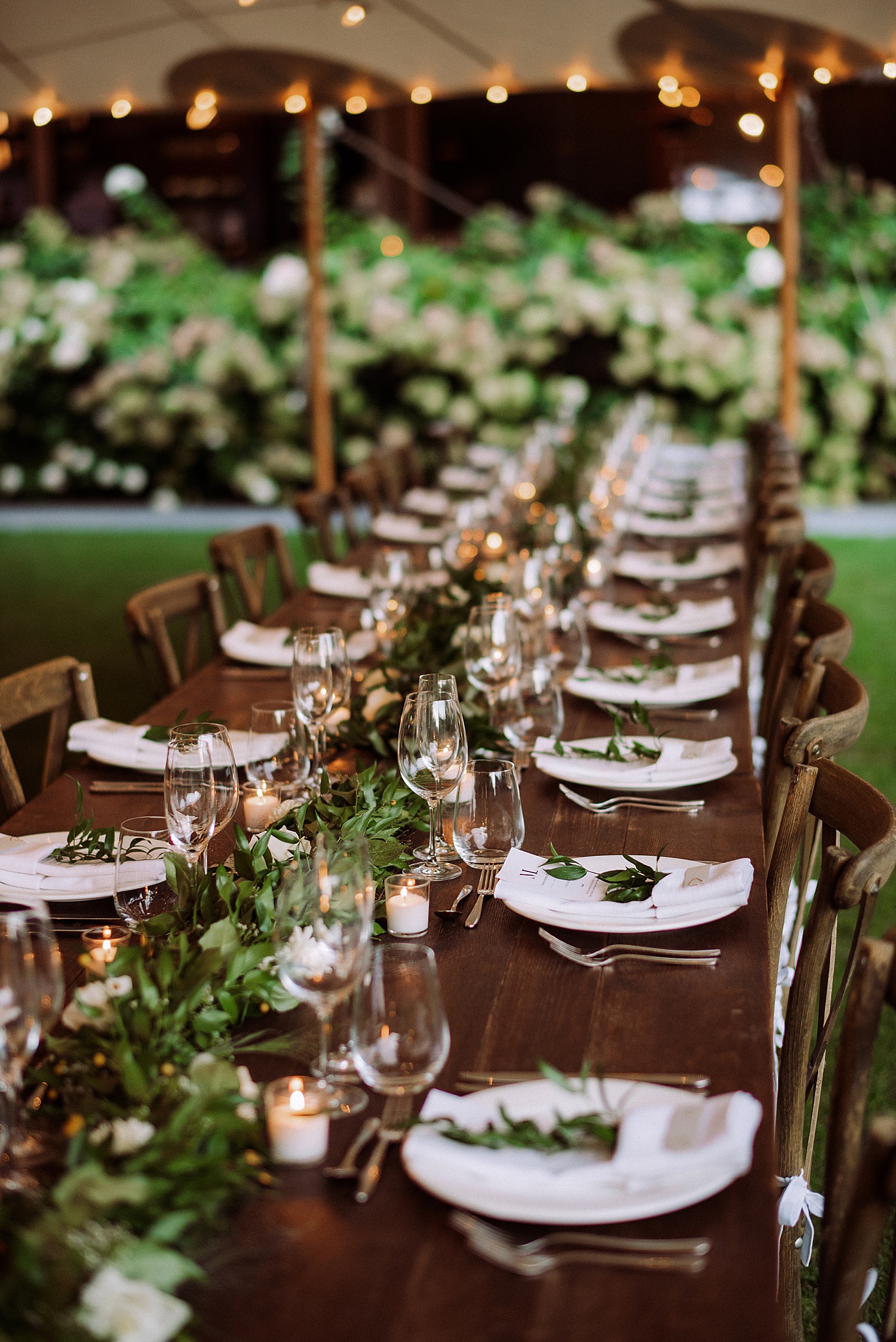
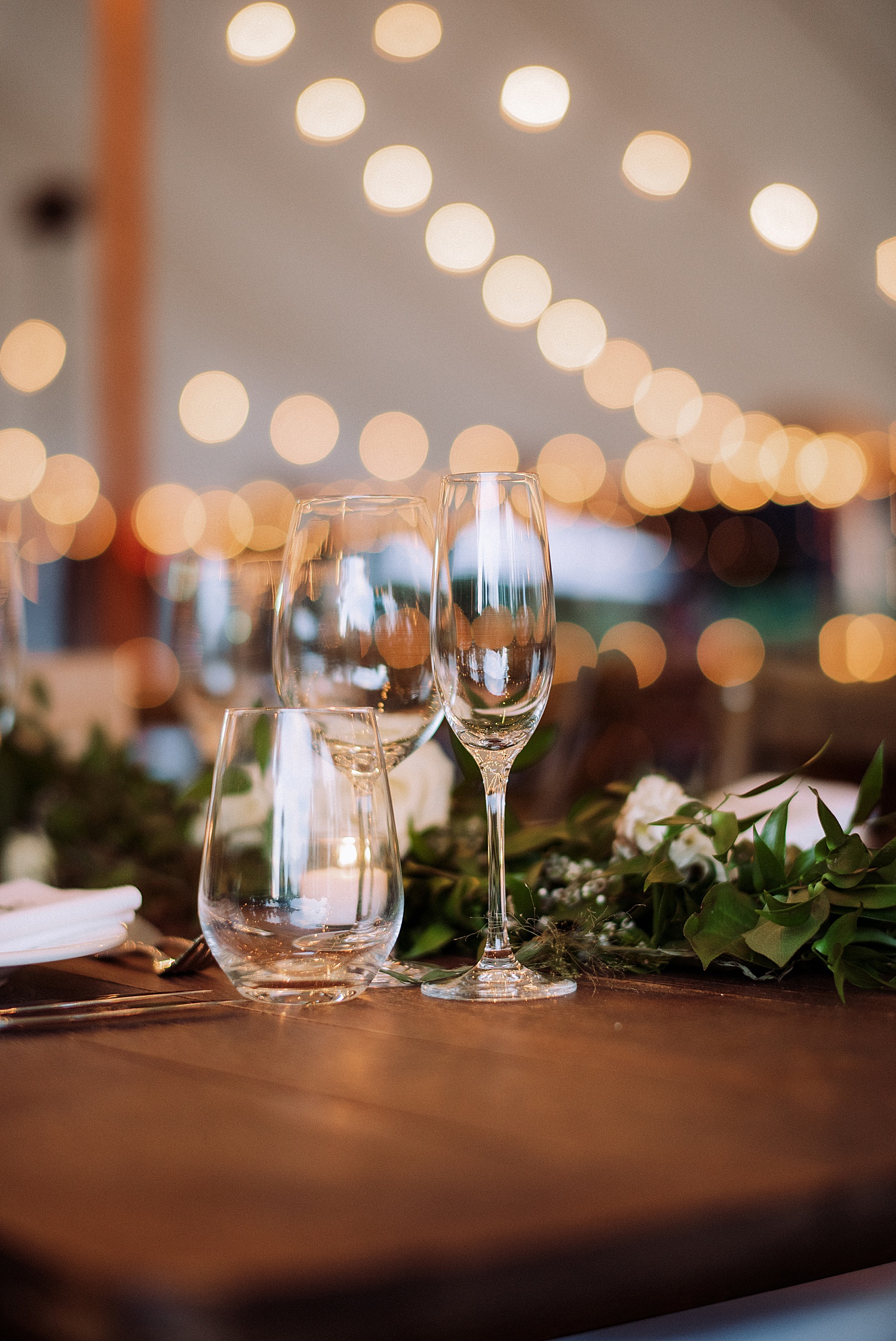
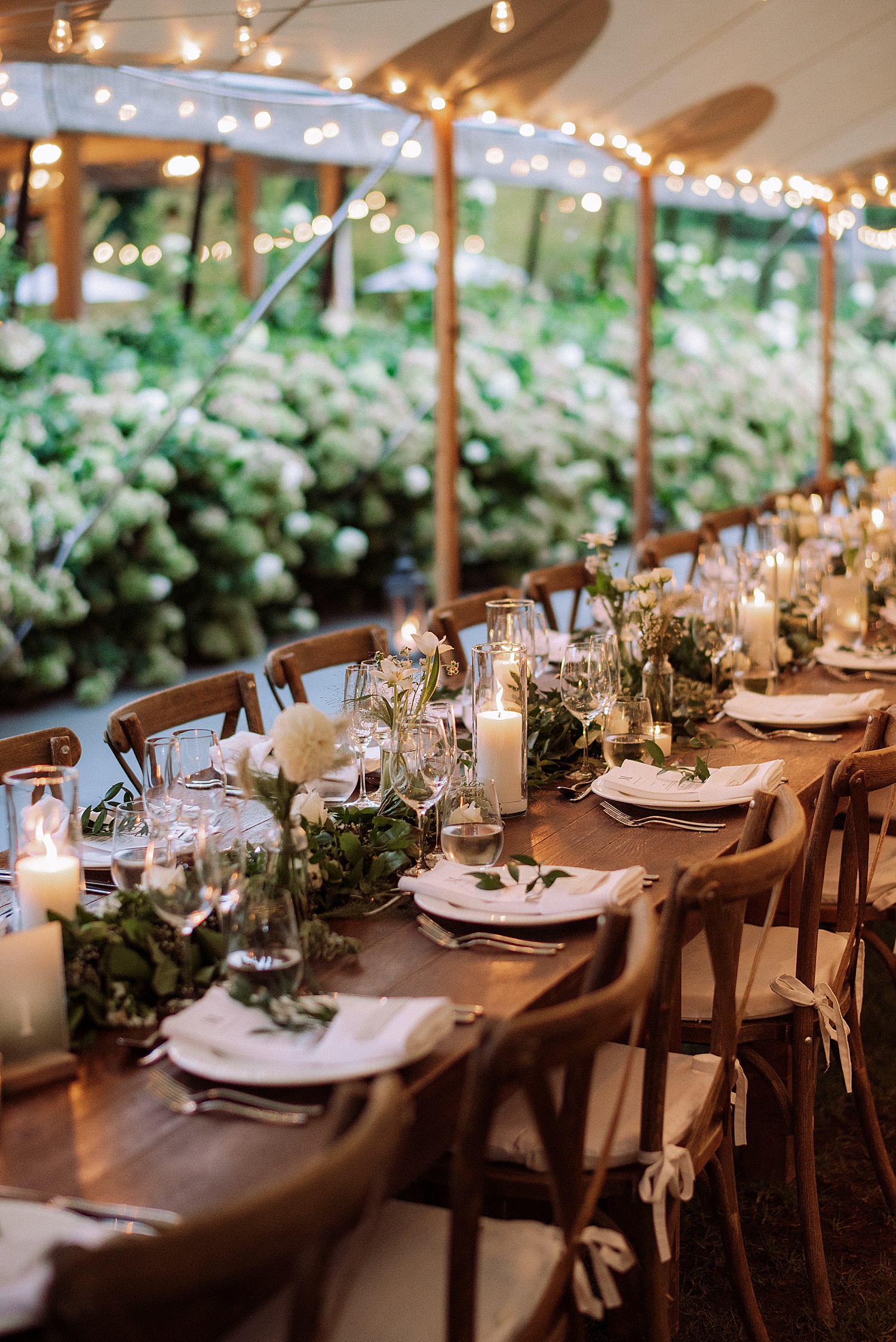
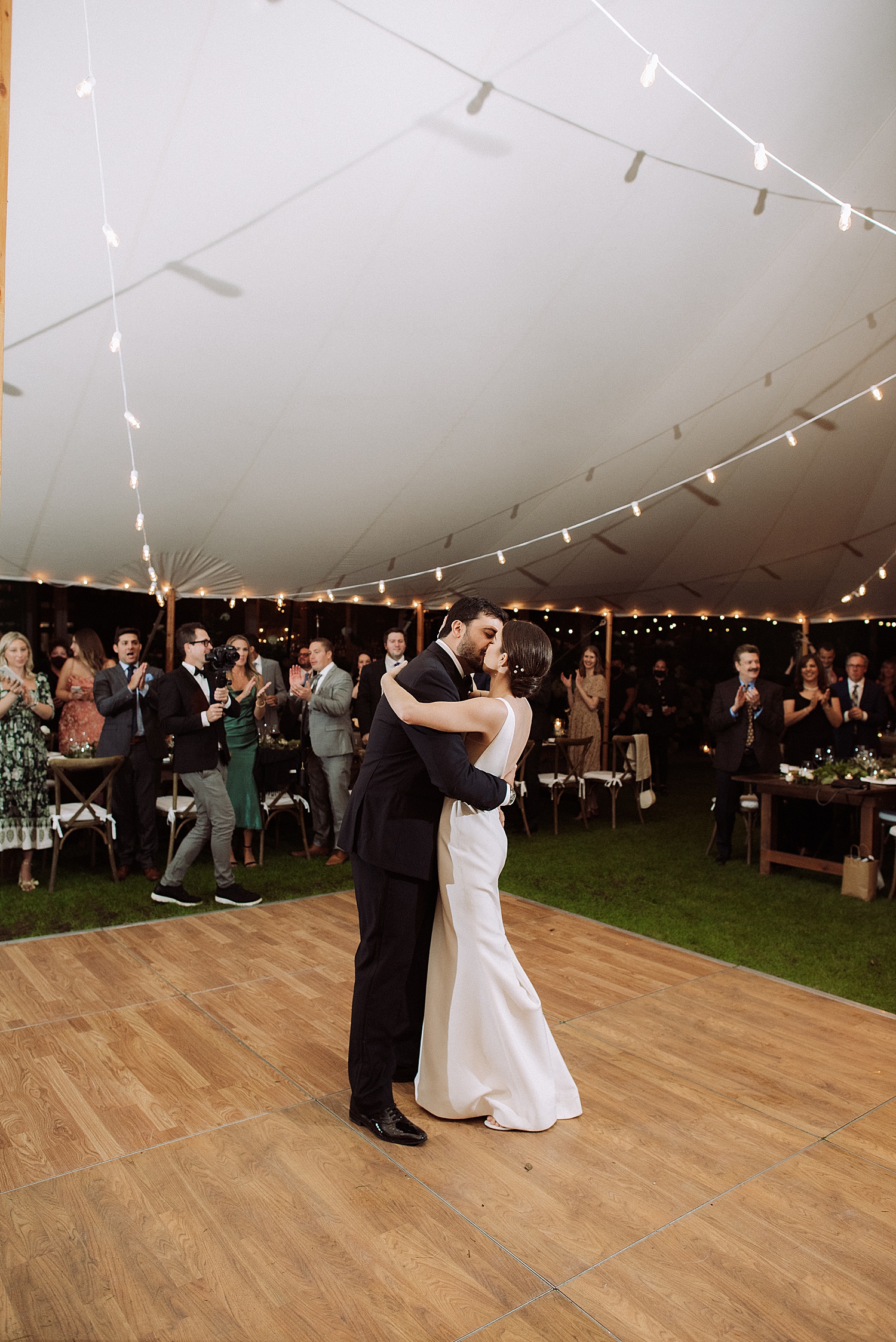
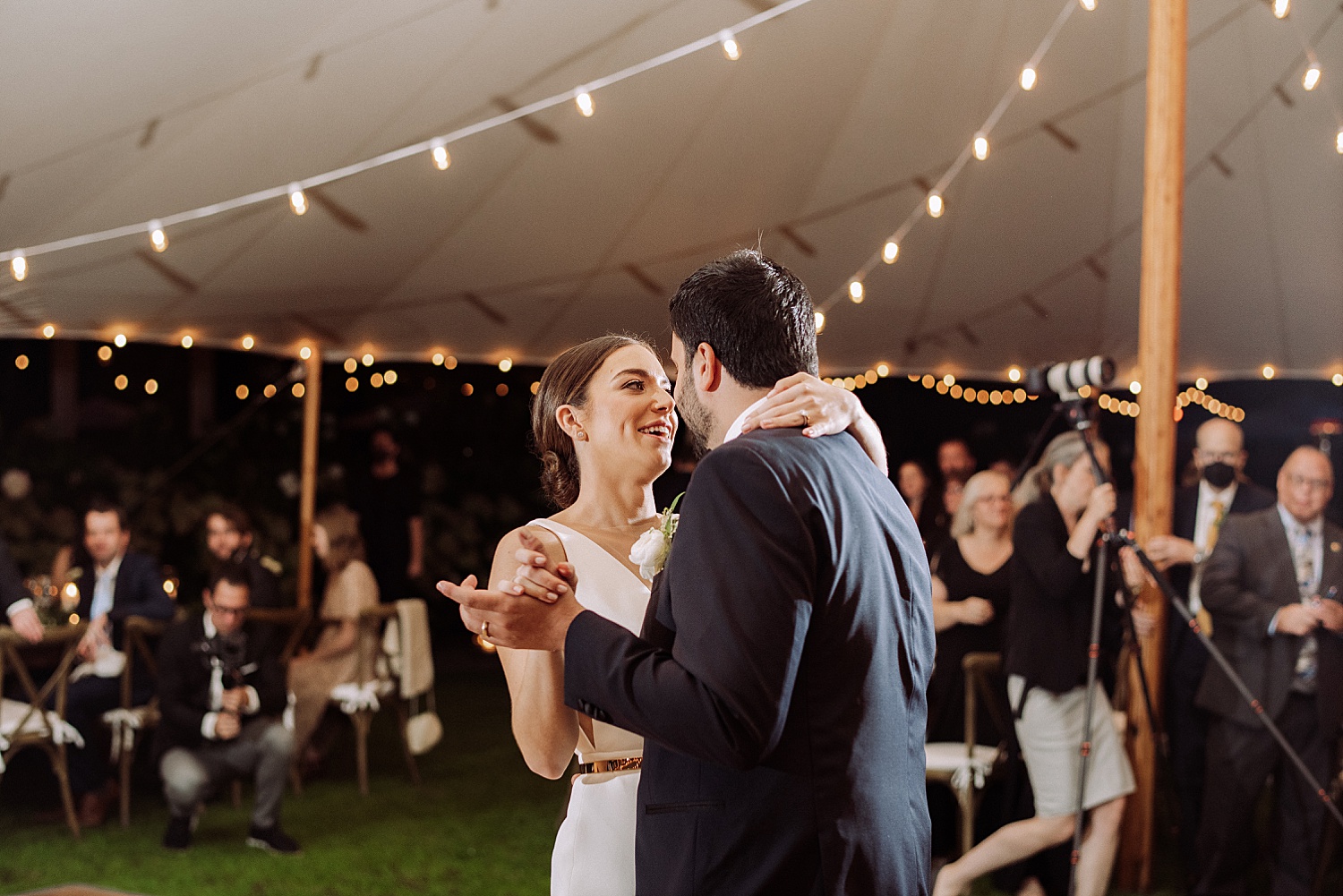
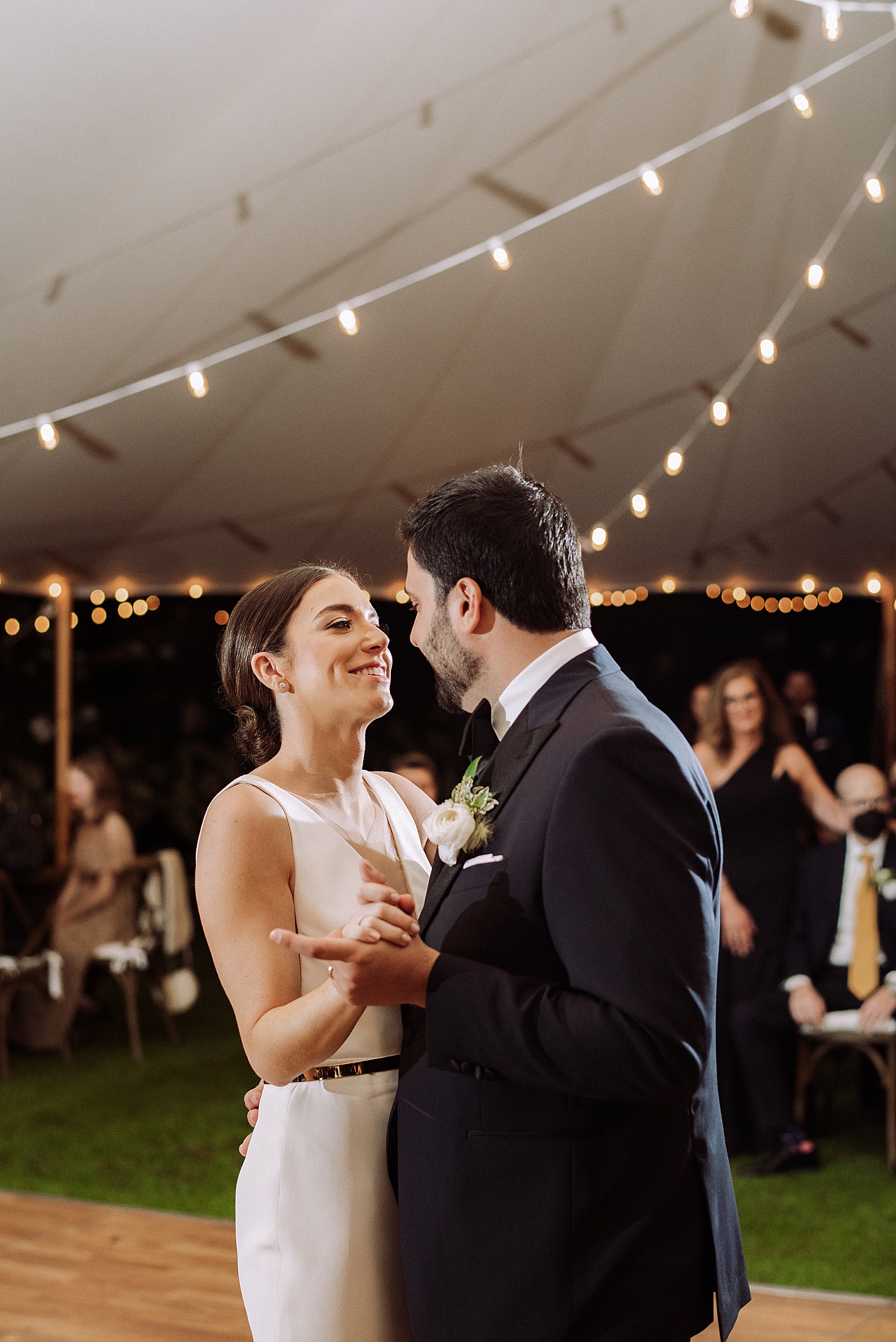
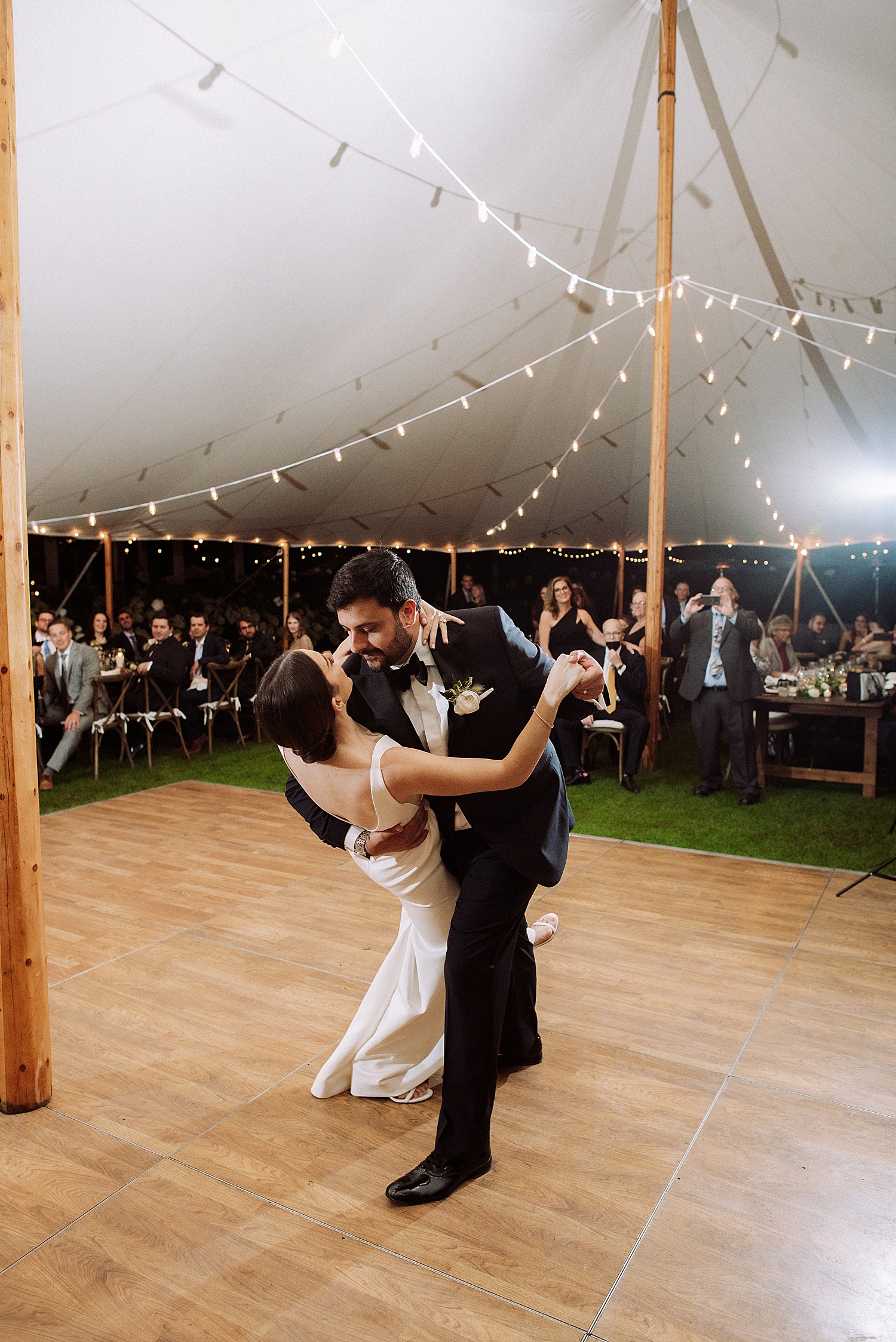
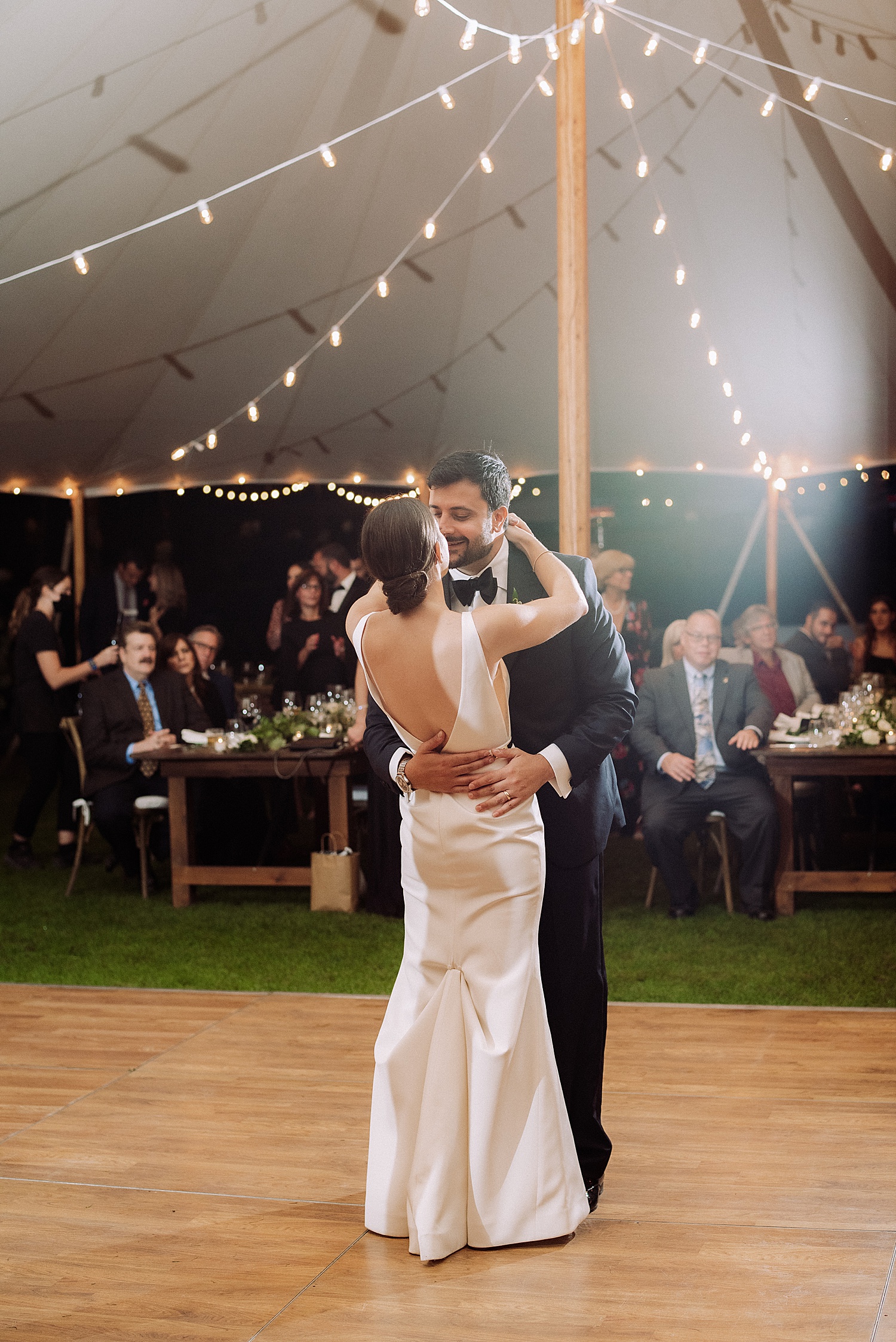
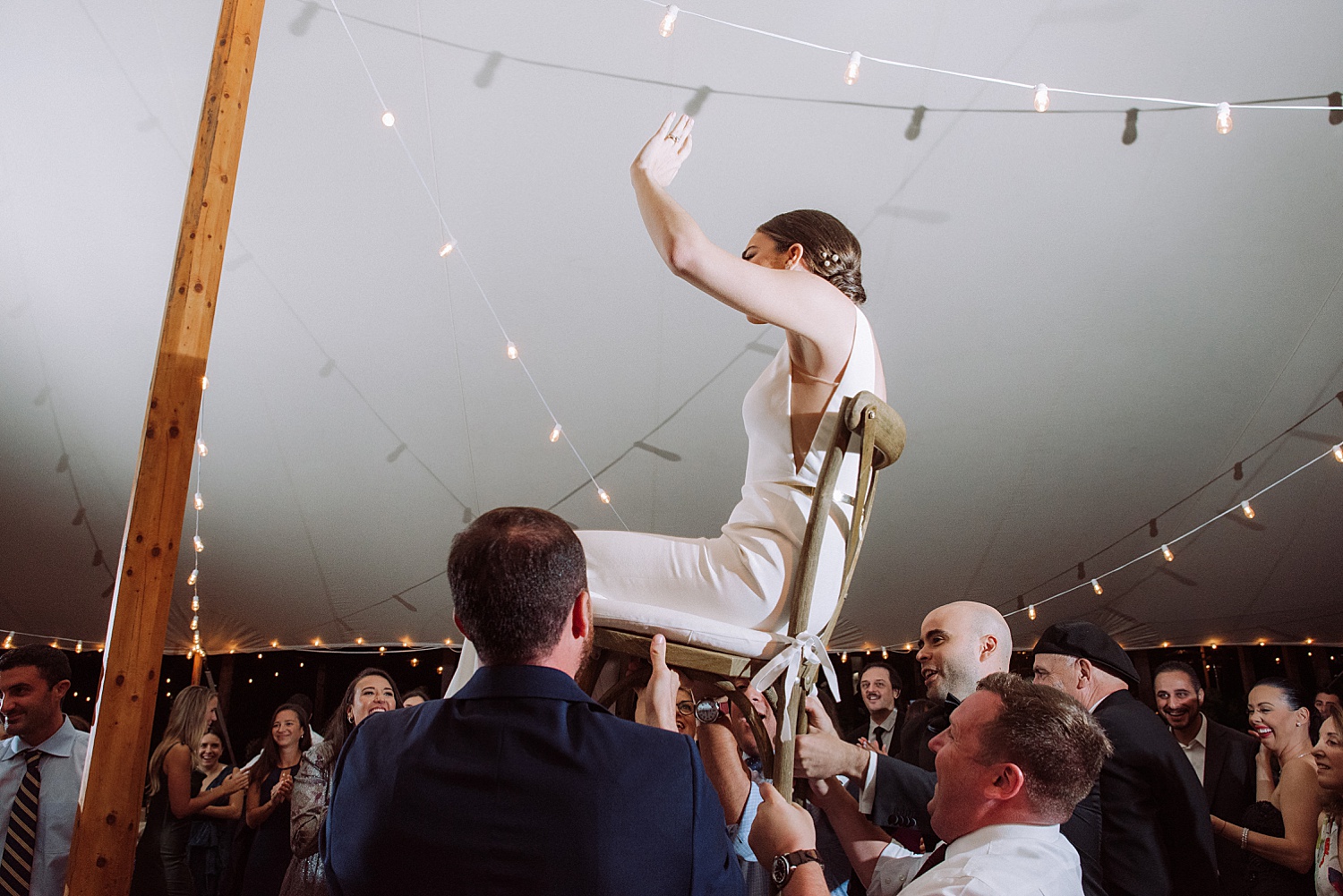
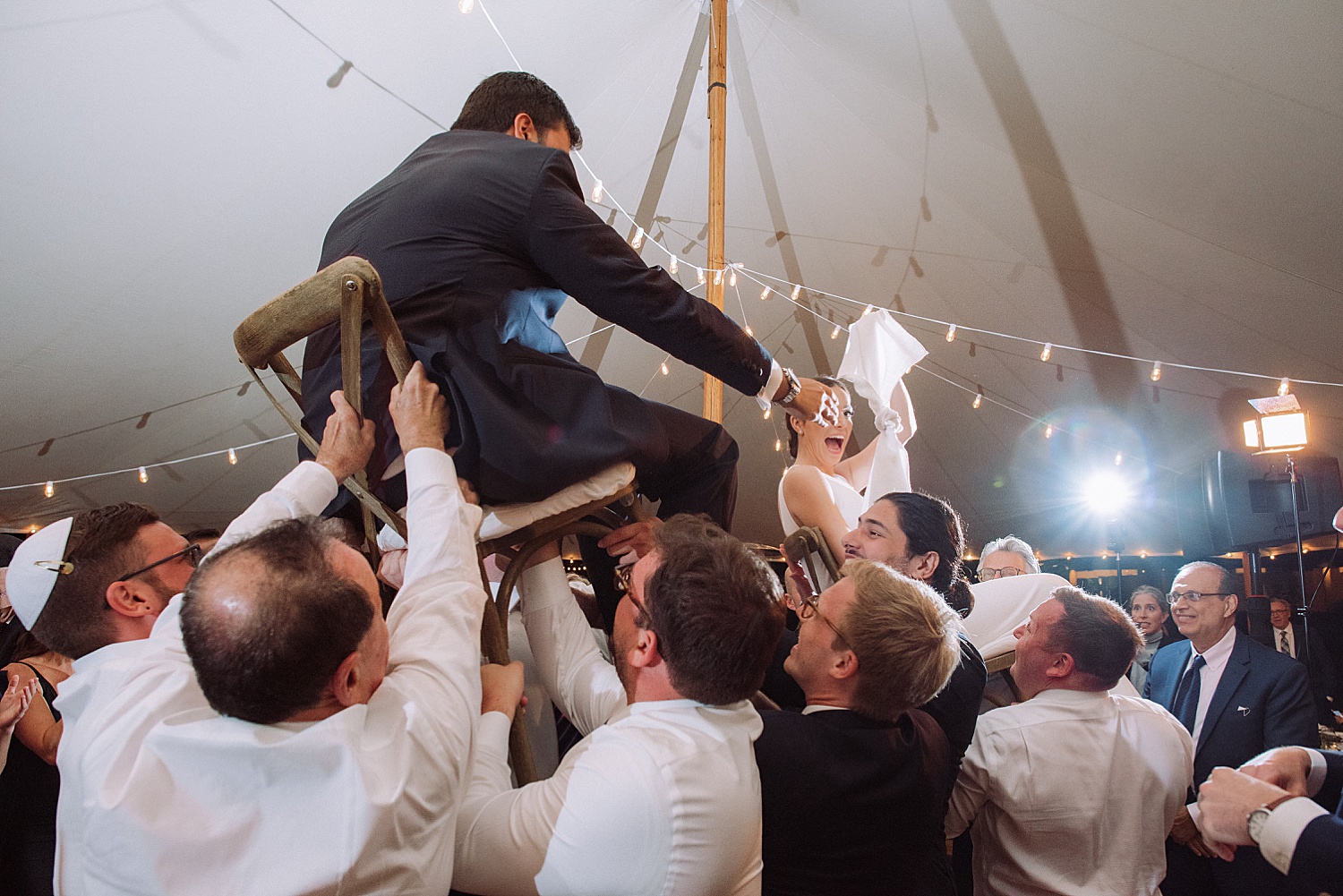
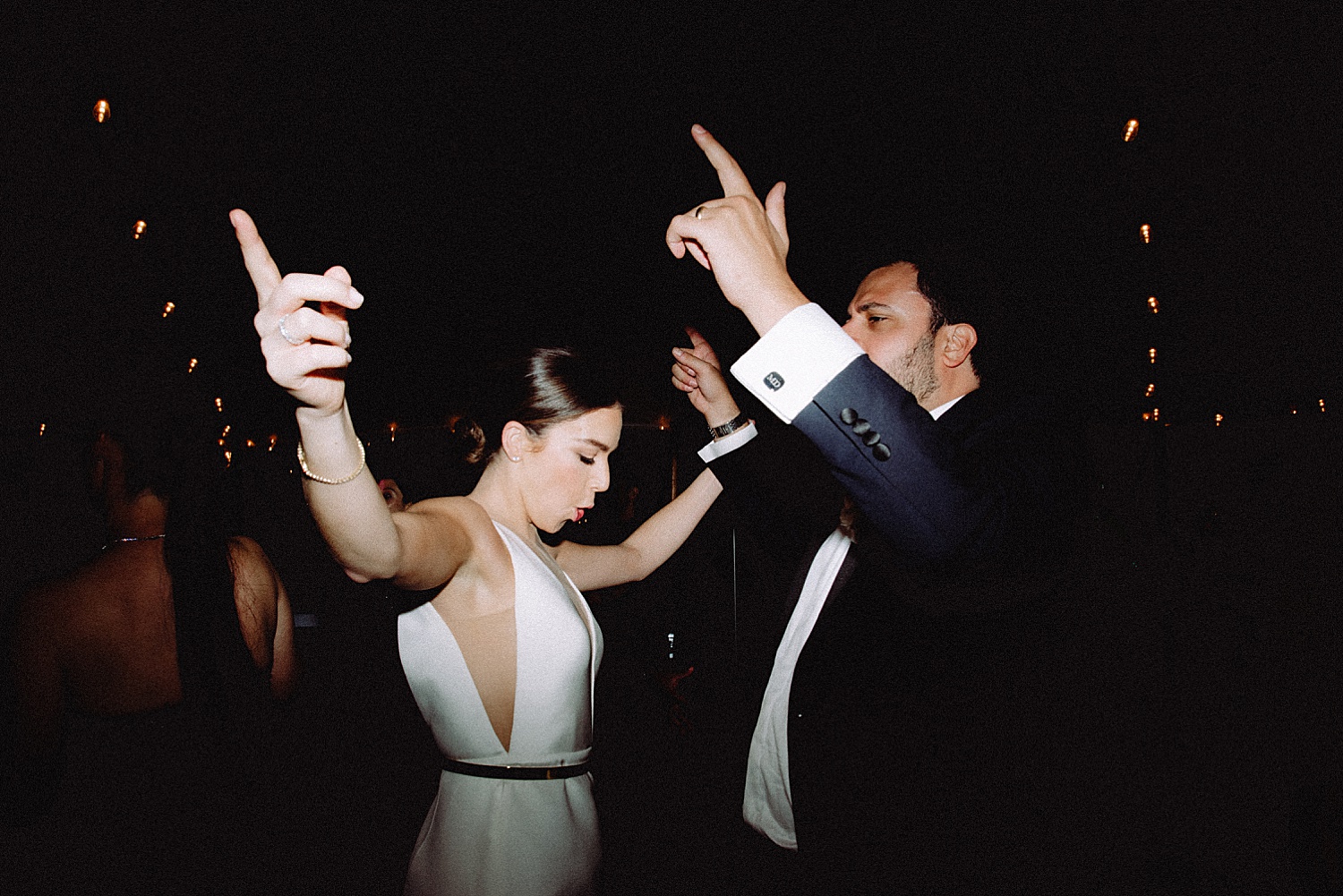
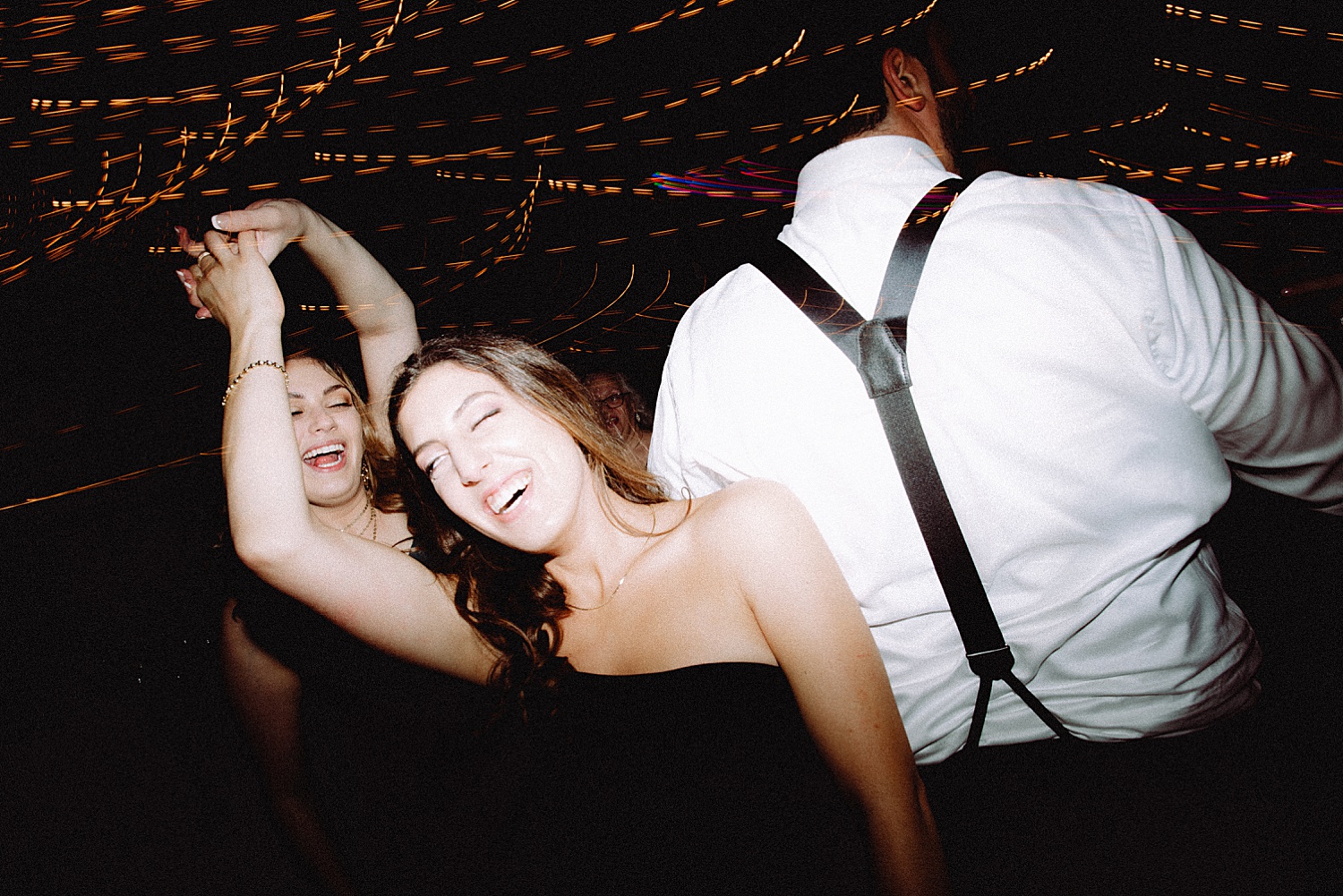
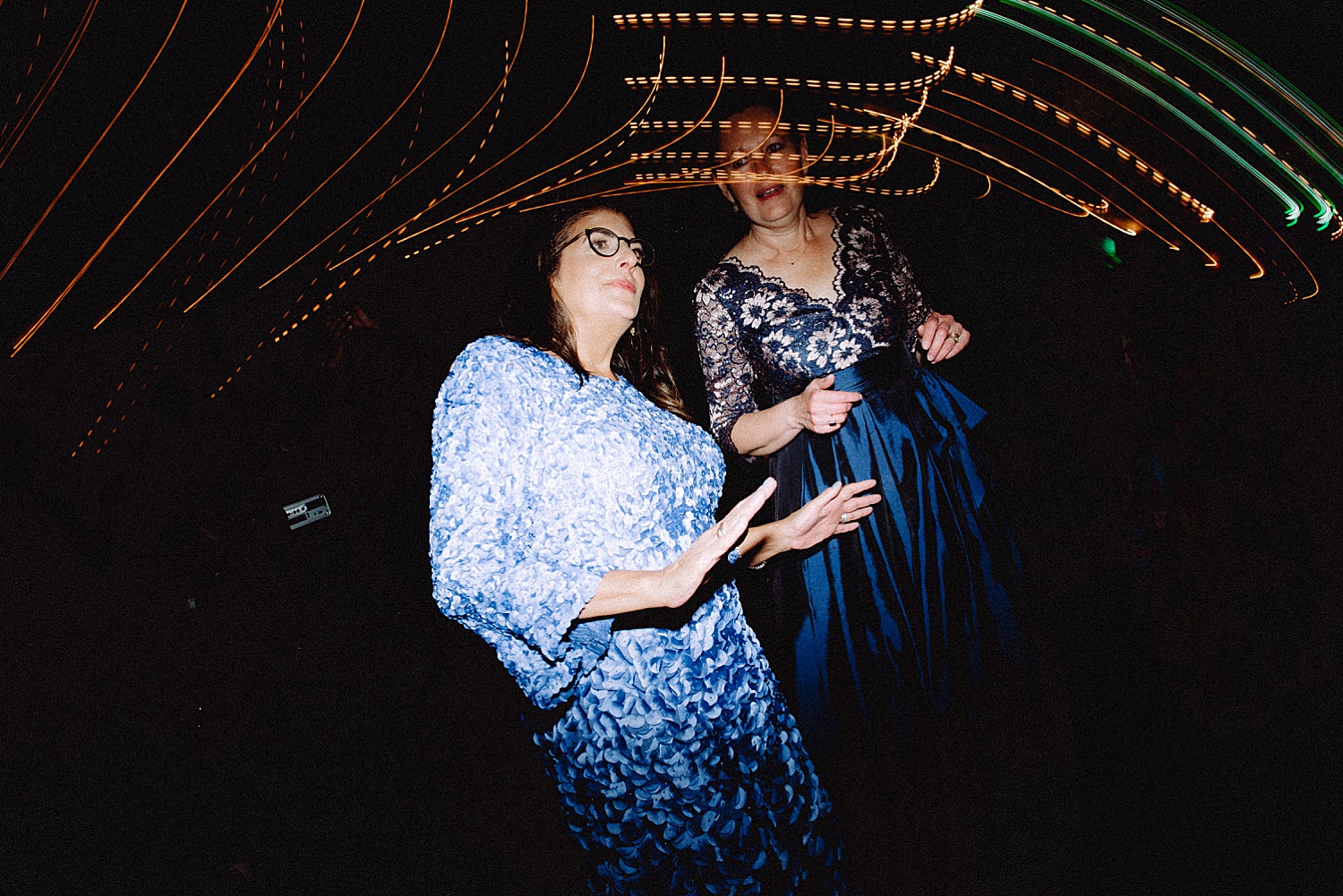
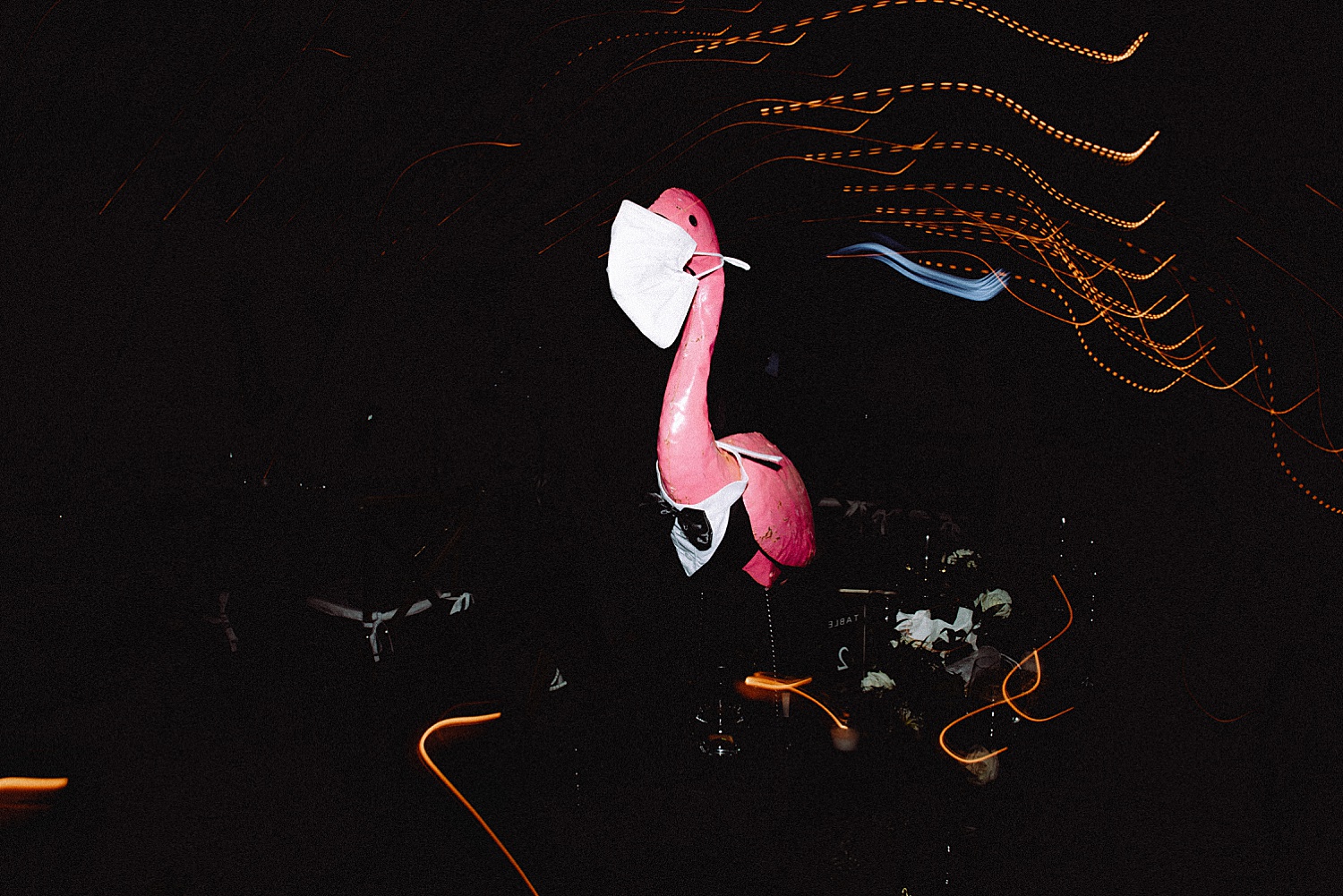
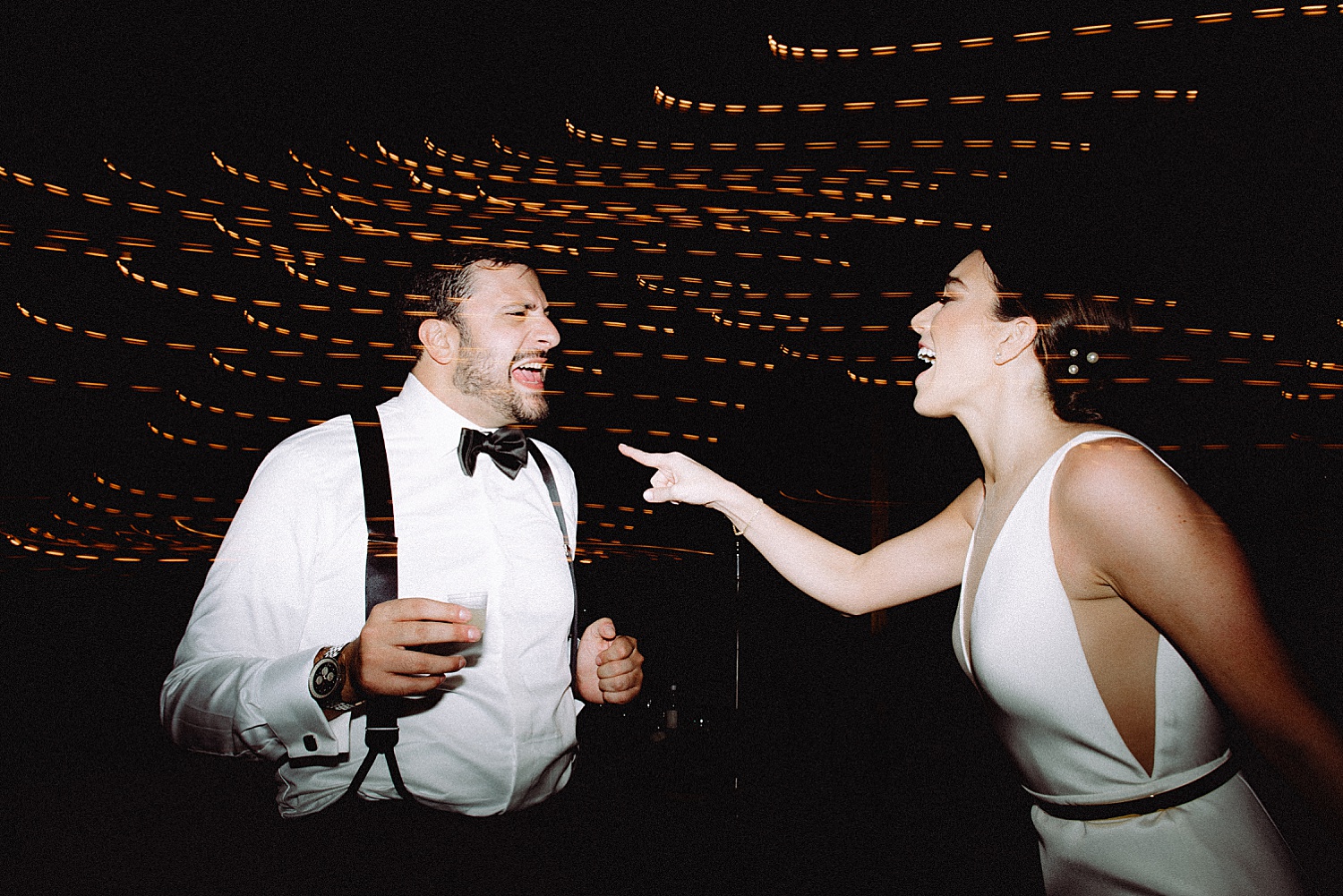
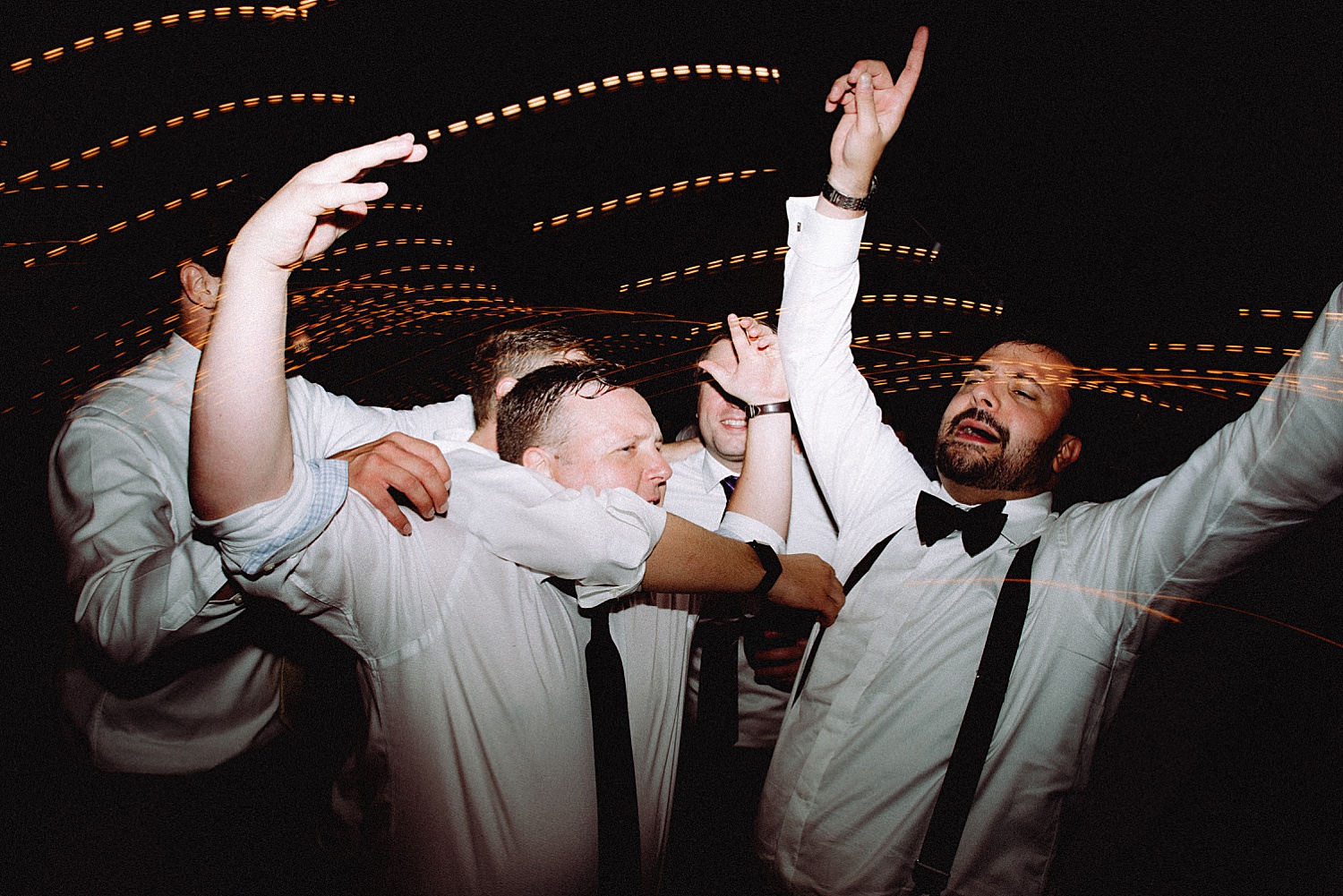
business coach for photographers
I’M EDEN - A DESTINATION WEDDING PHOTOGRAPHER TURNED BUSINESS COACH, NOW LEADING CREATIVE ENTREPRENEURS IN BUILDING A LIFE OF ARTISTIC GROWTH, WEALTH, AND FREEDOM.
WE ARE A QUEER AFFIRMING, BIPOC INCLUSIVE, SAFE AND LOVING SPACE. NOTHING LESS THAN CELEBRATION FOR EVERYONE WILL BE TOLERATED IN OUR ONLINE SPHERE. HATRED AND BIGOTRY ARE NOT WELCOME HERE.